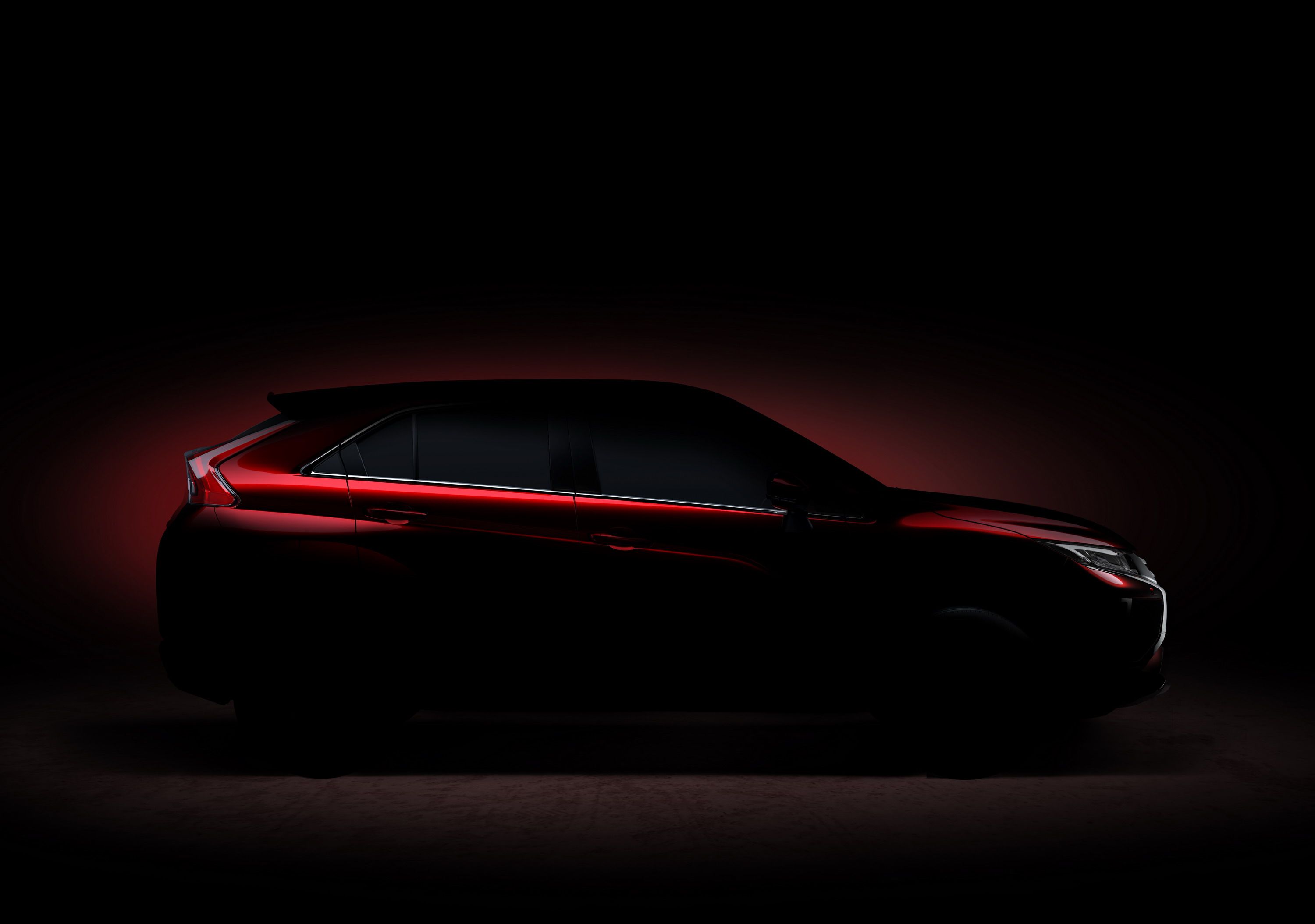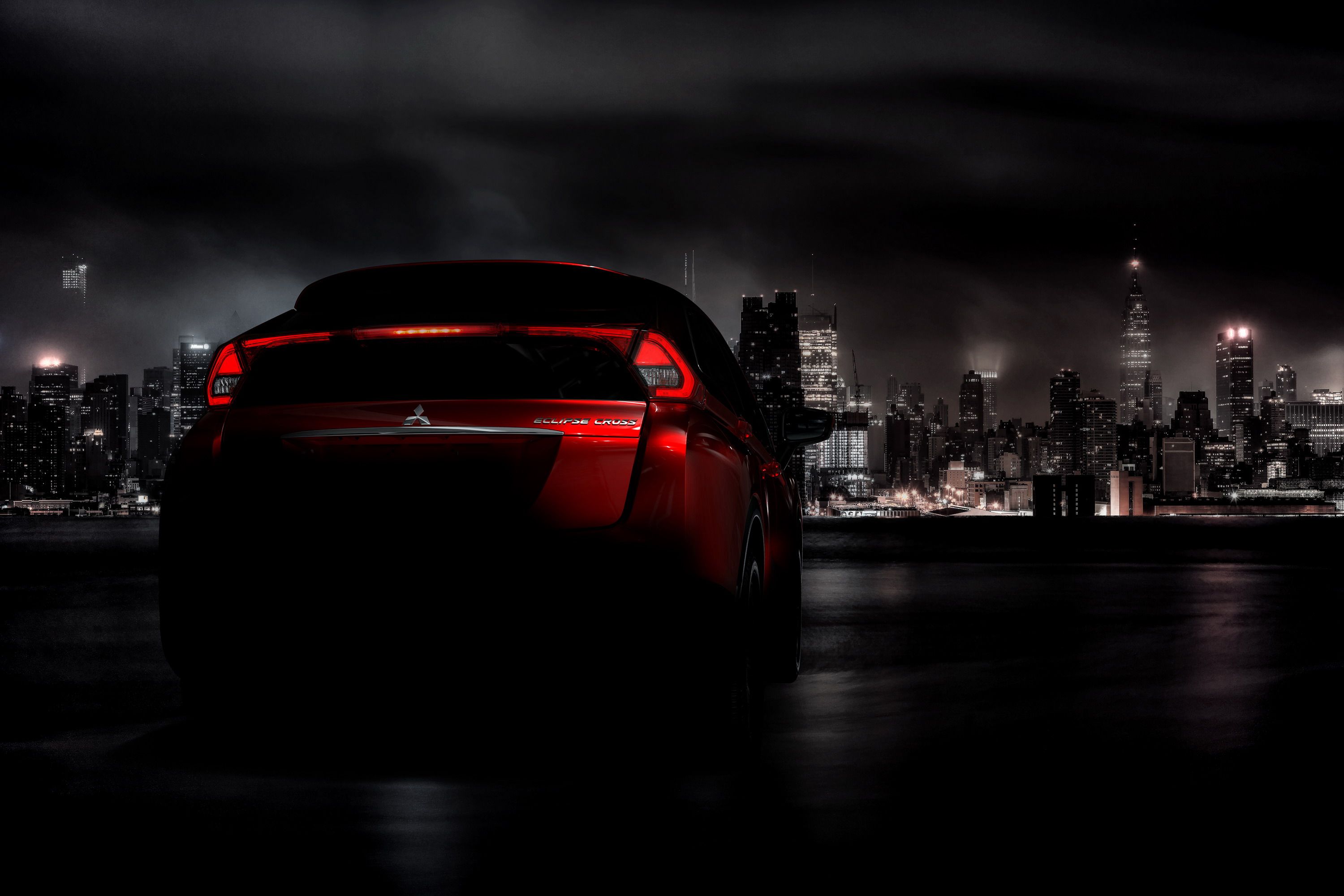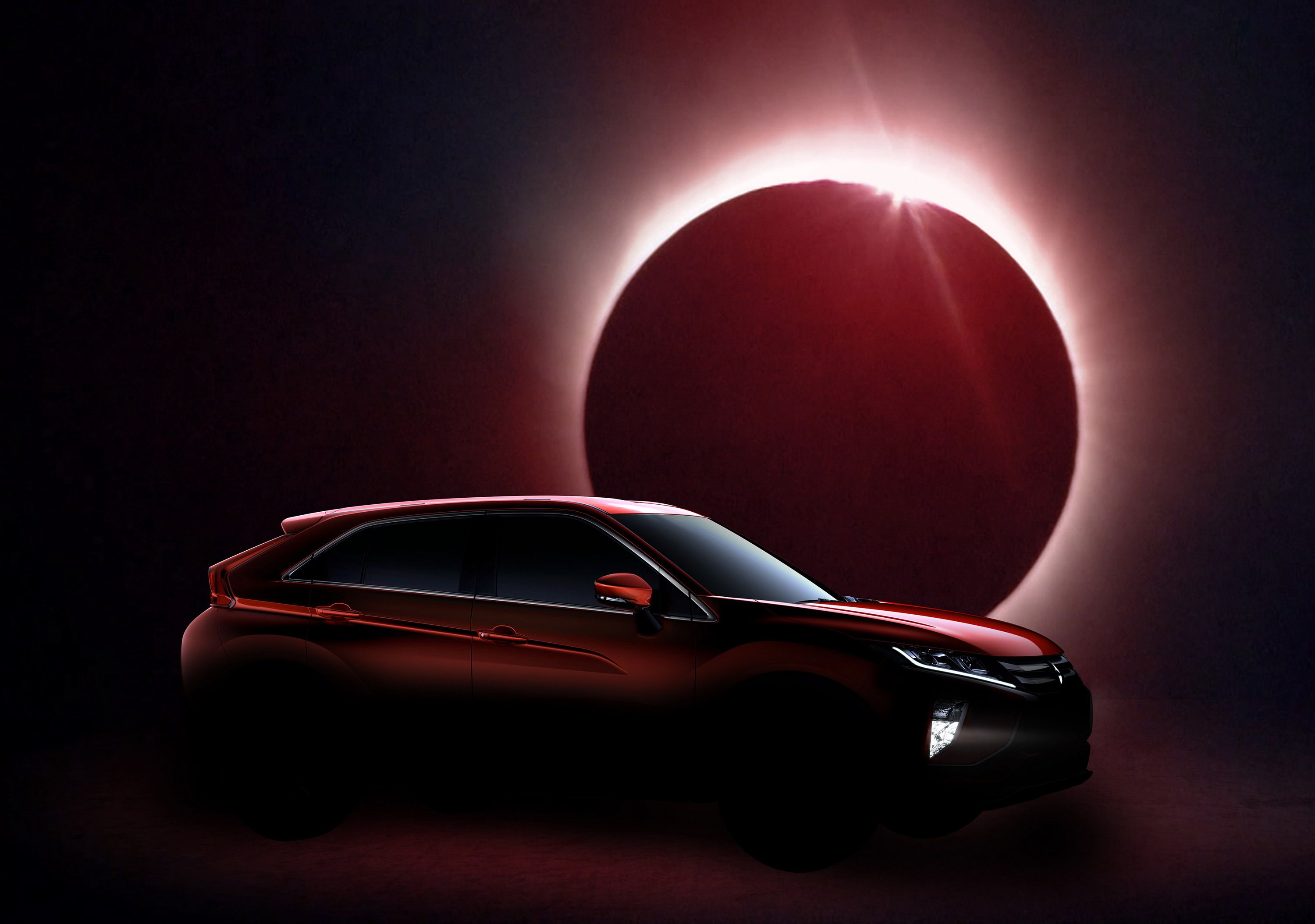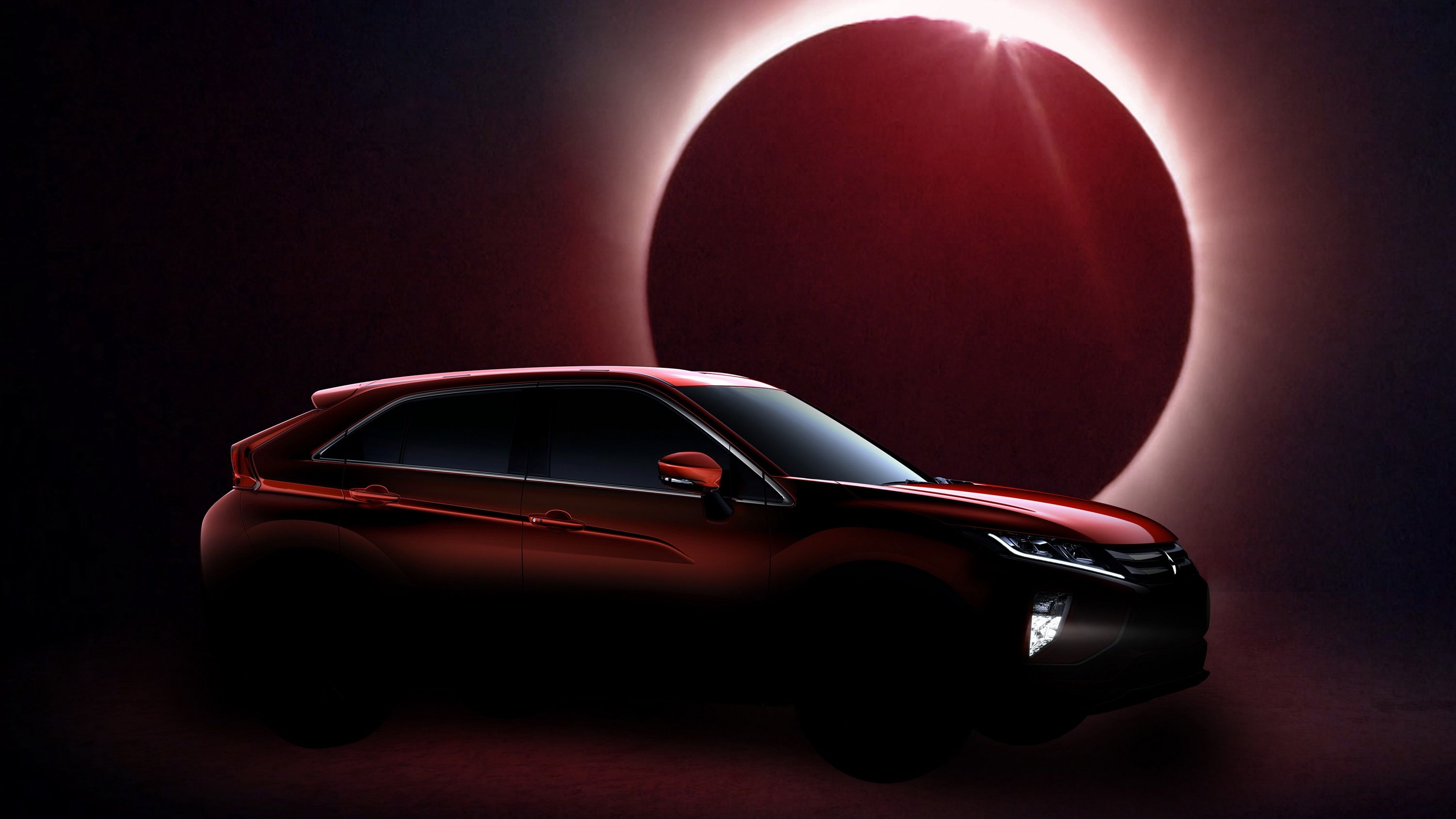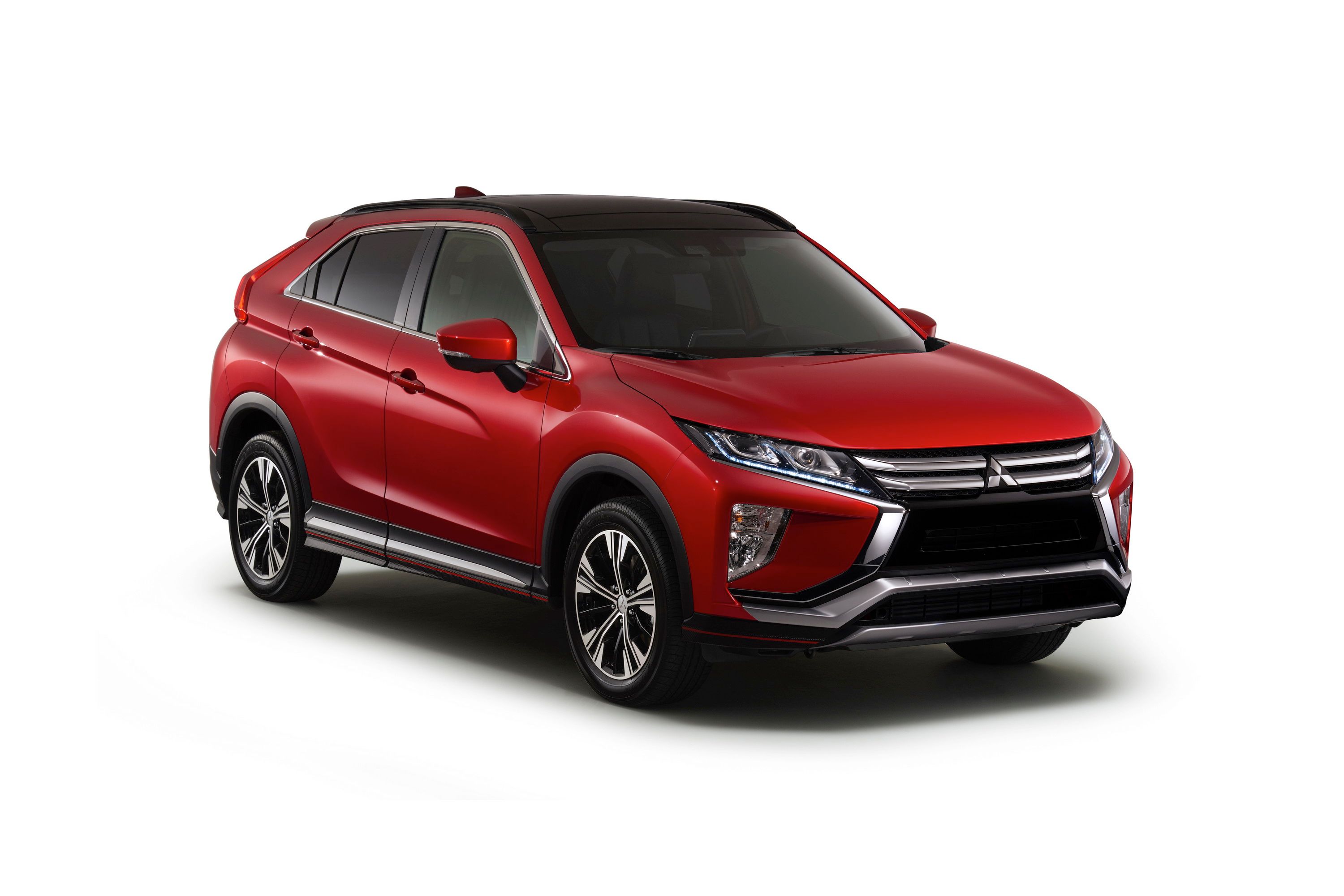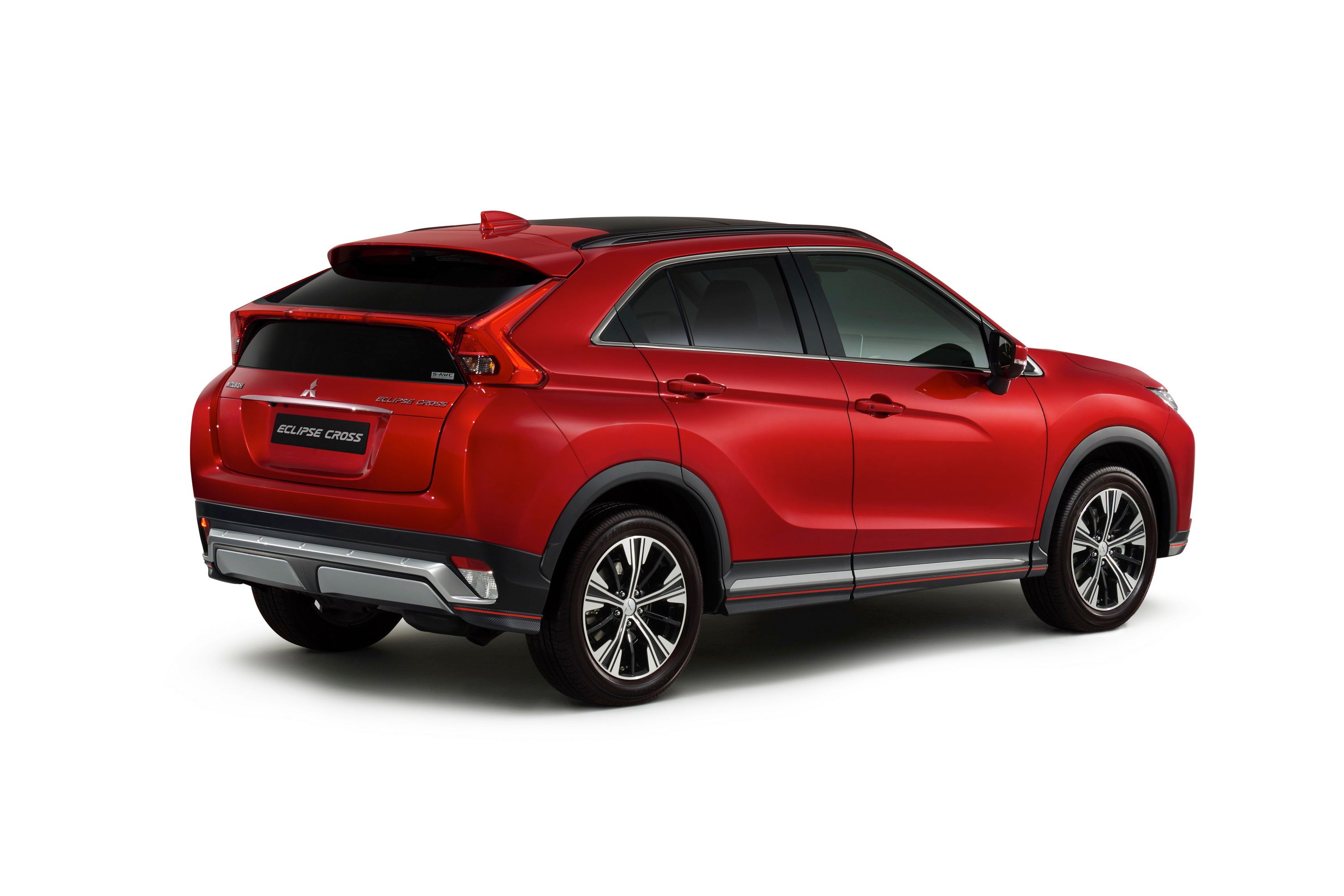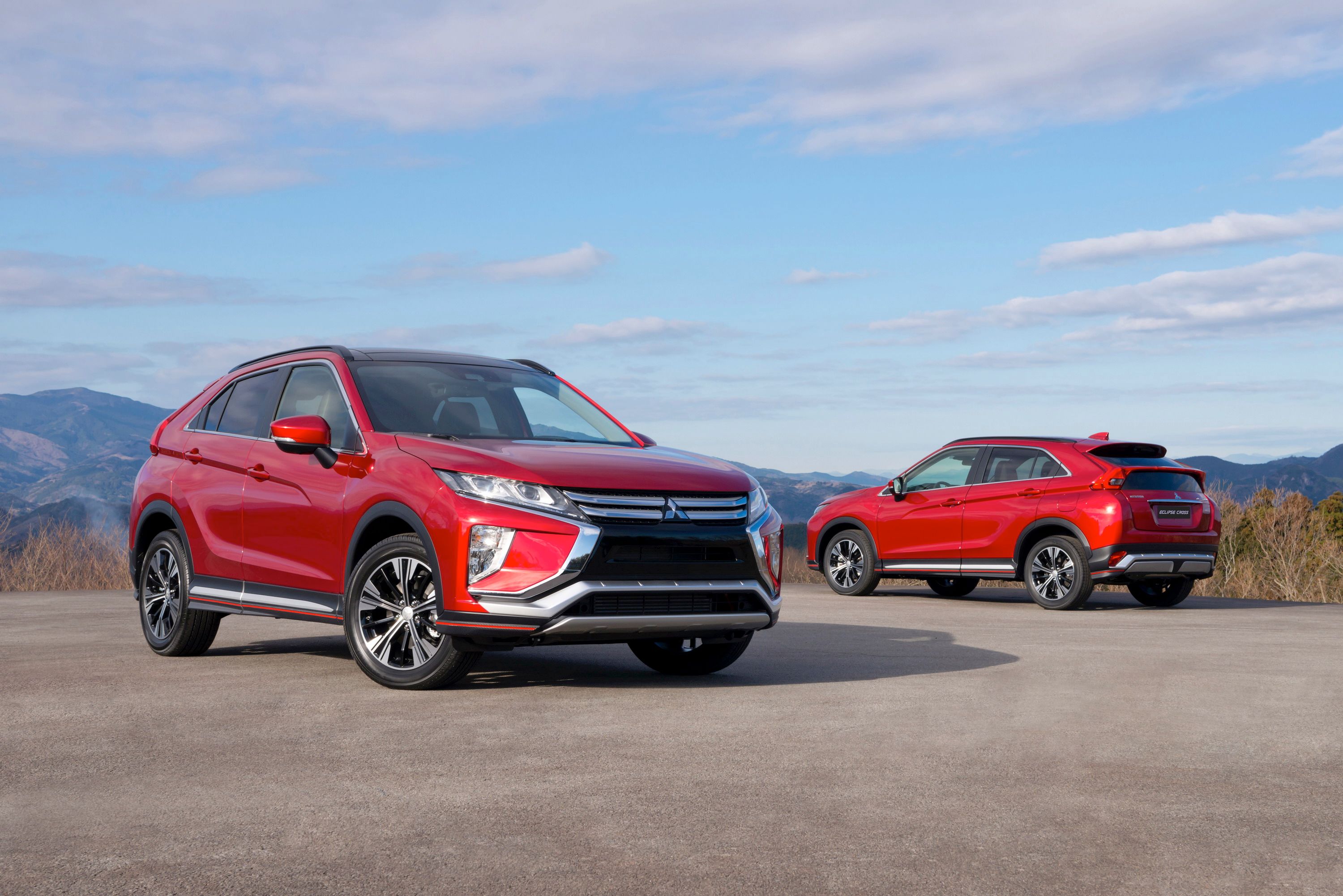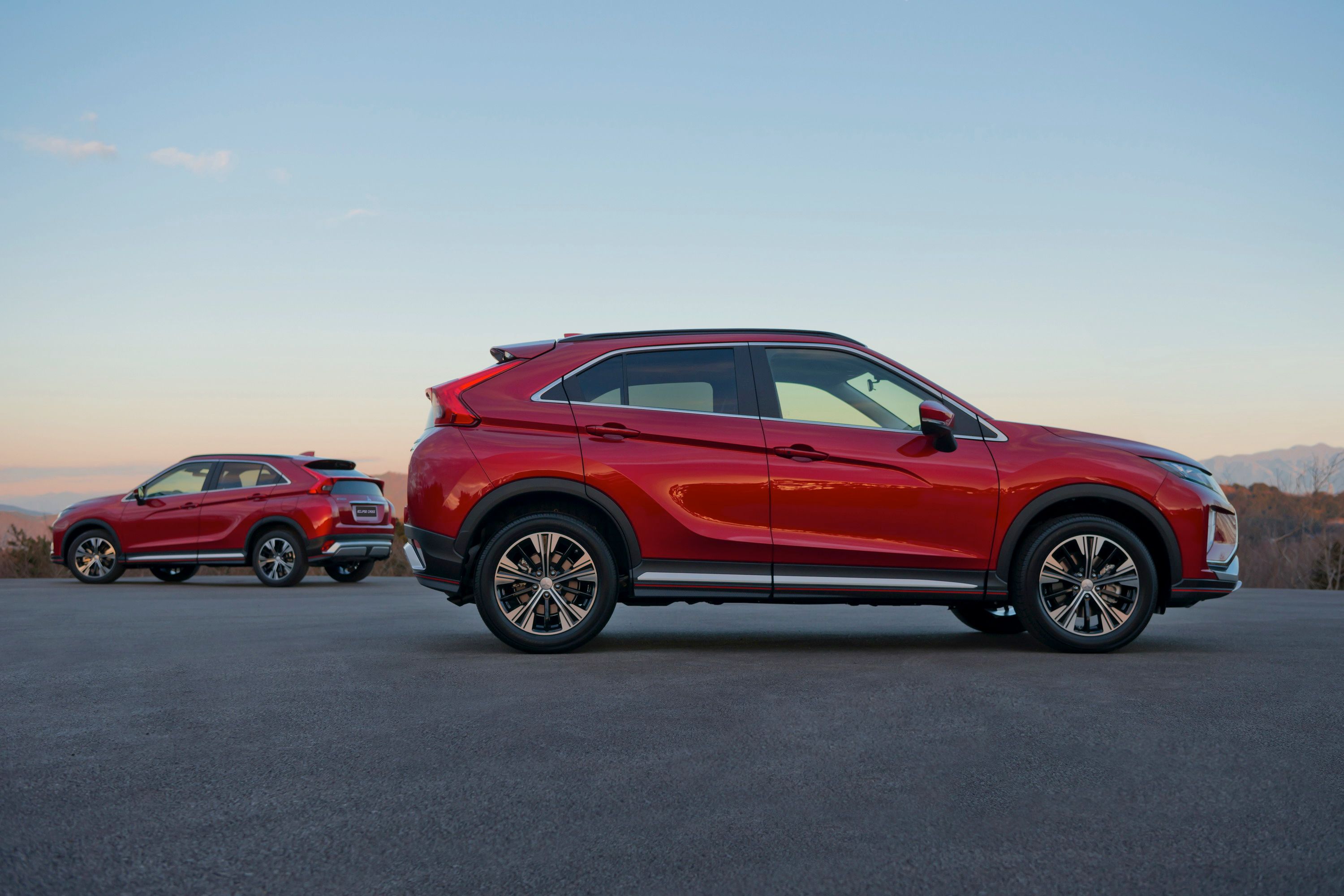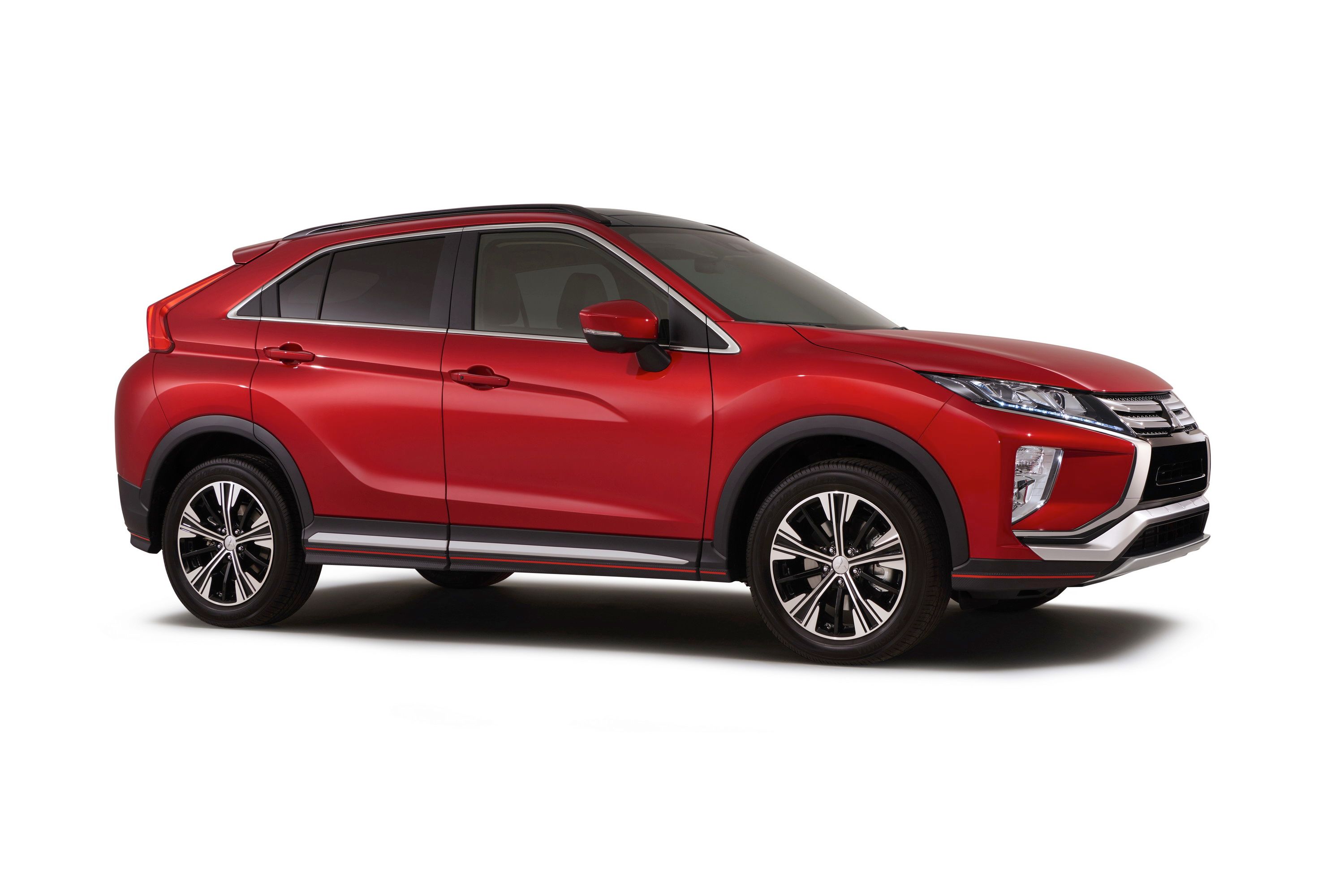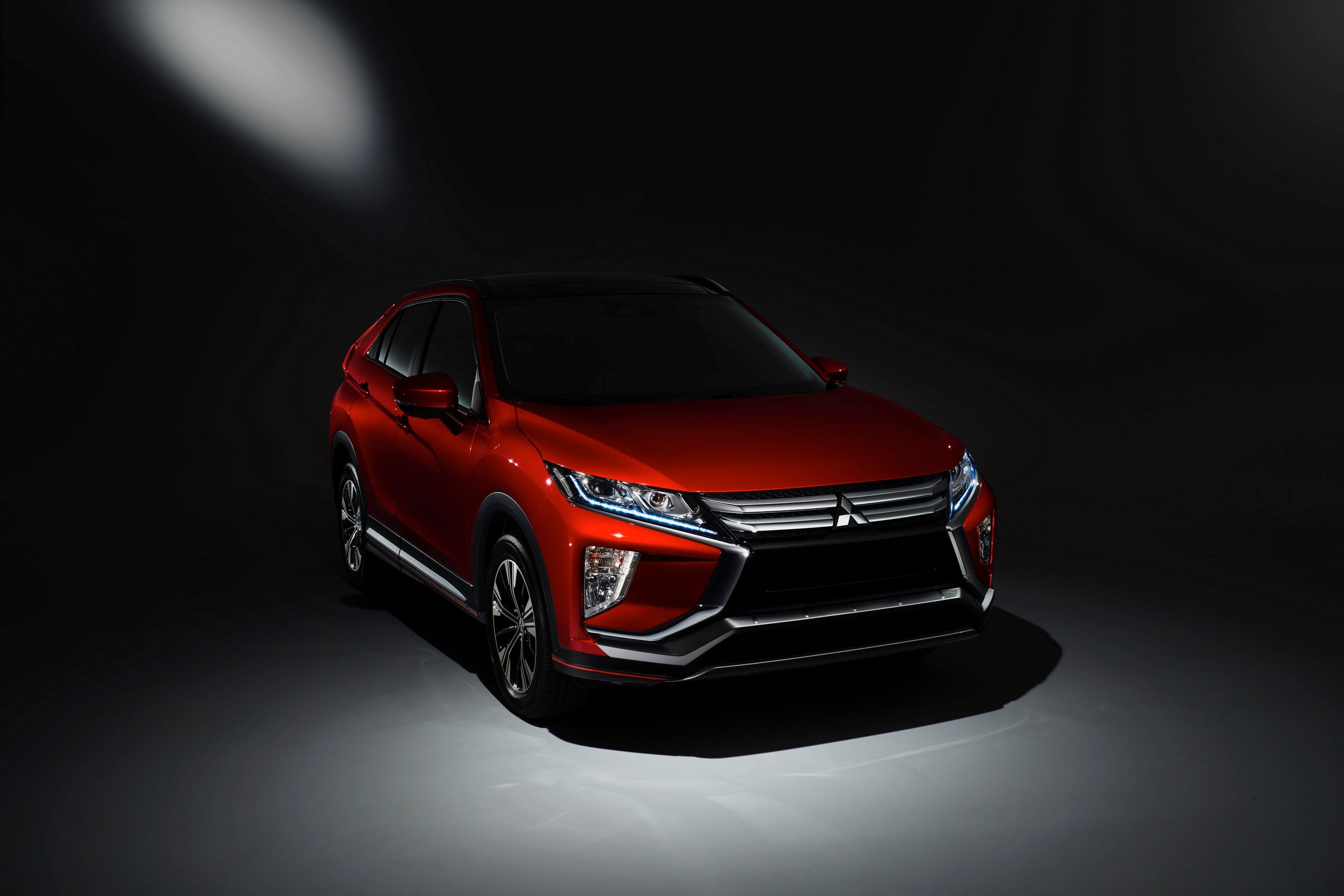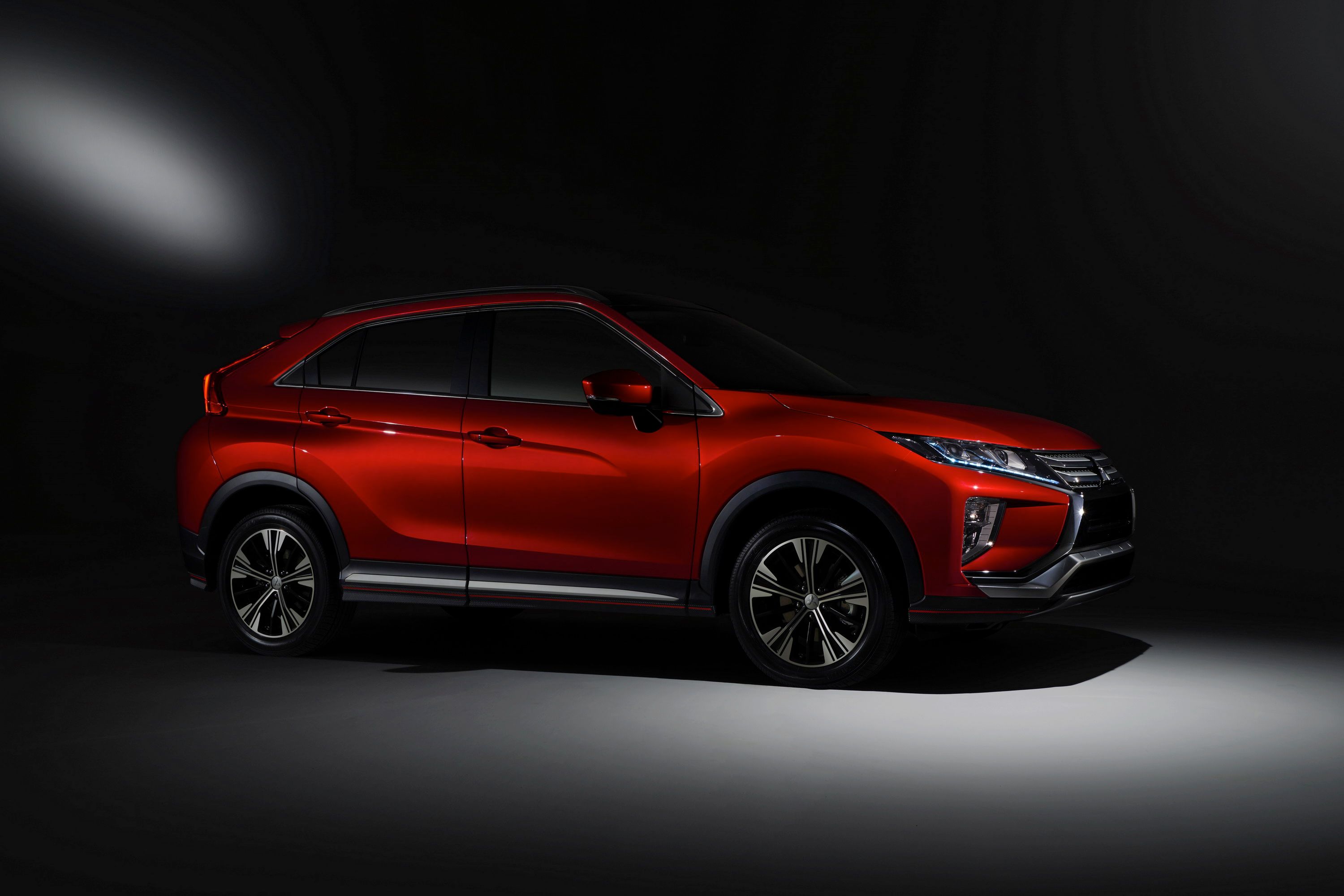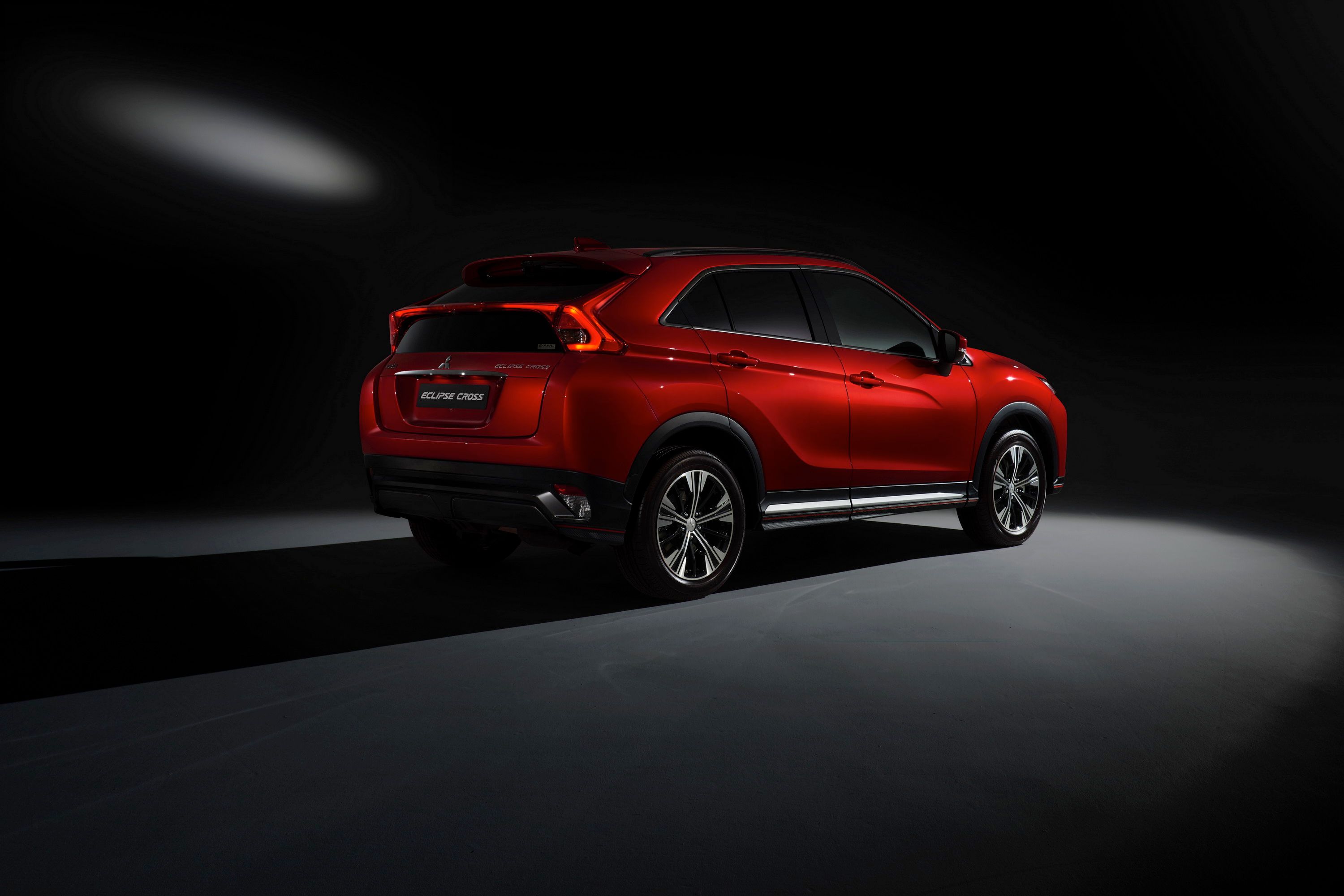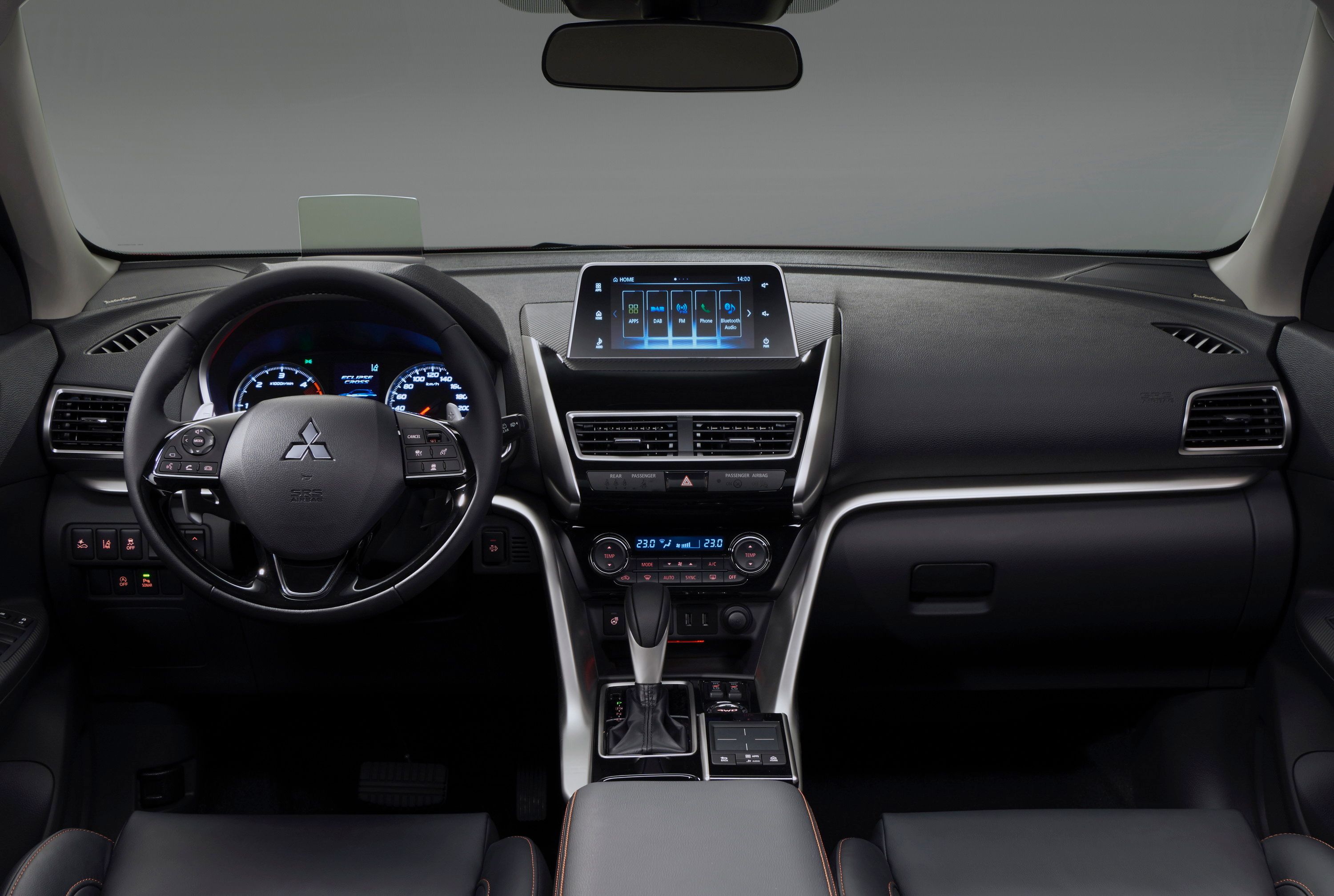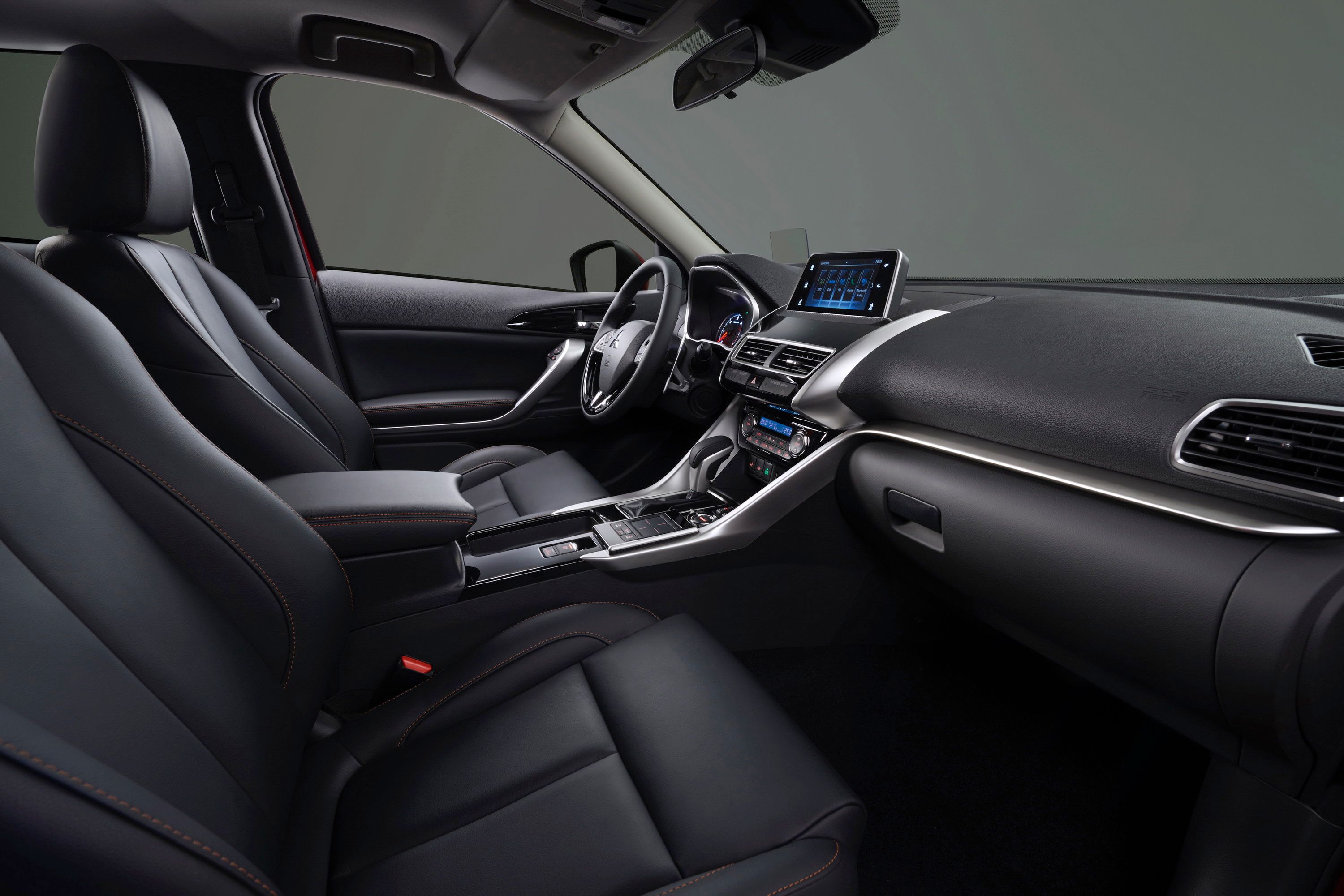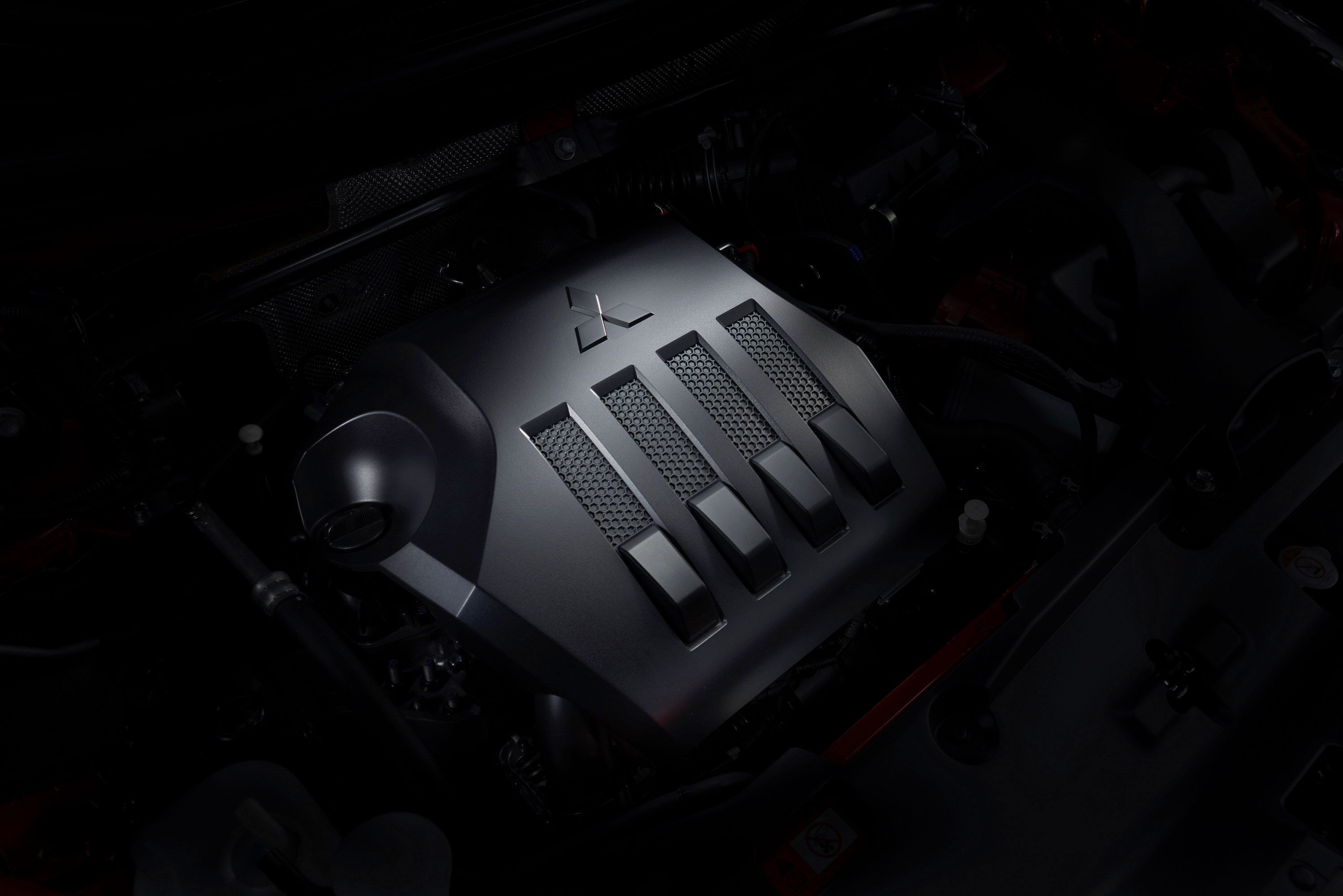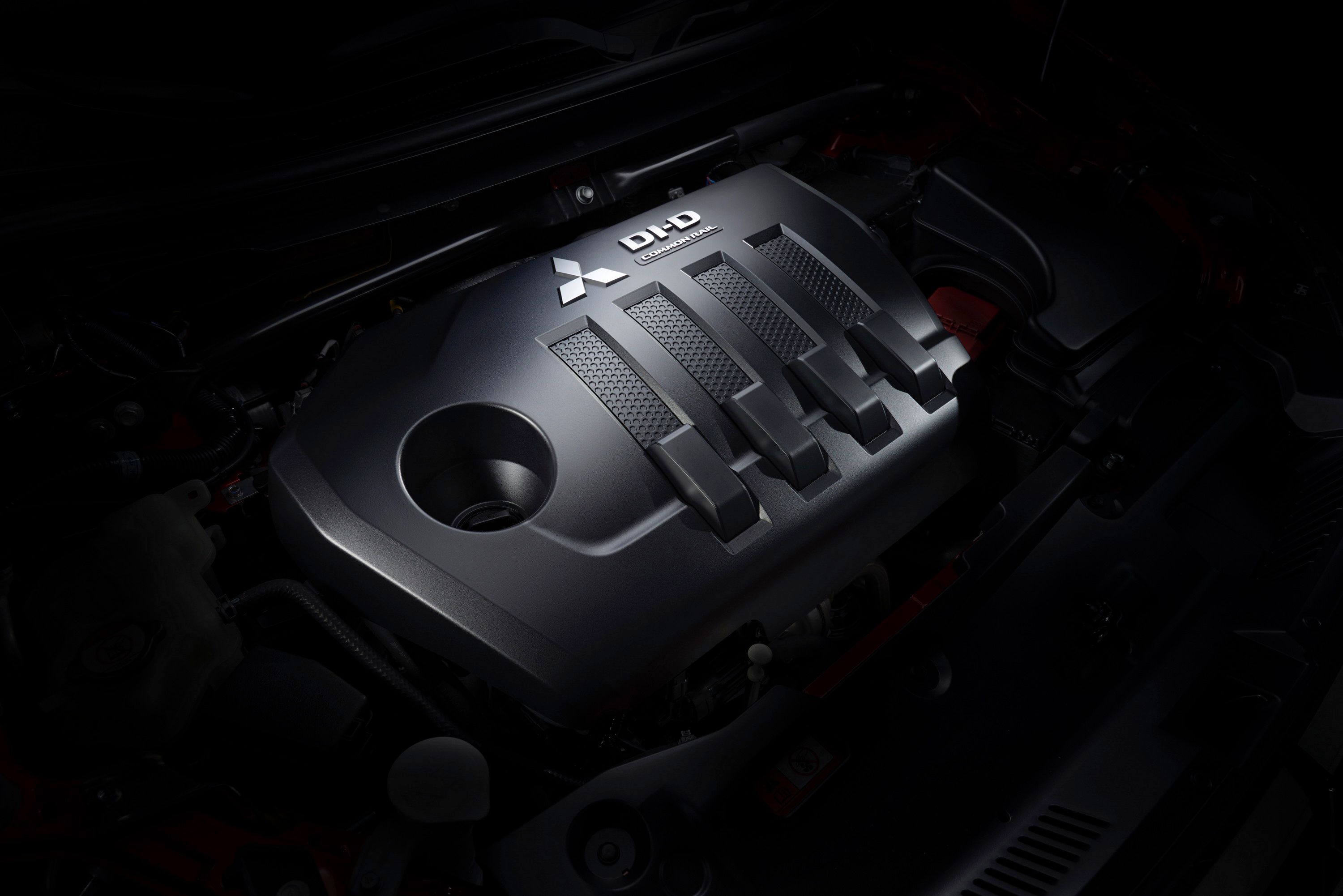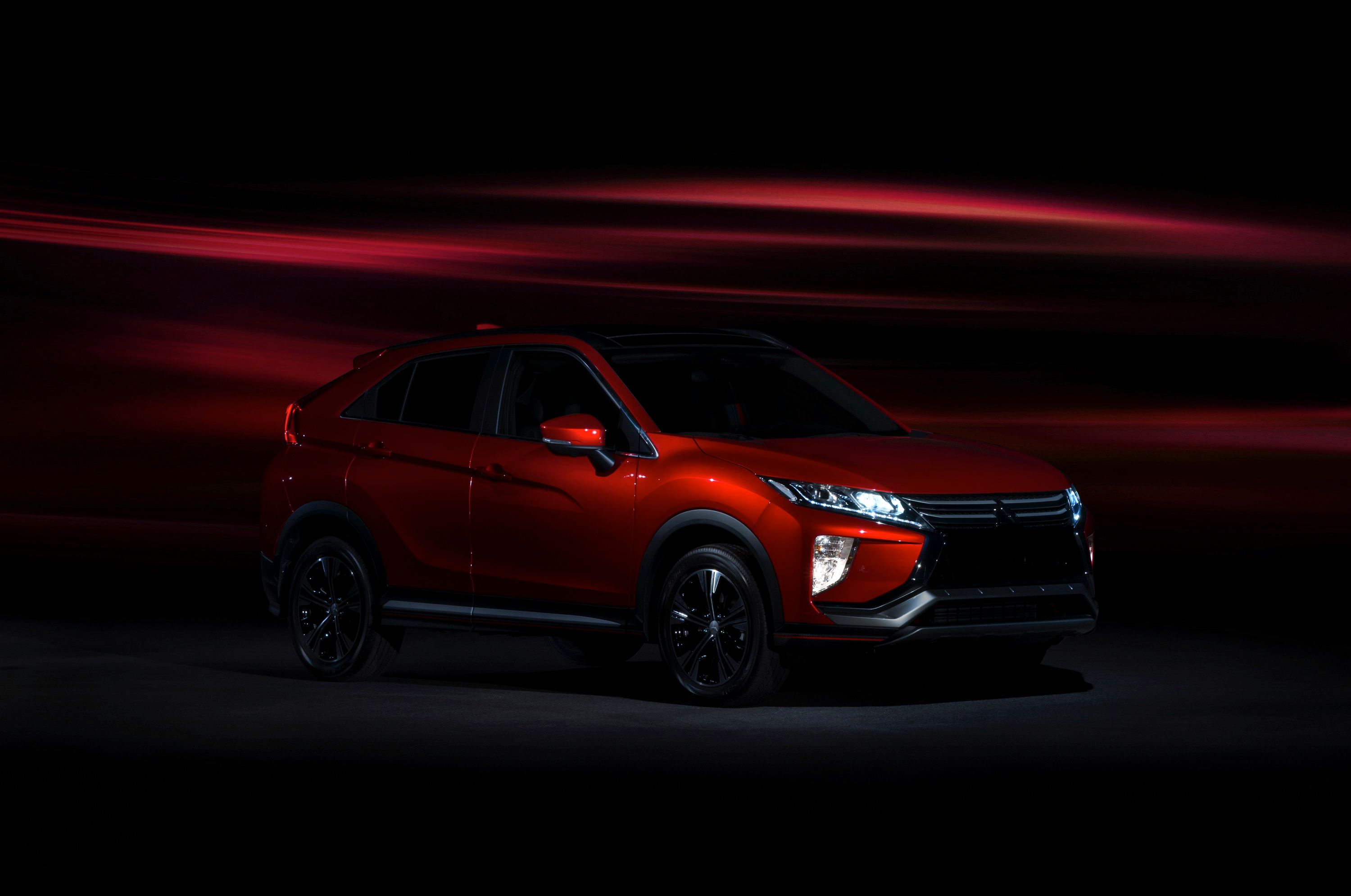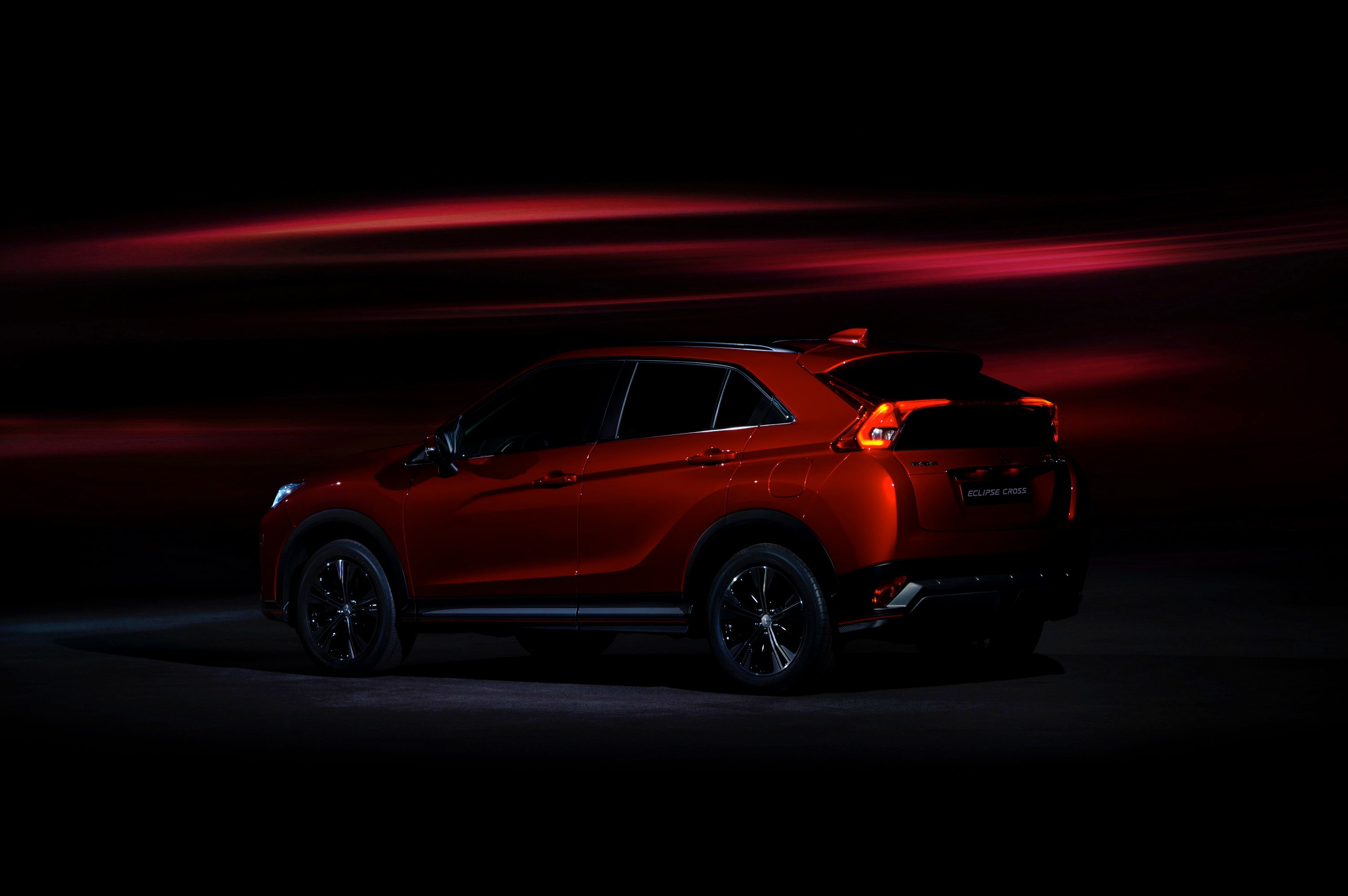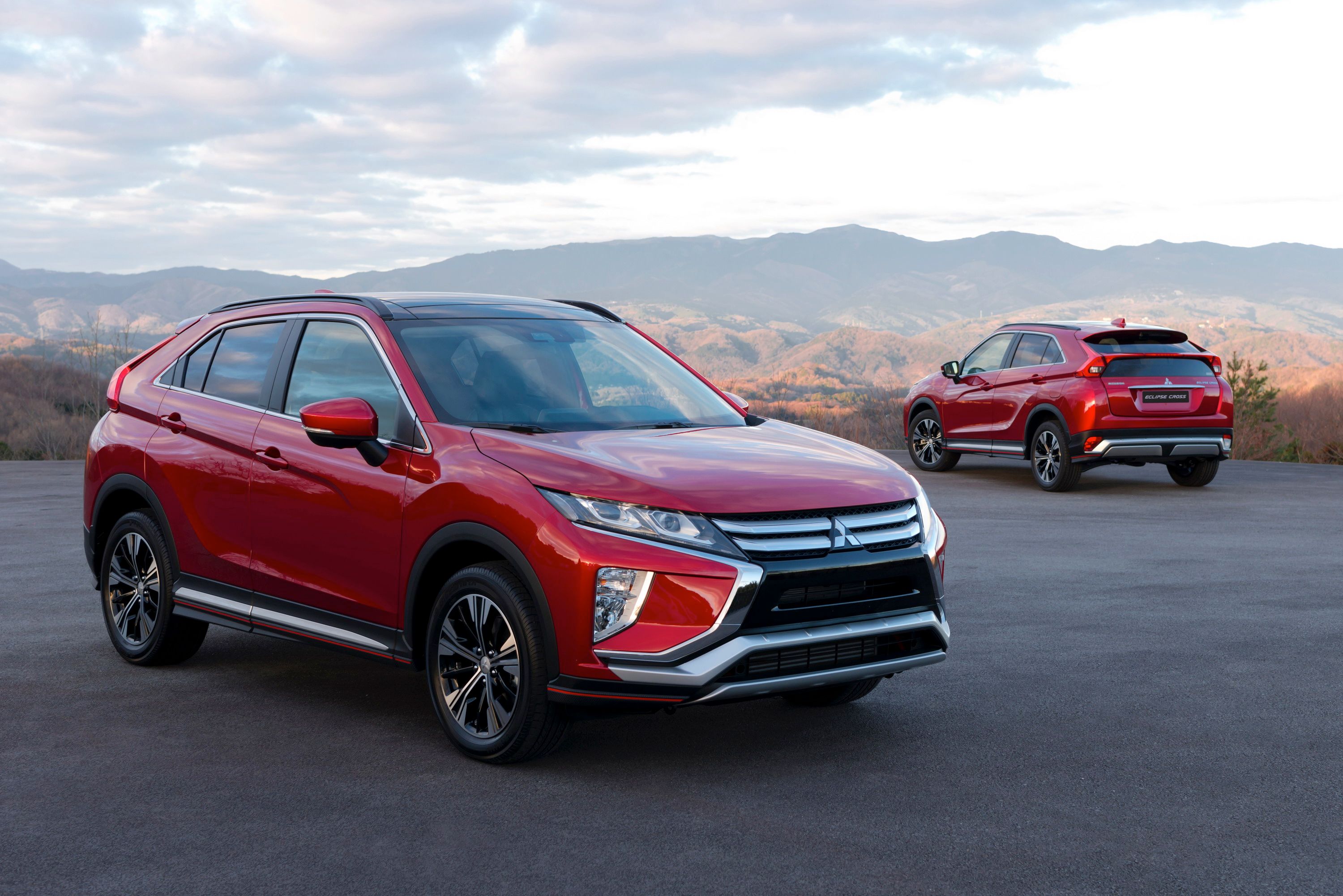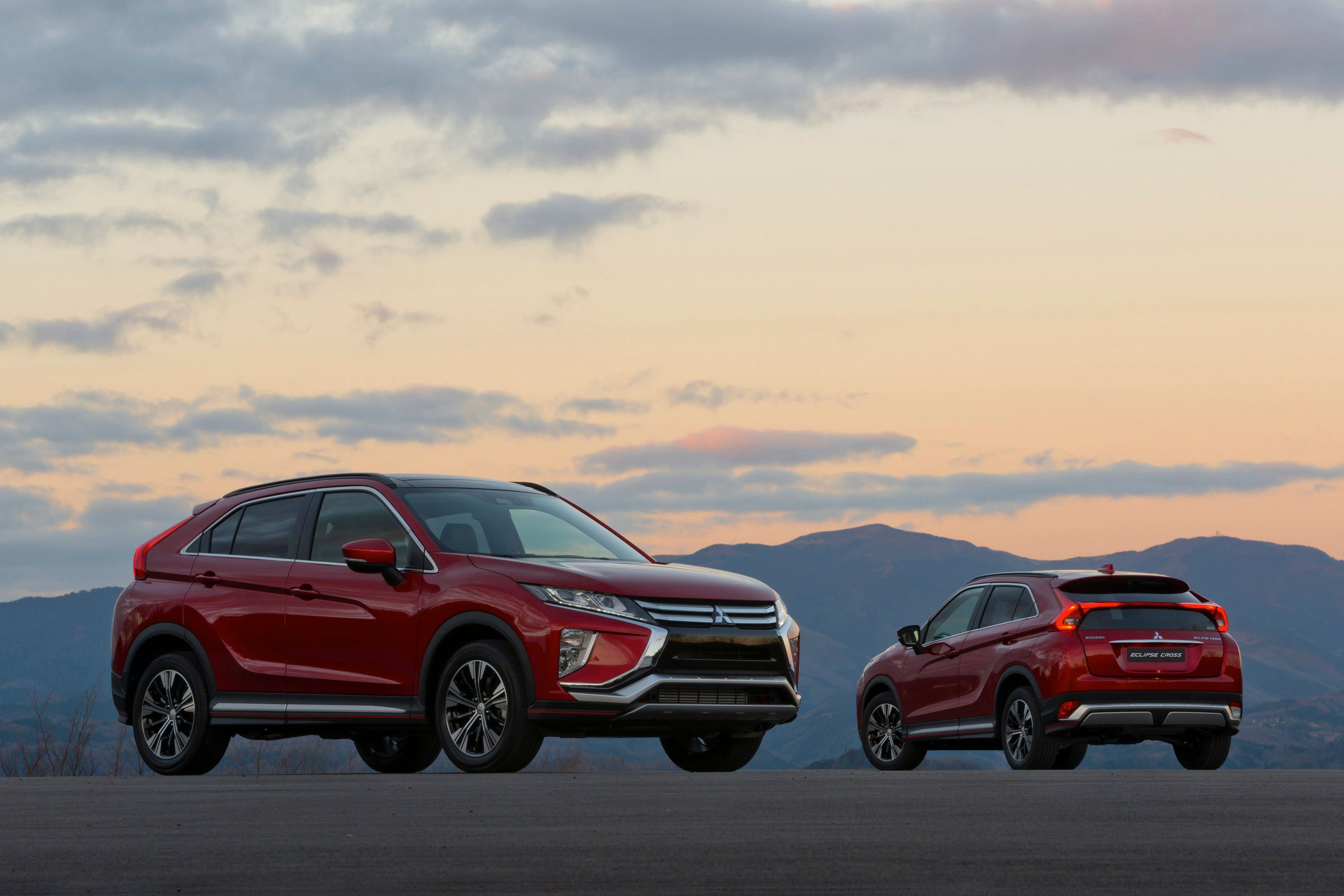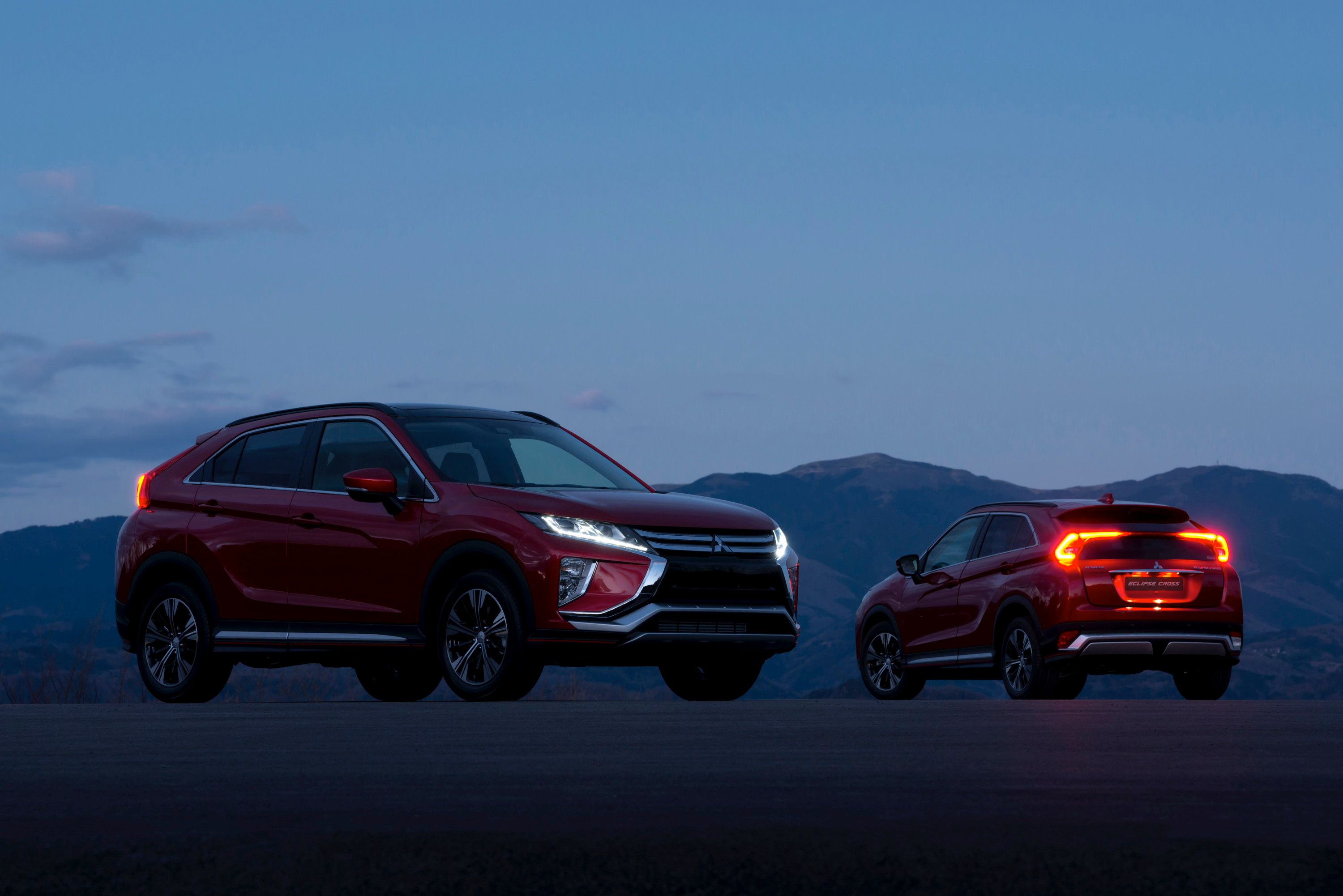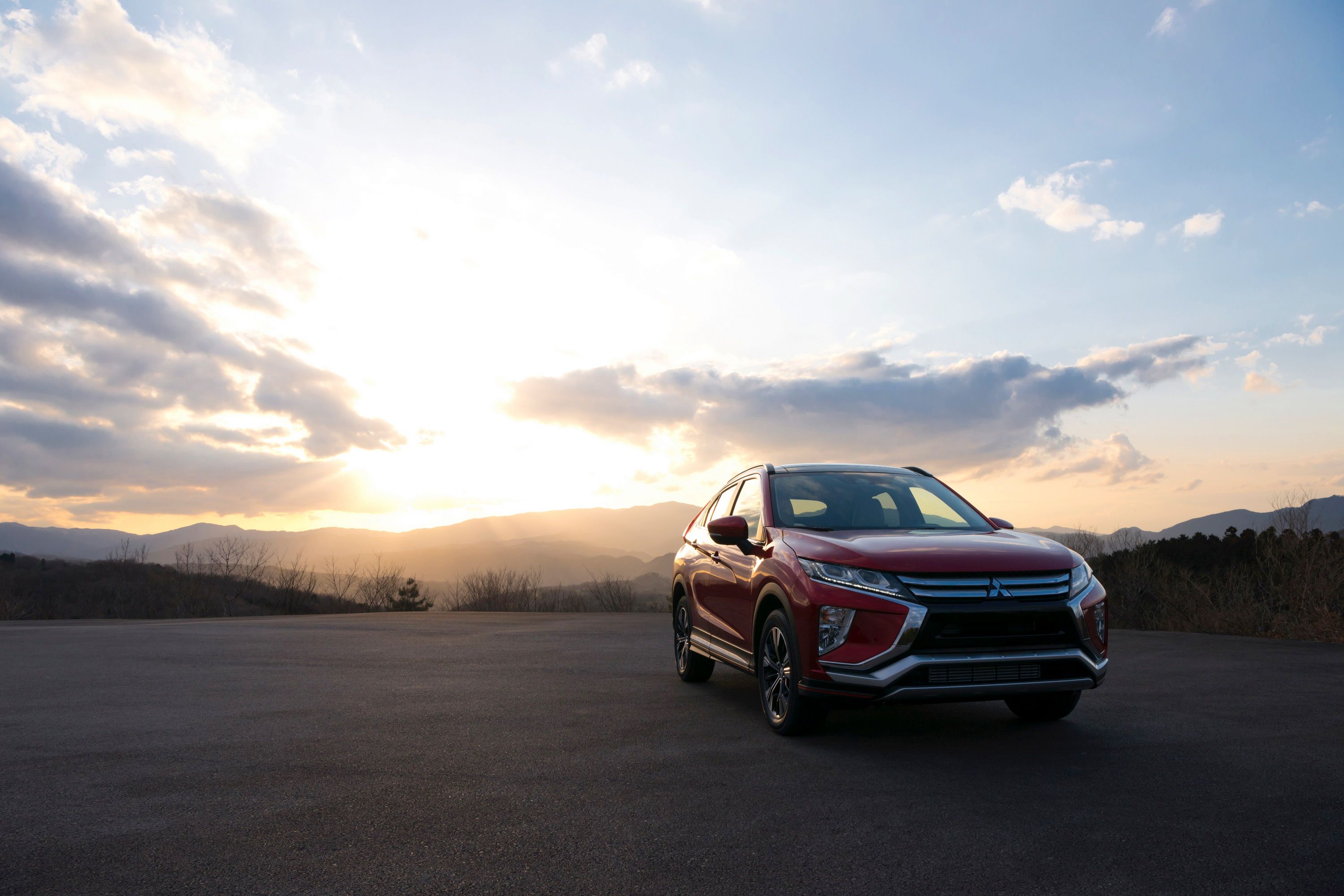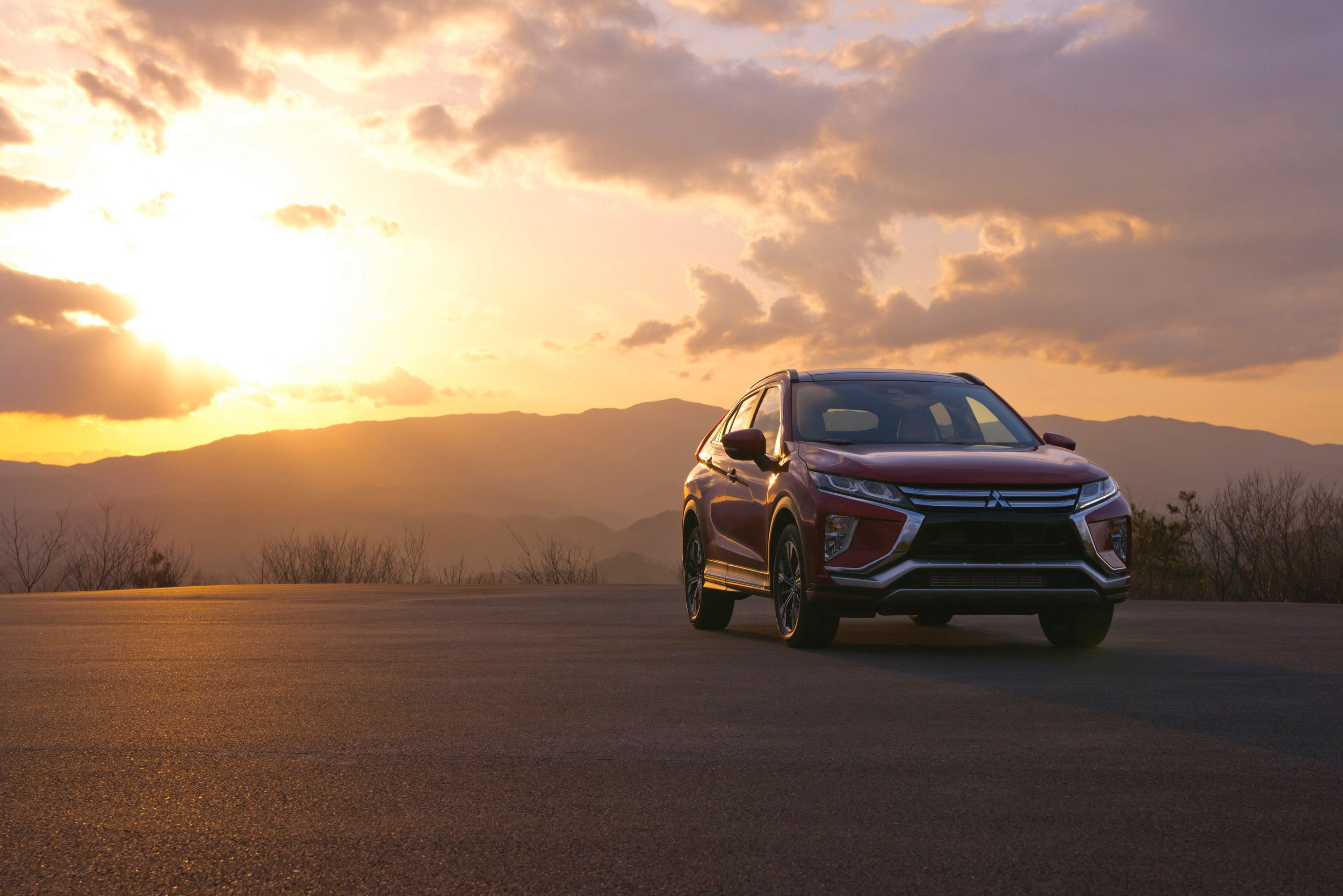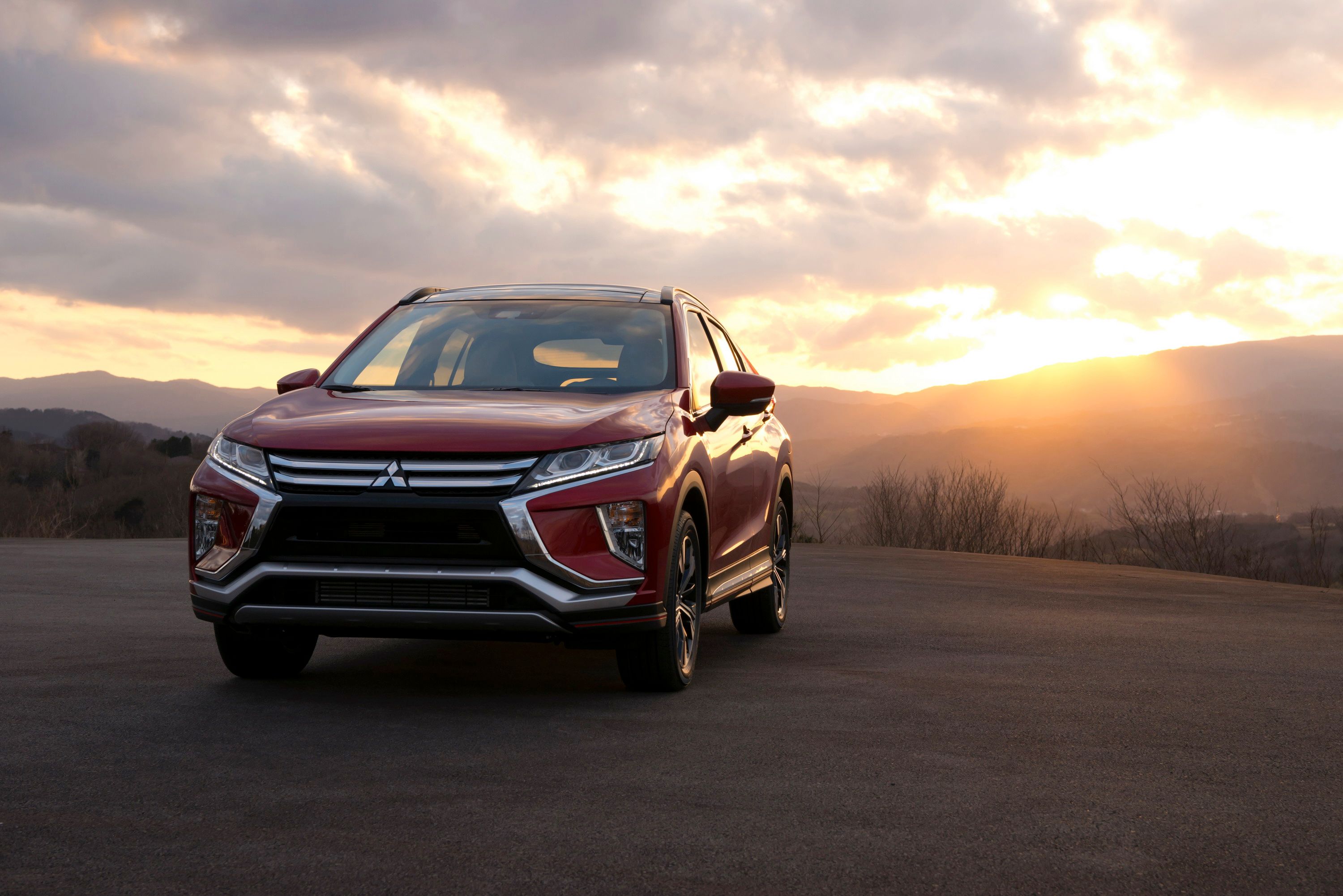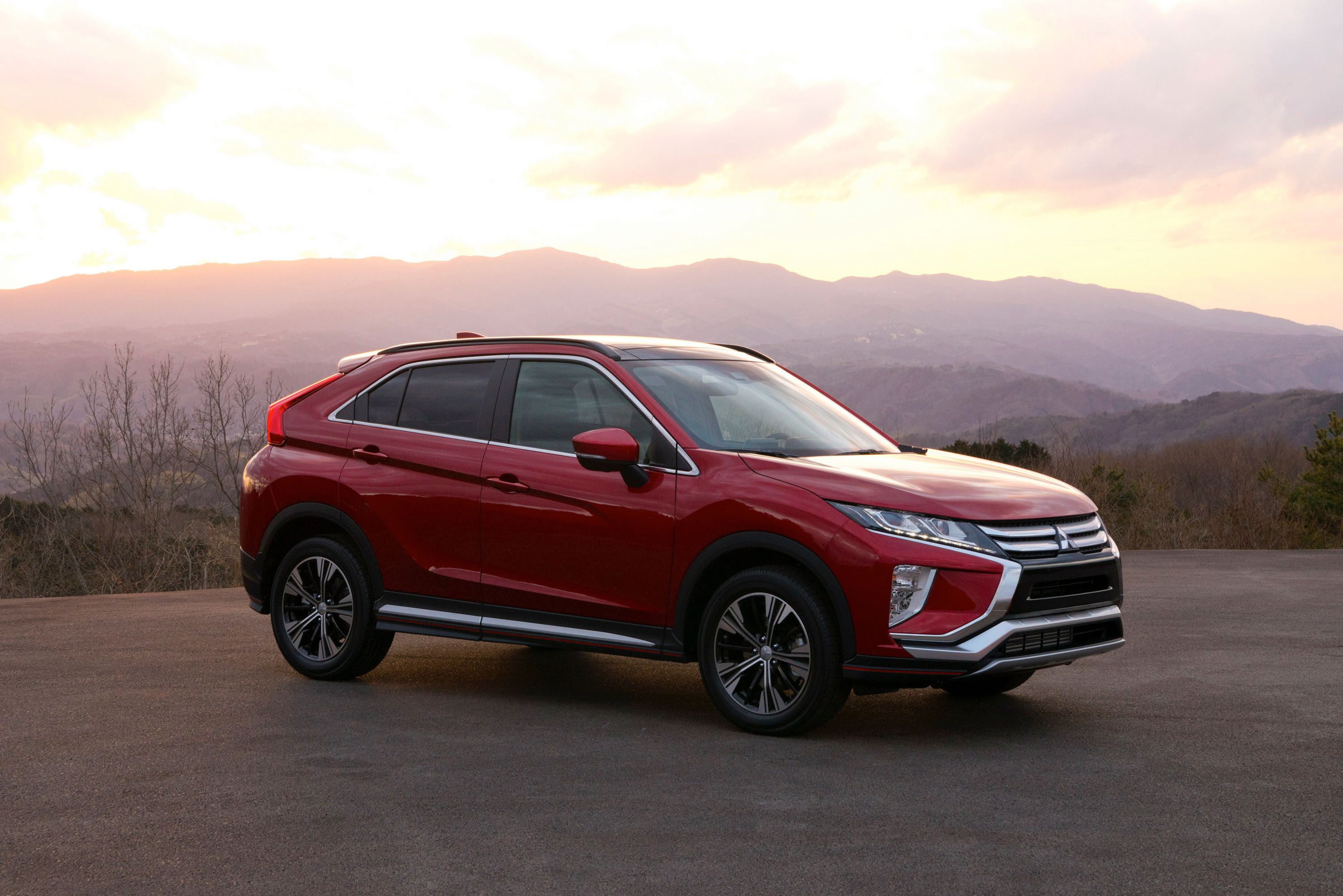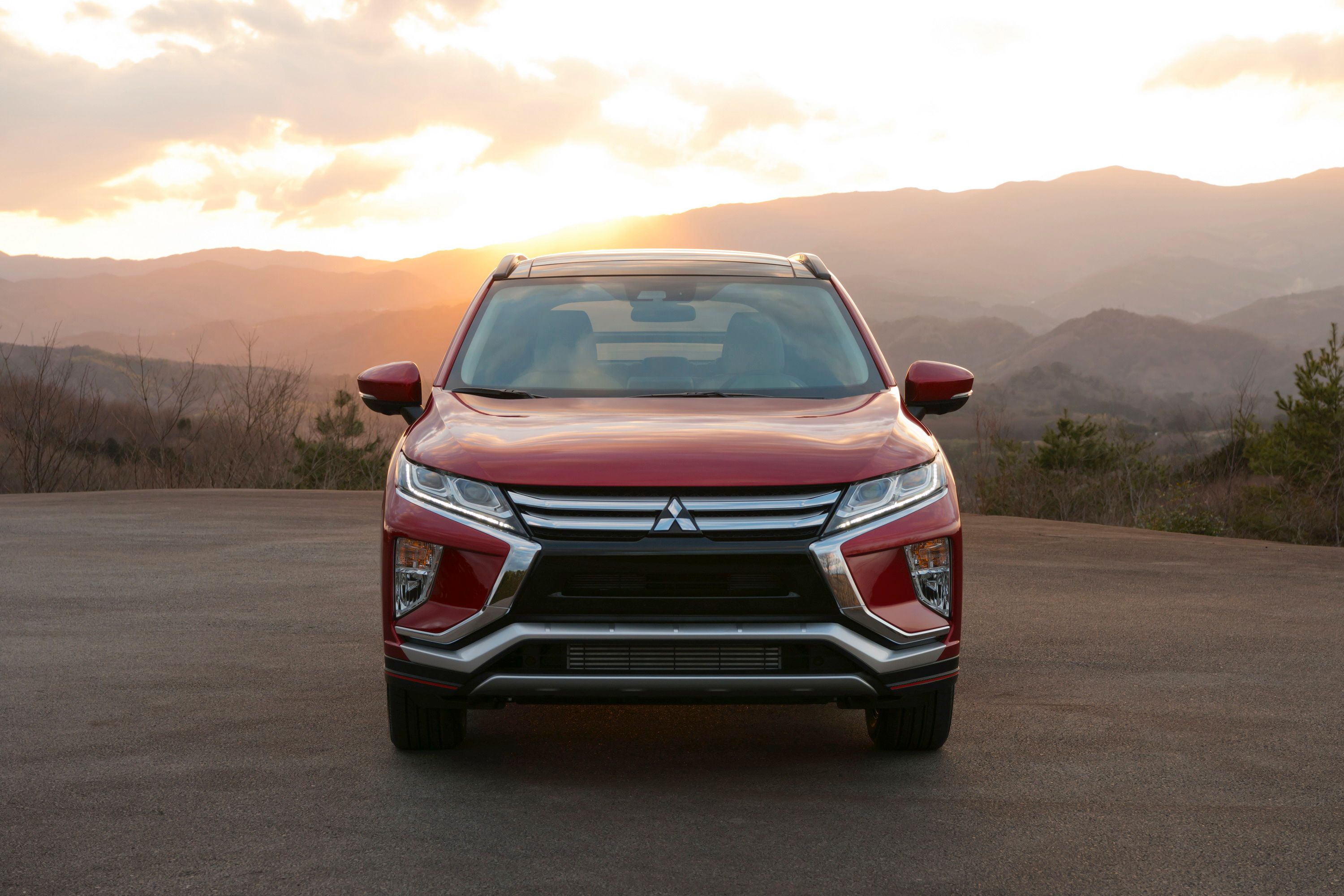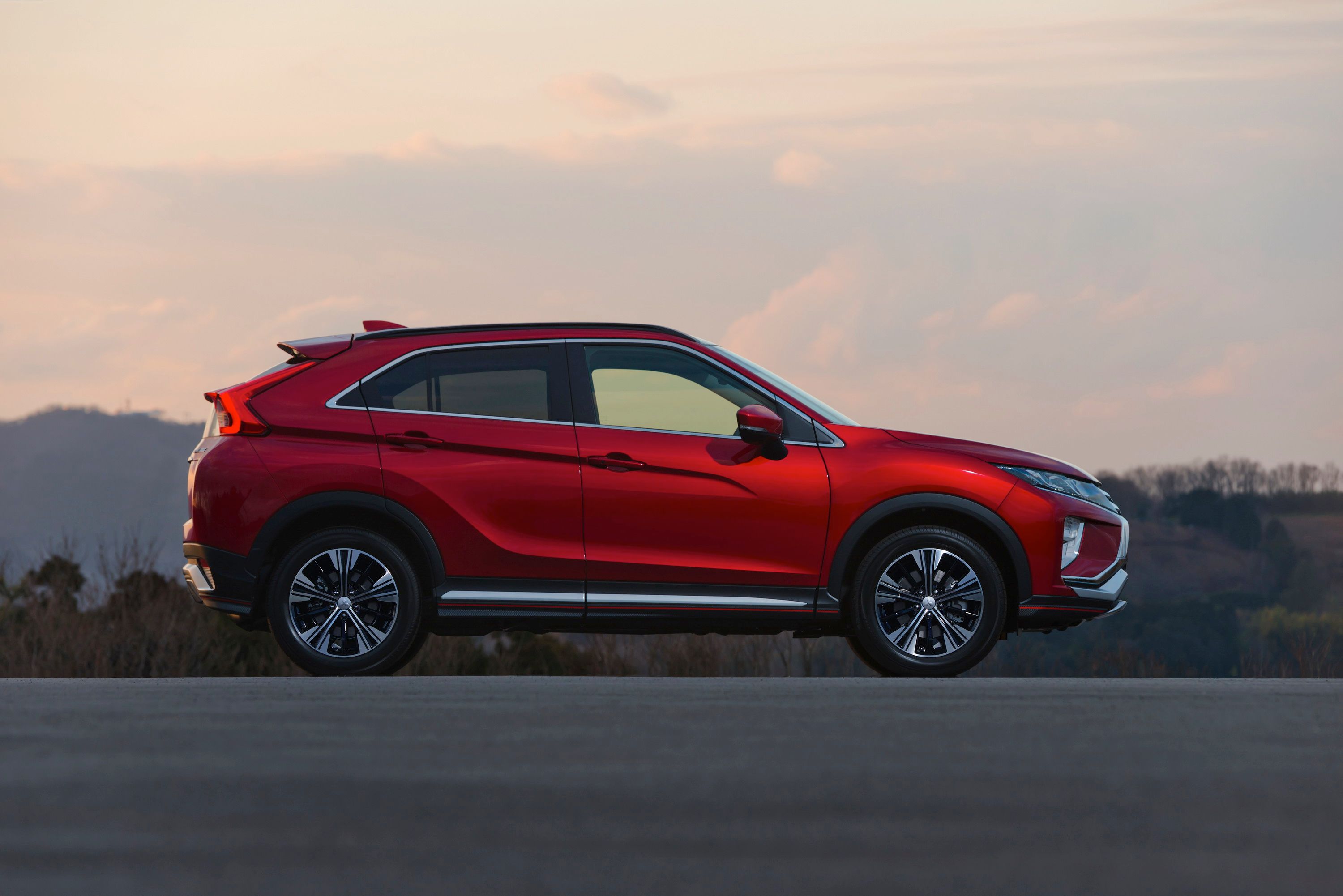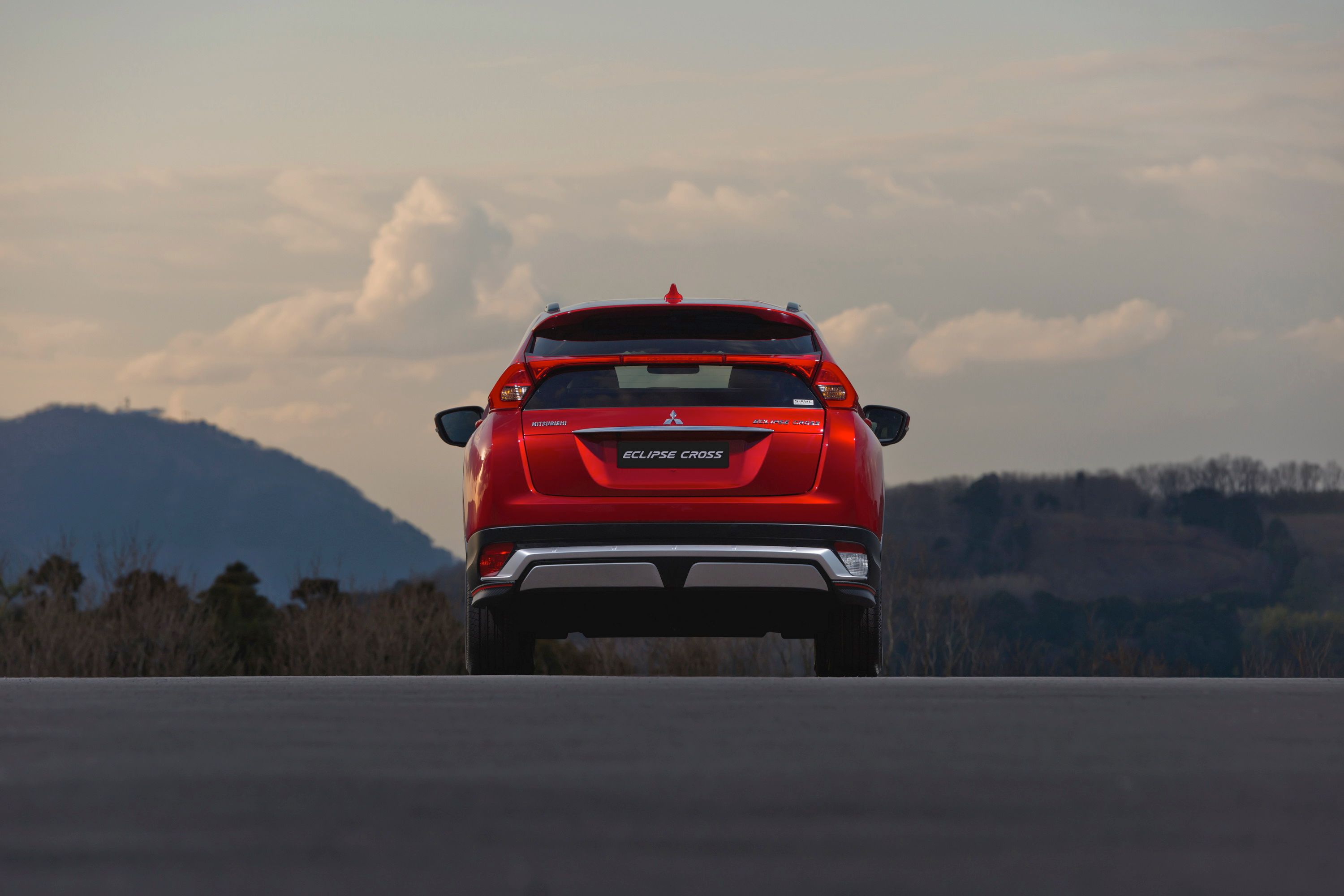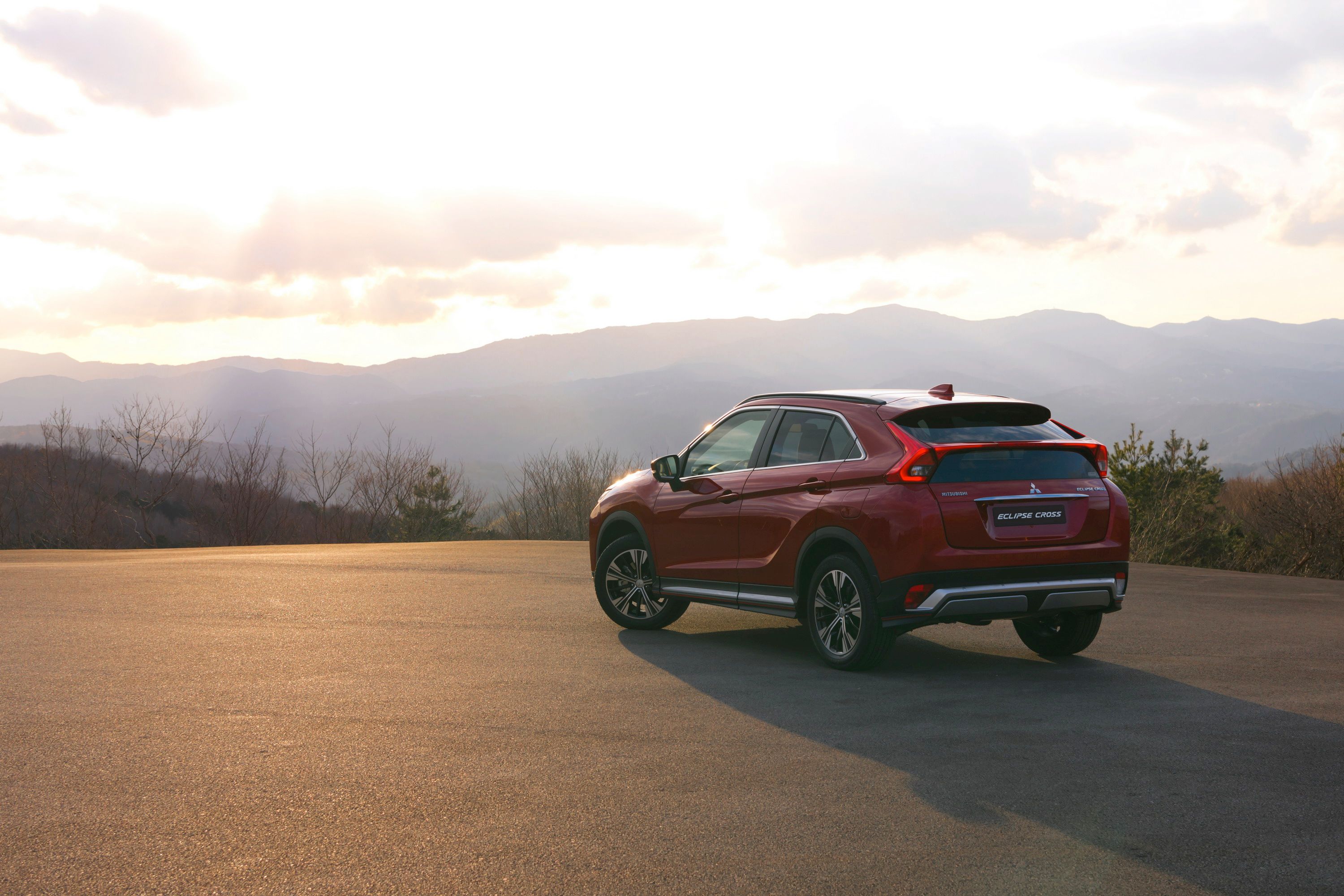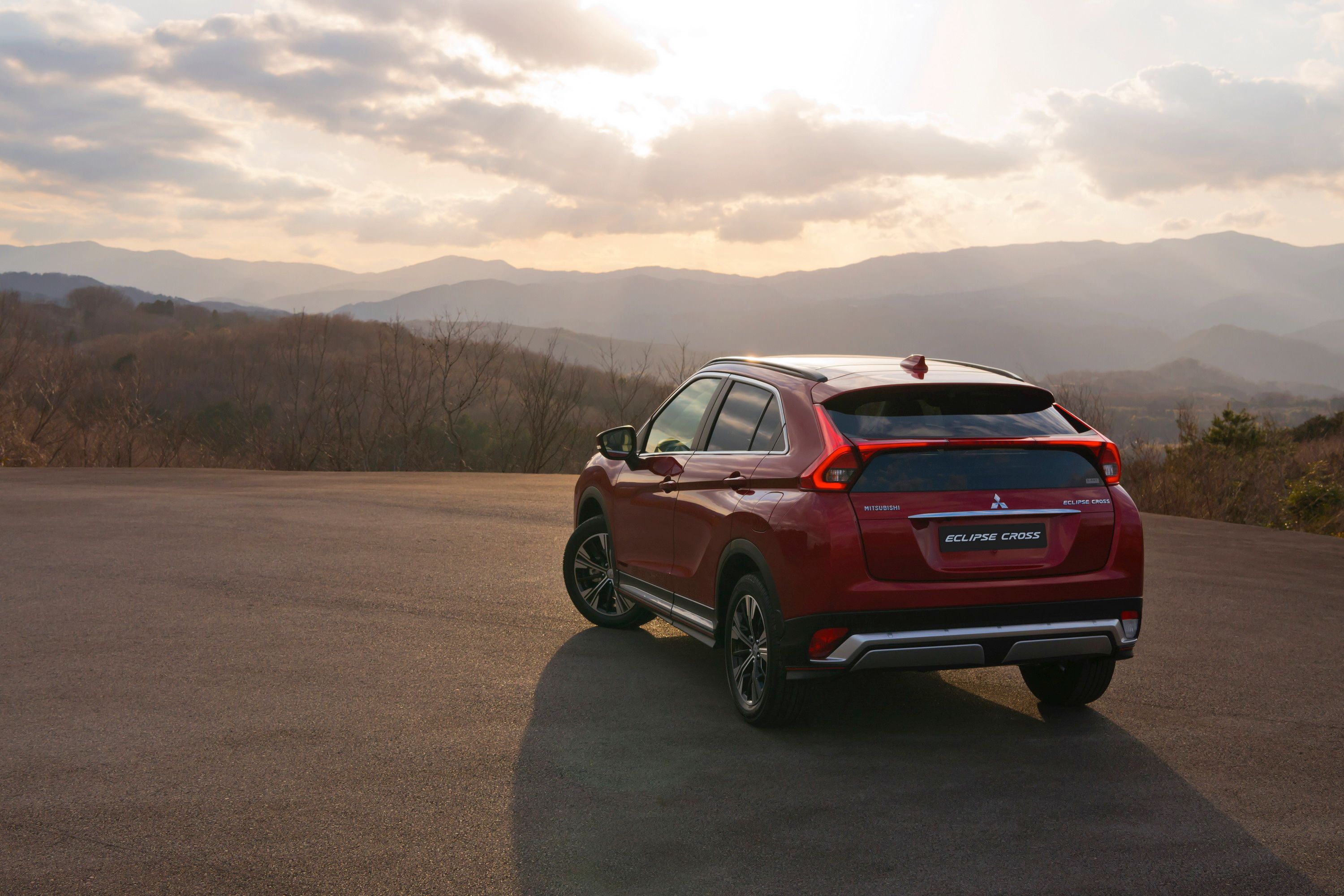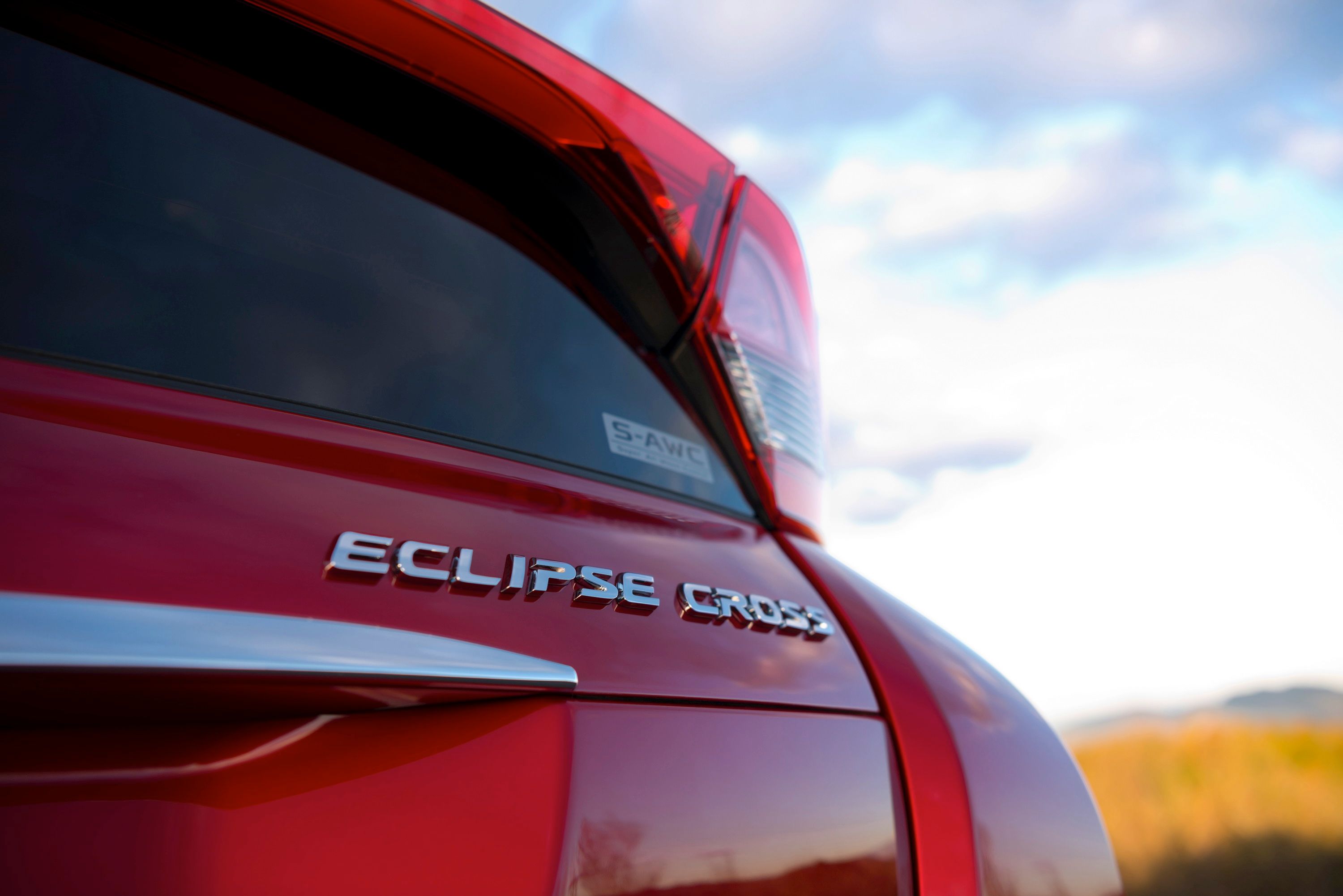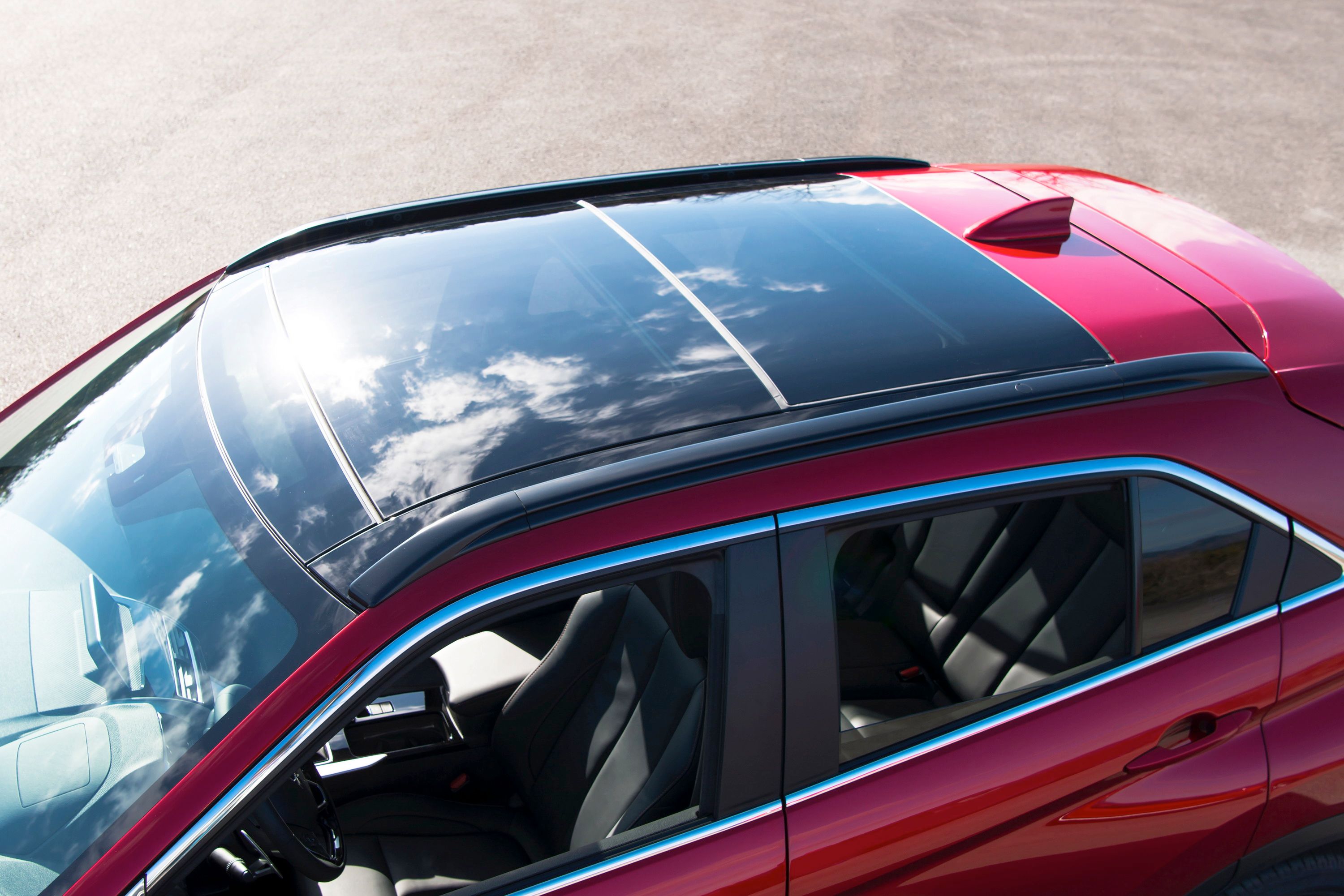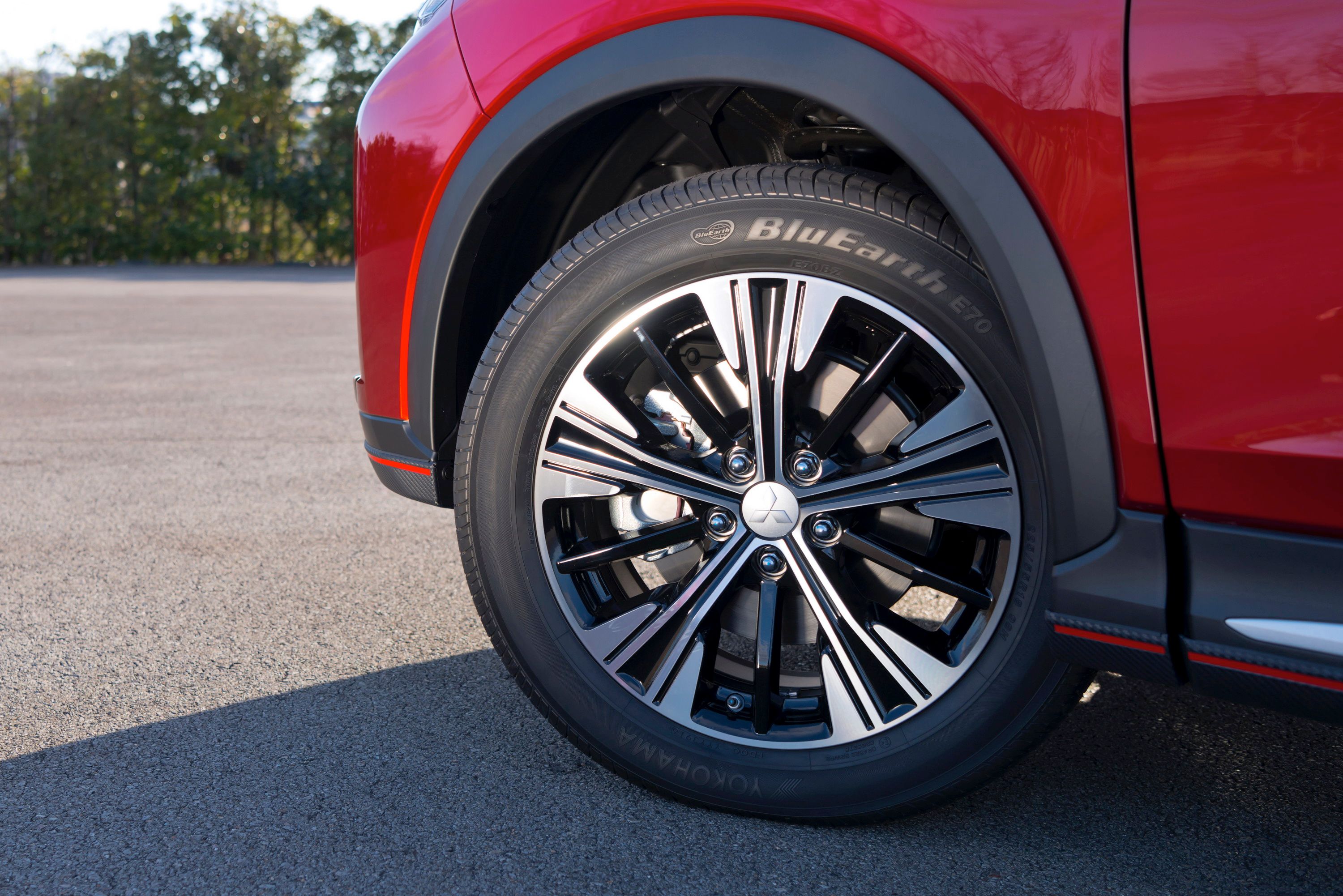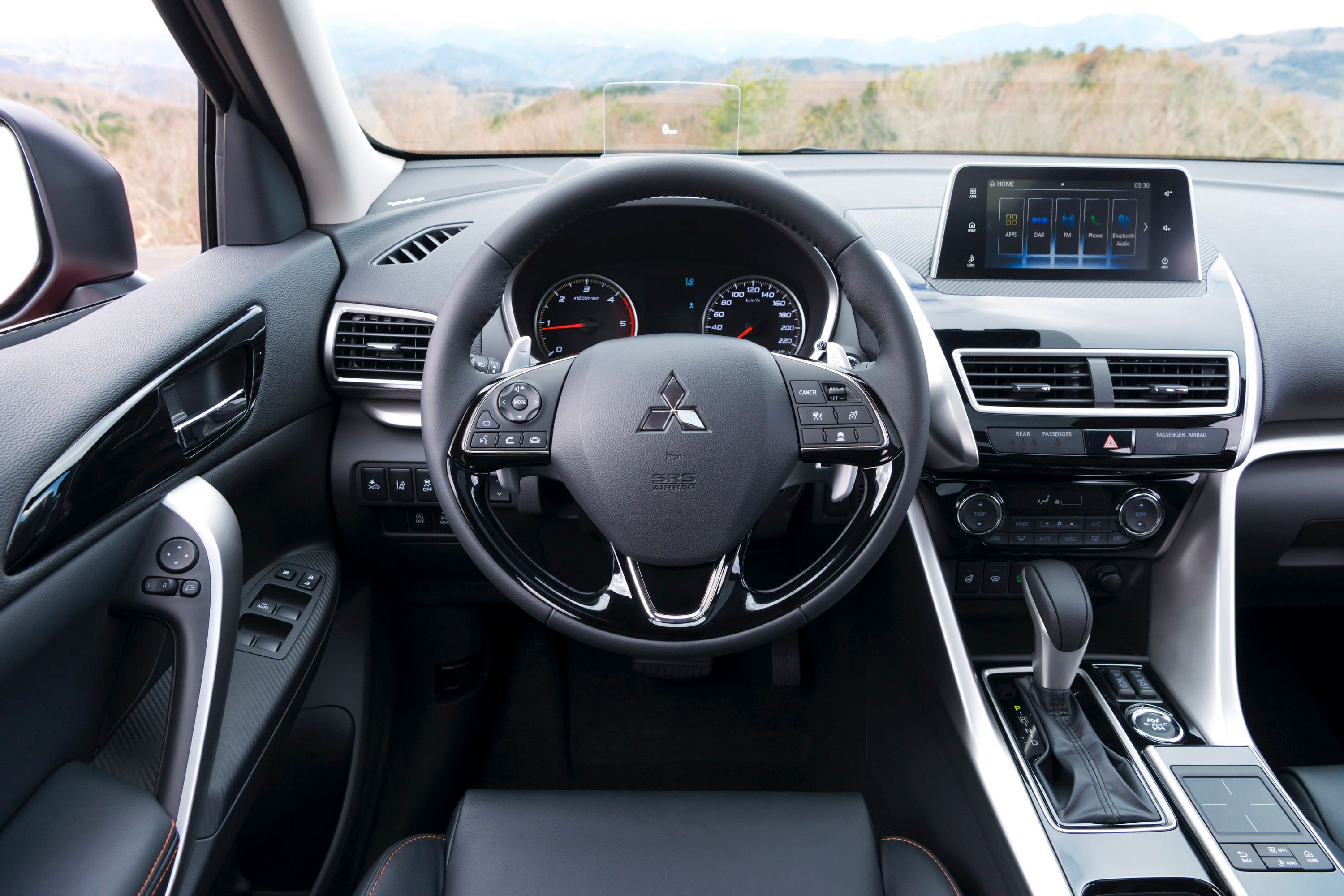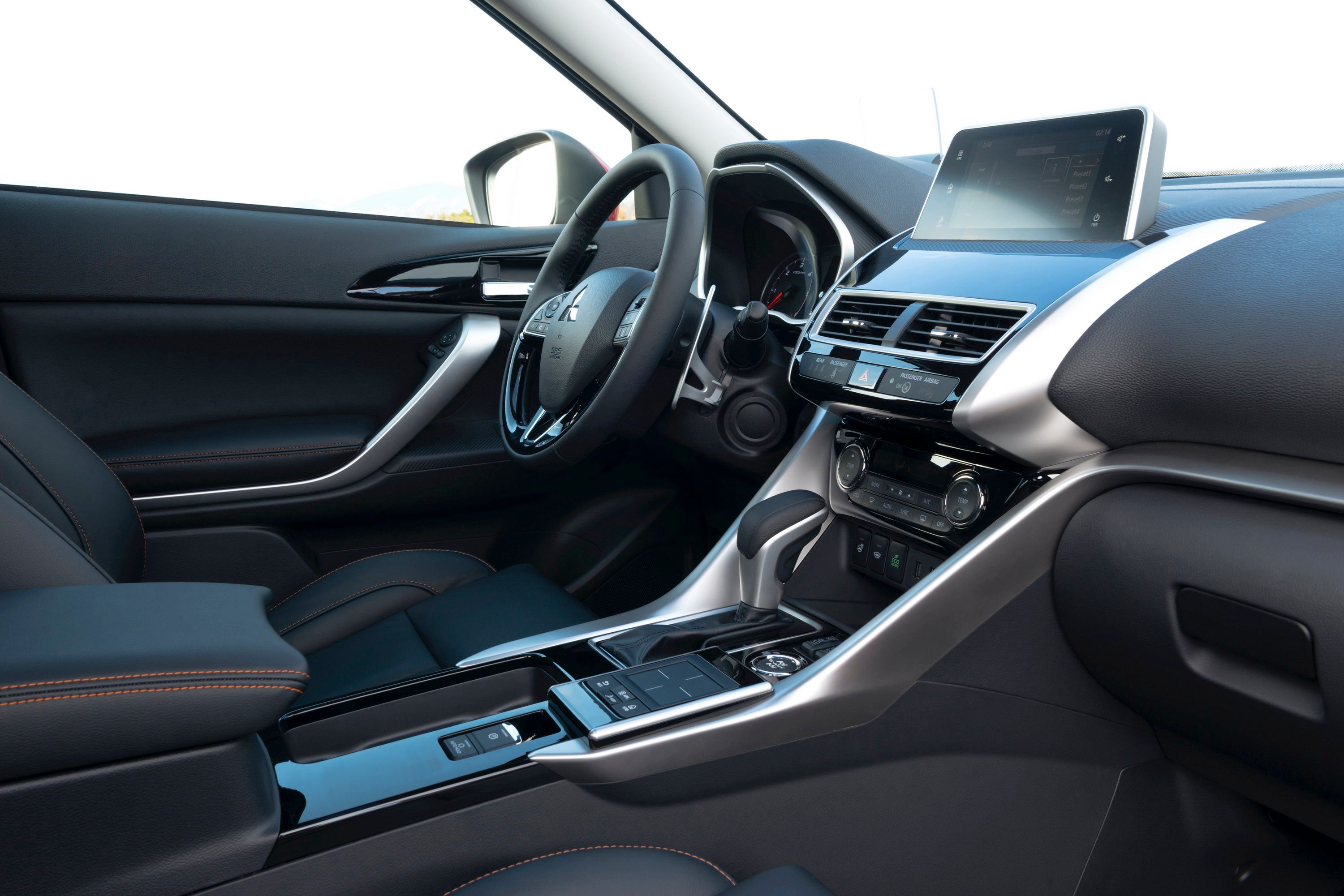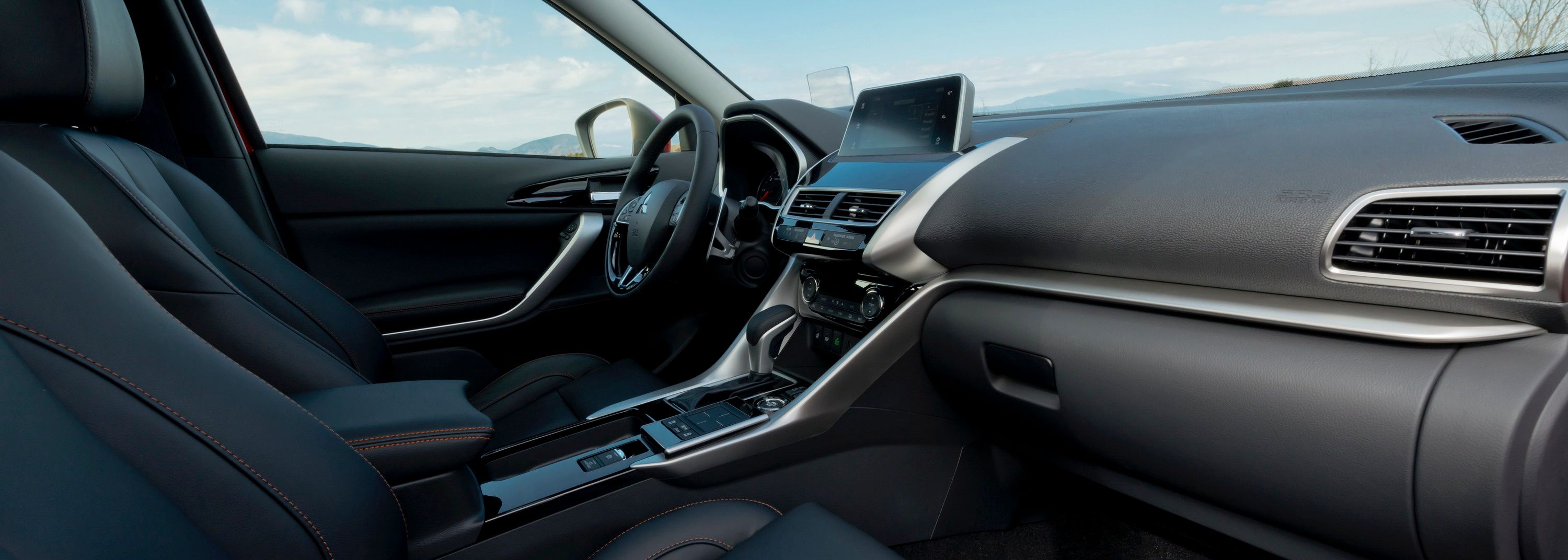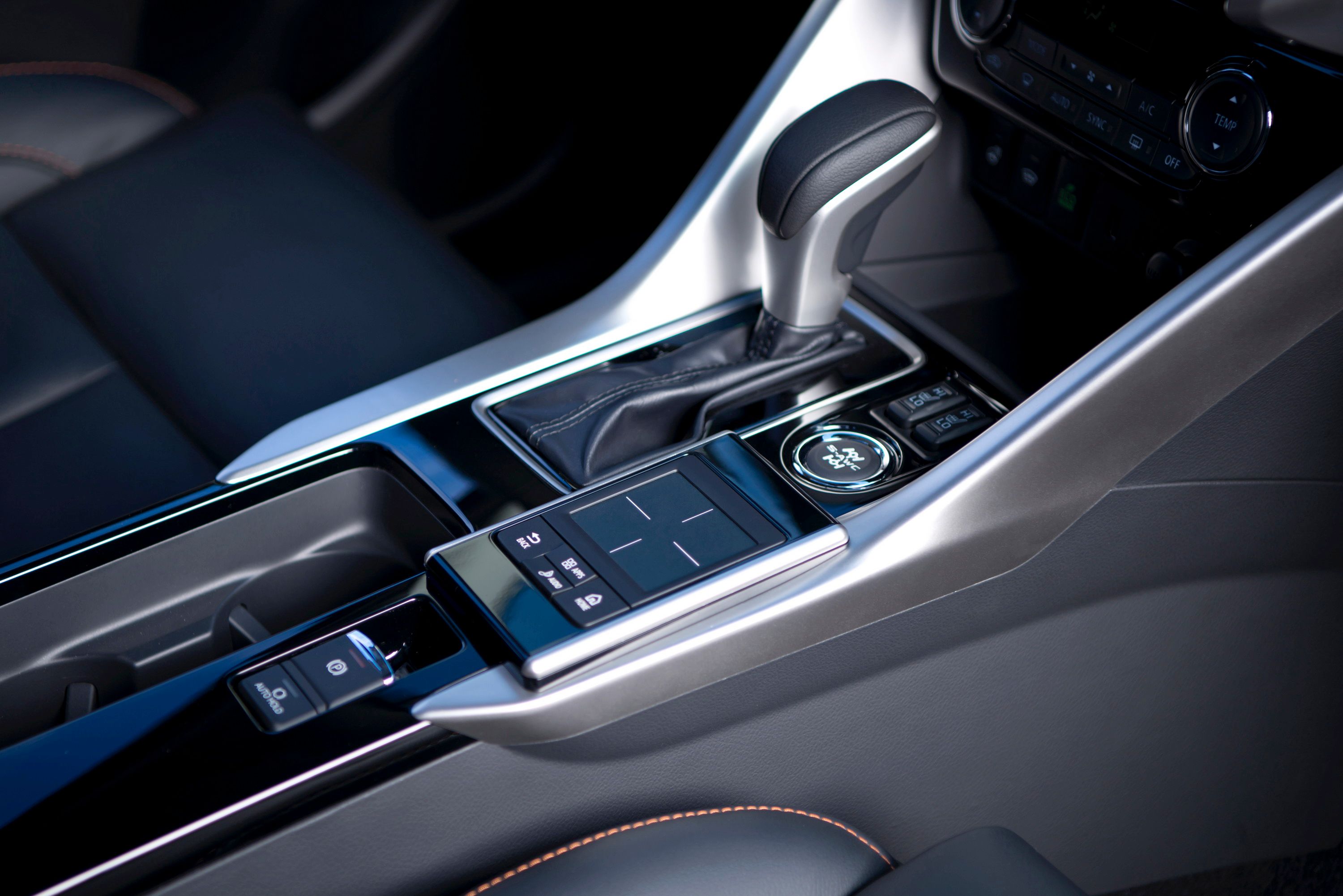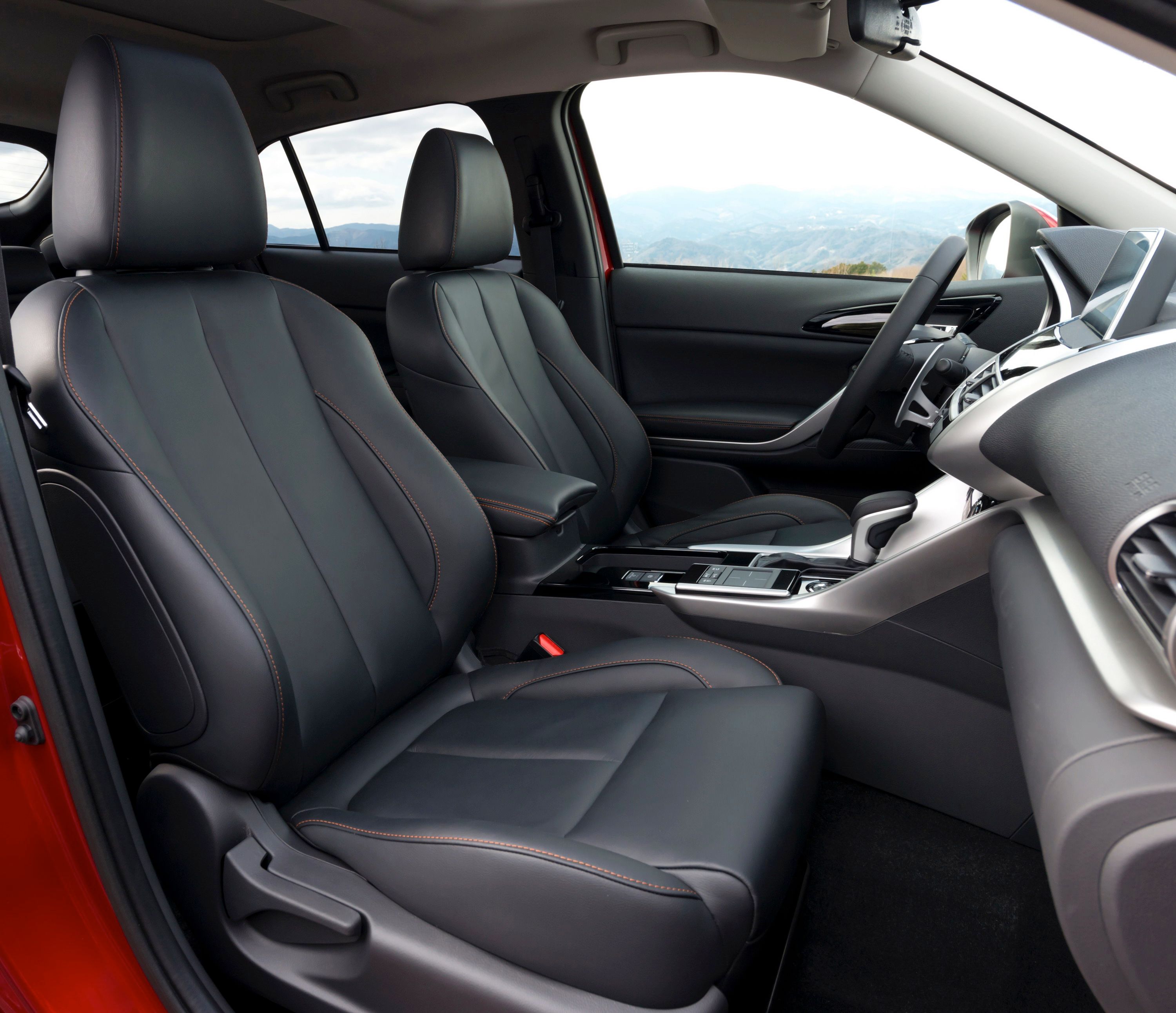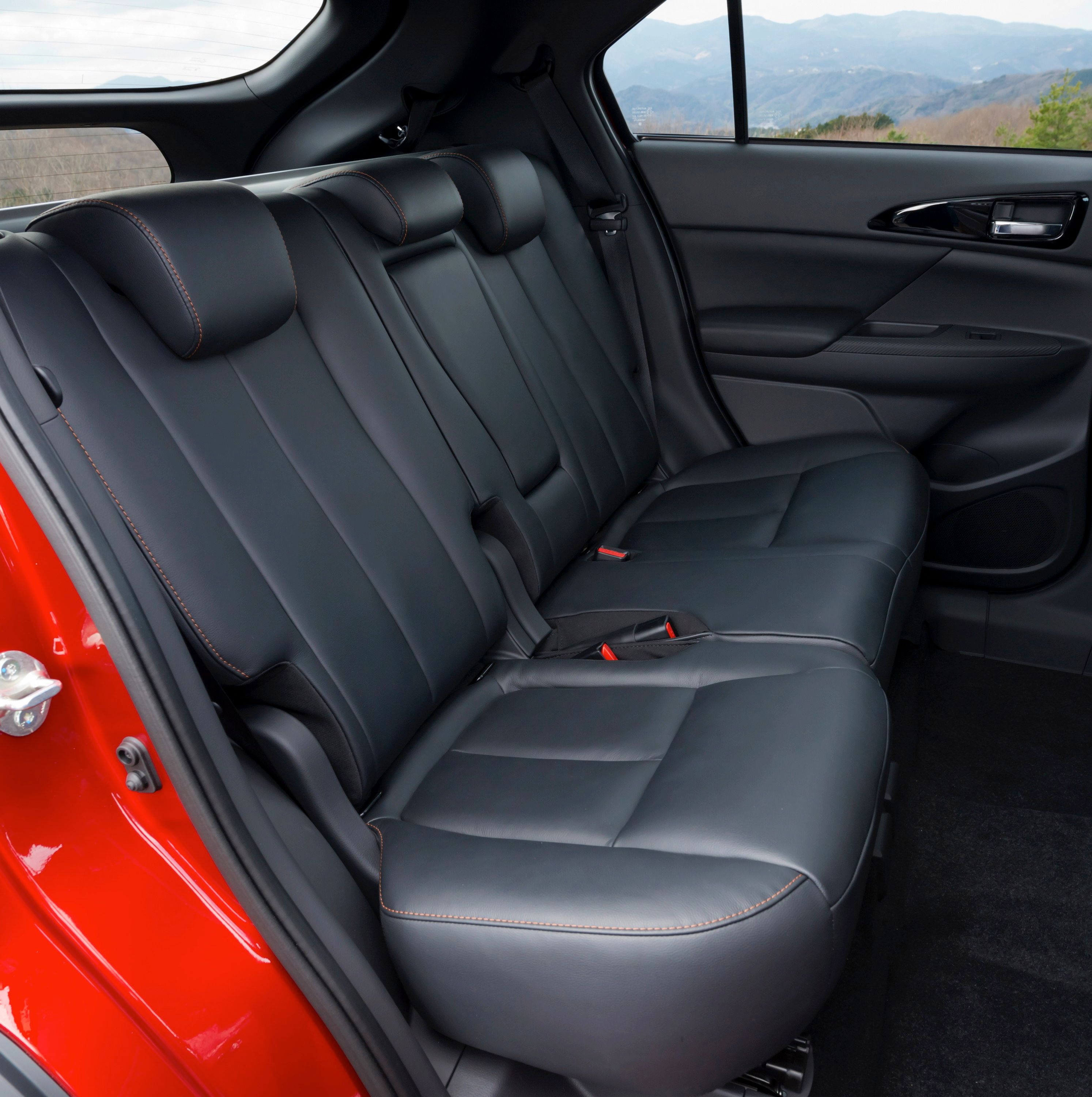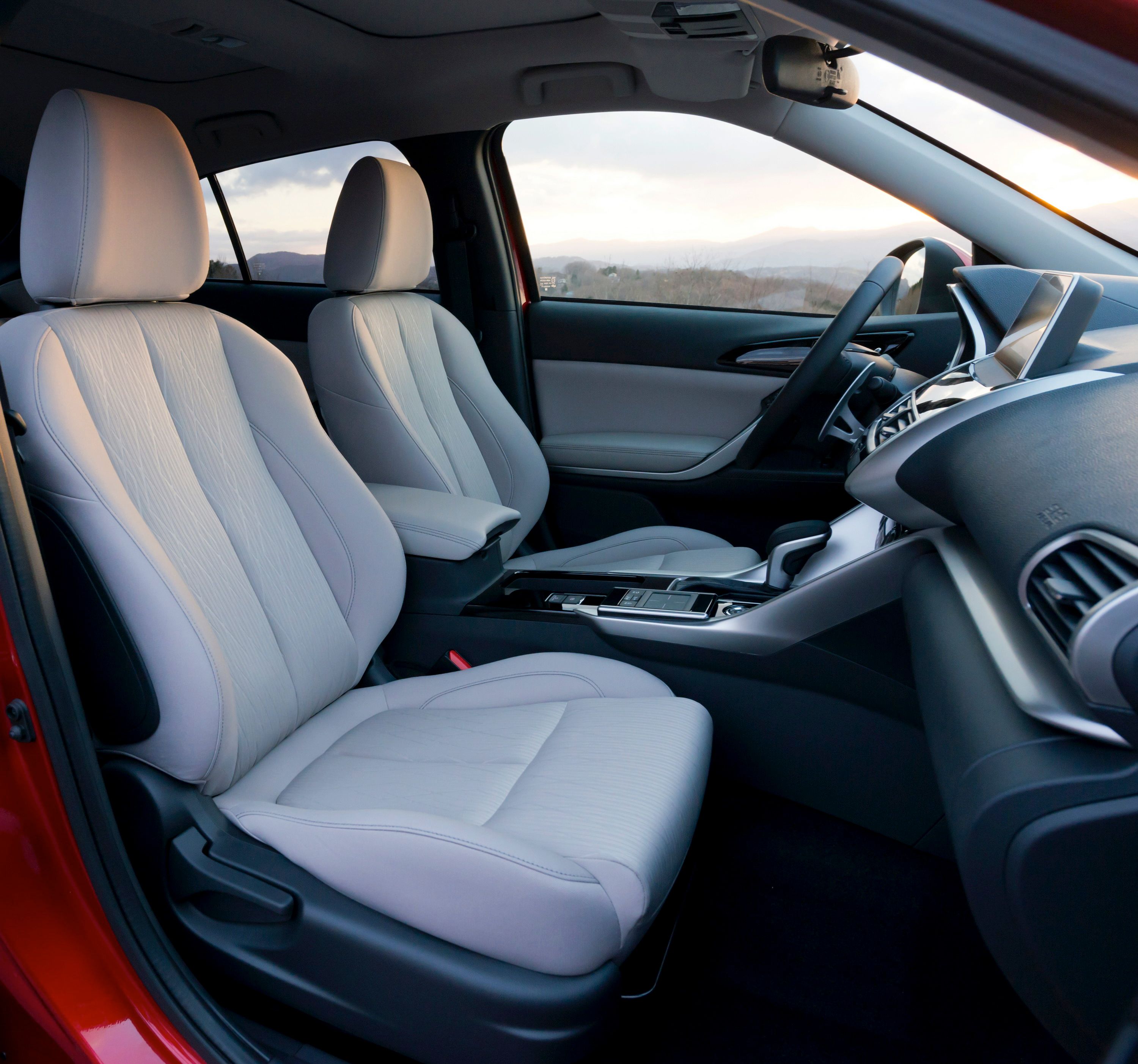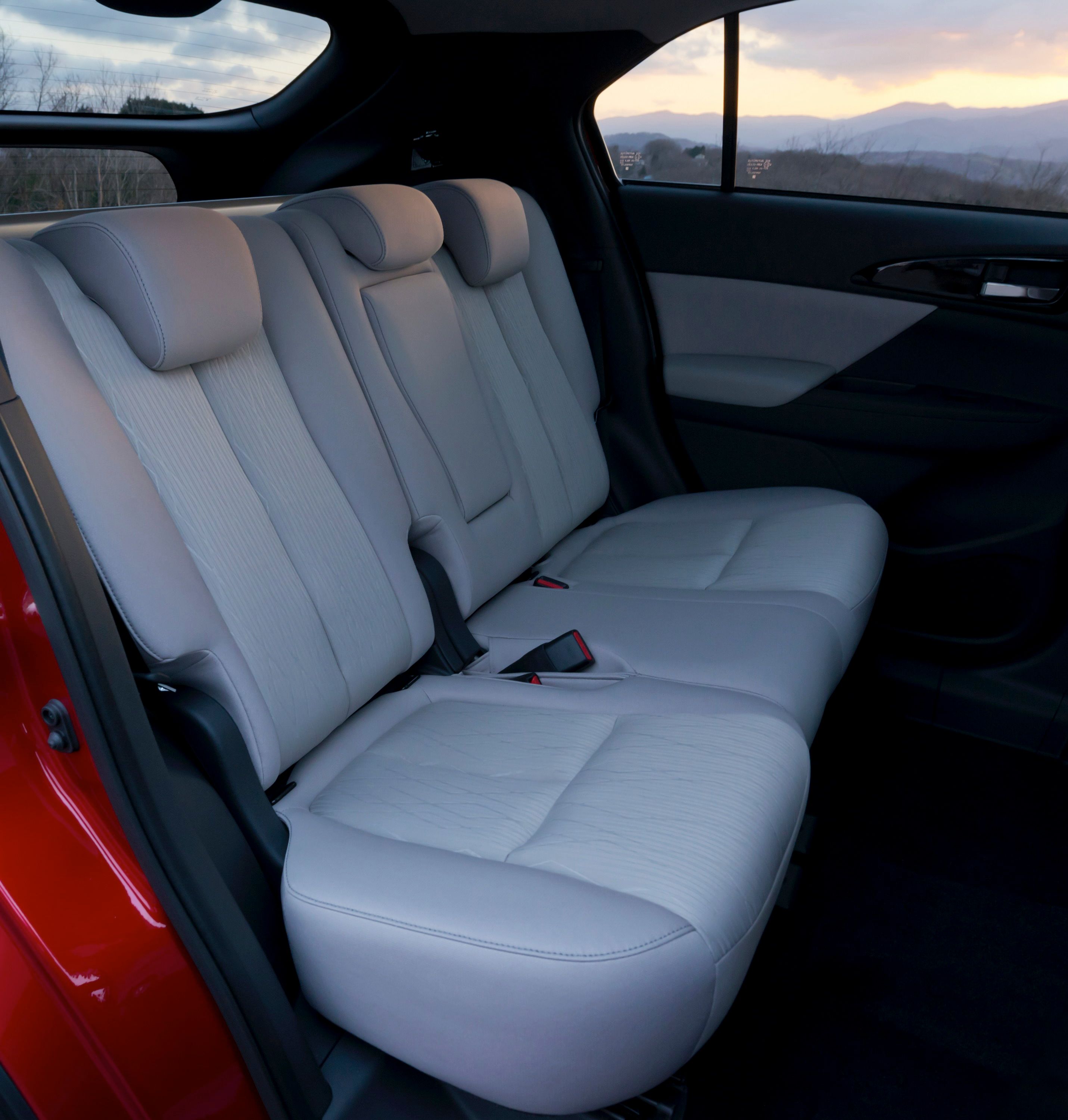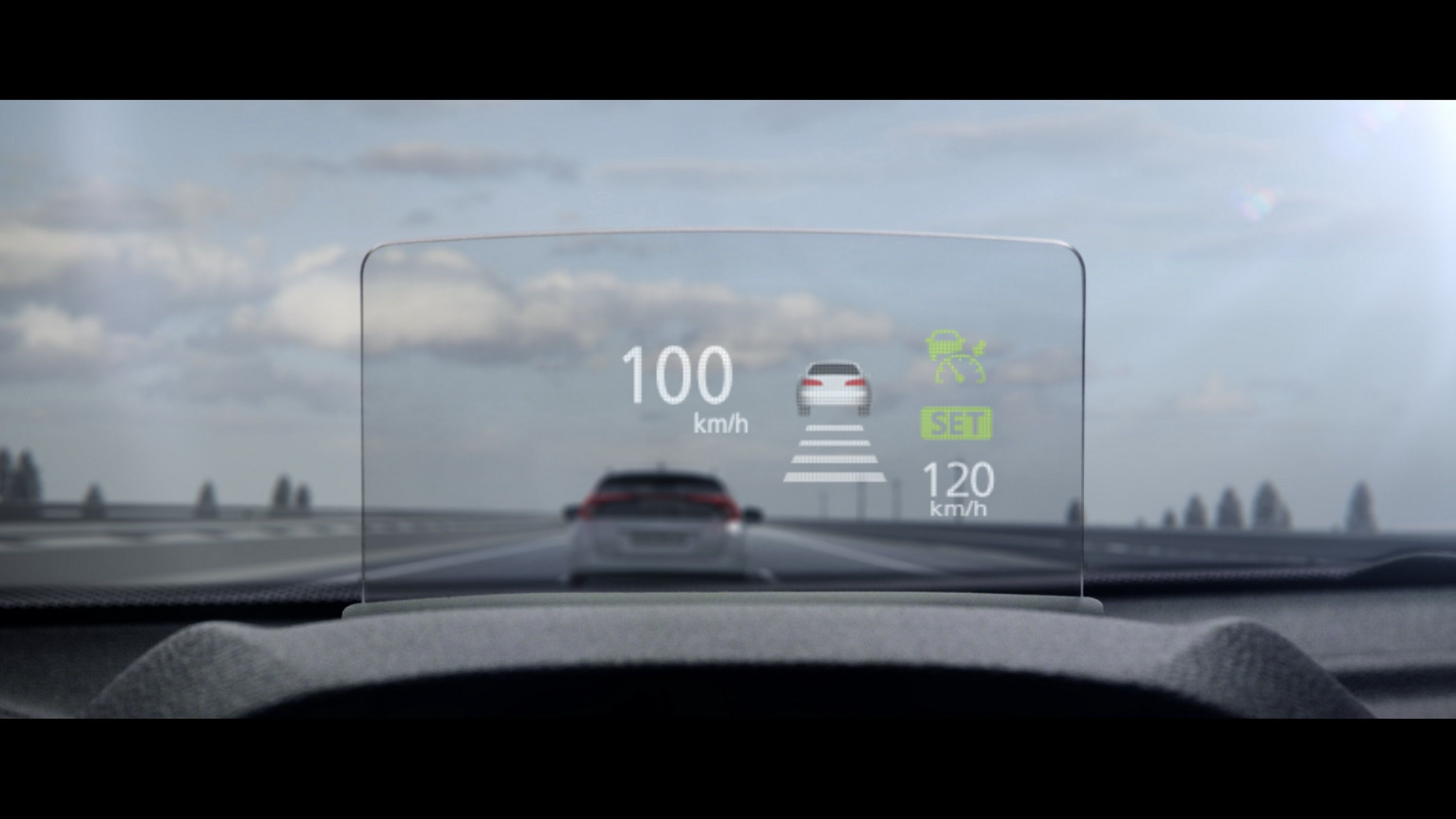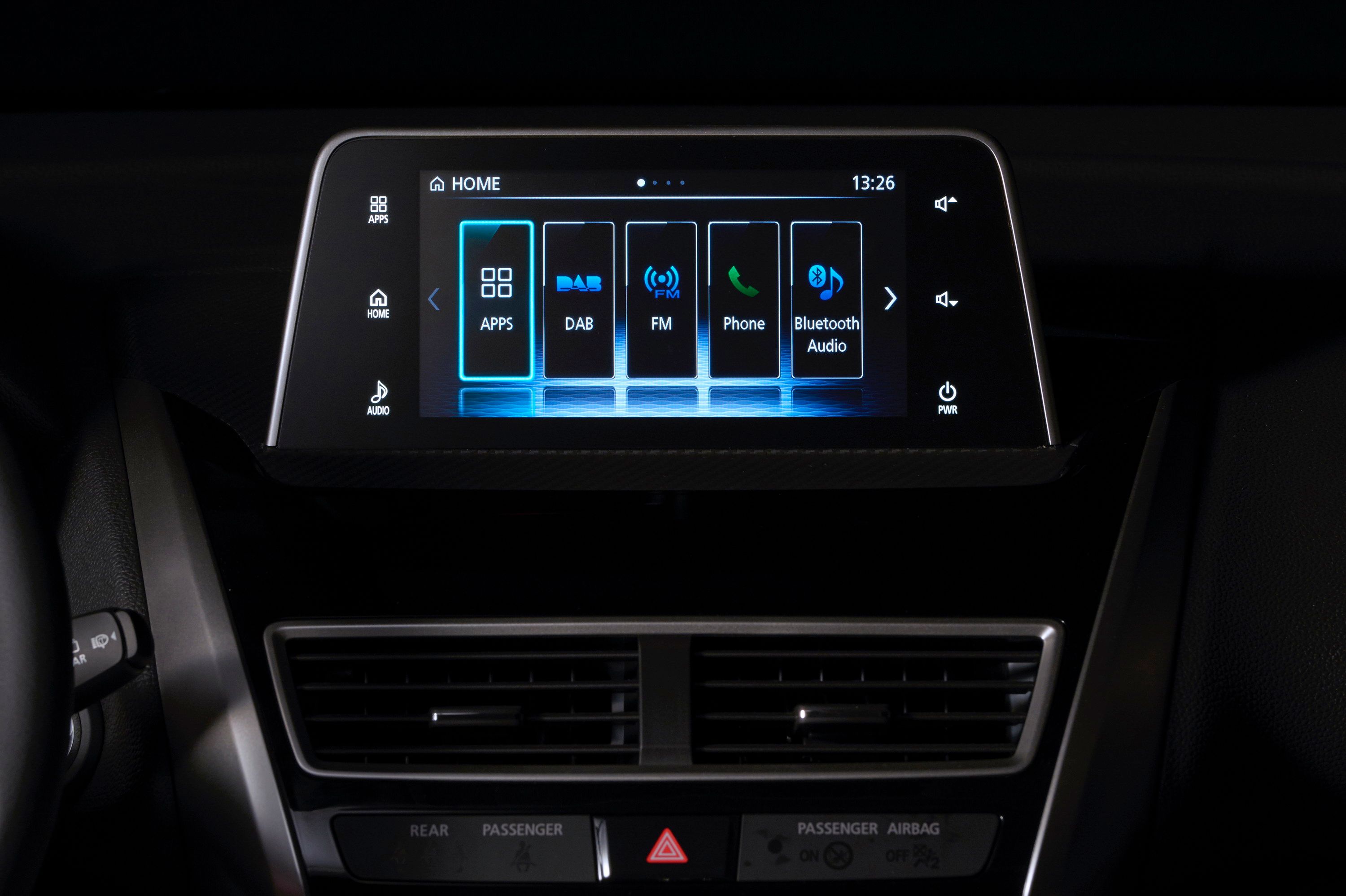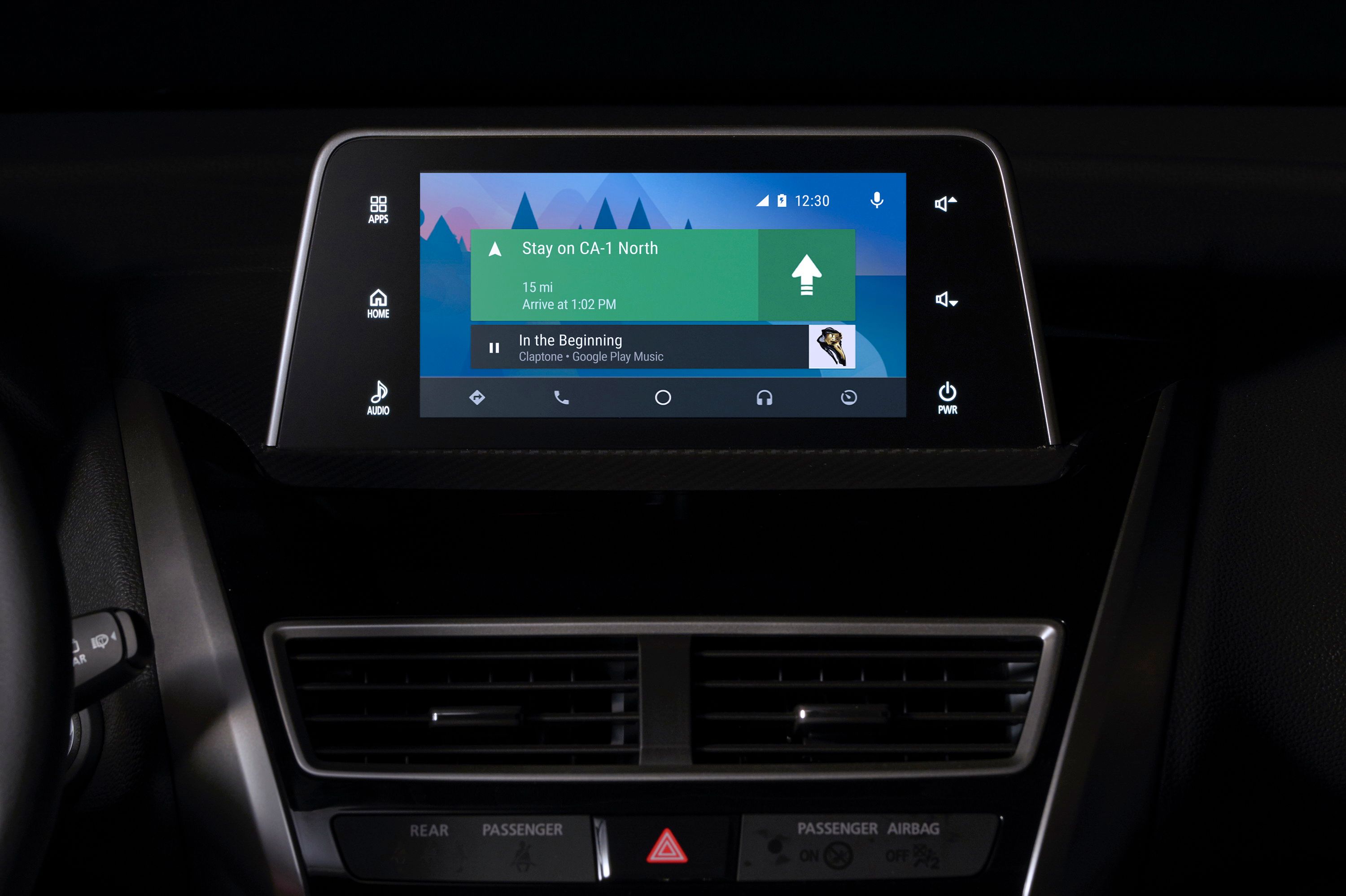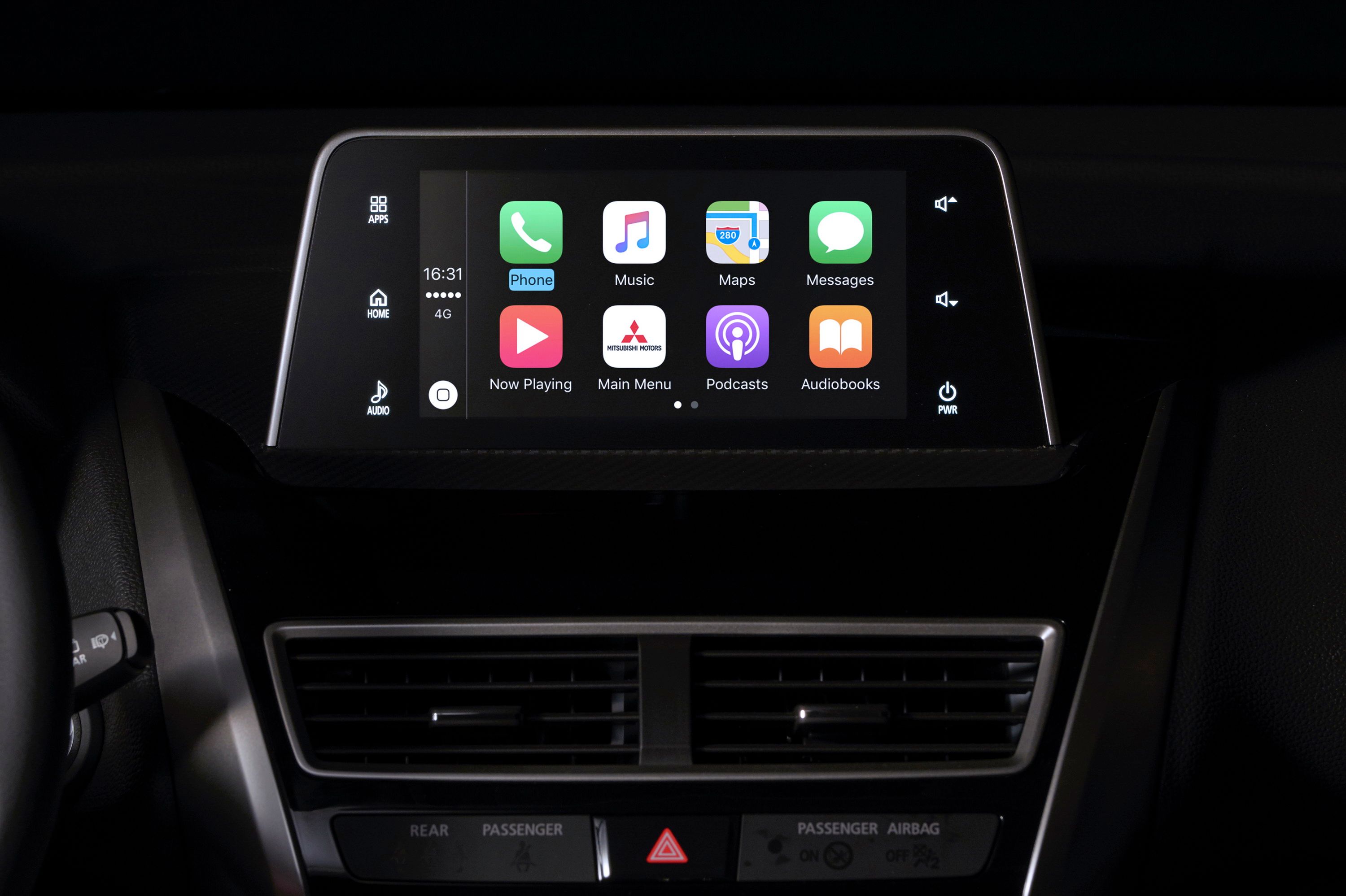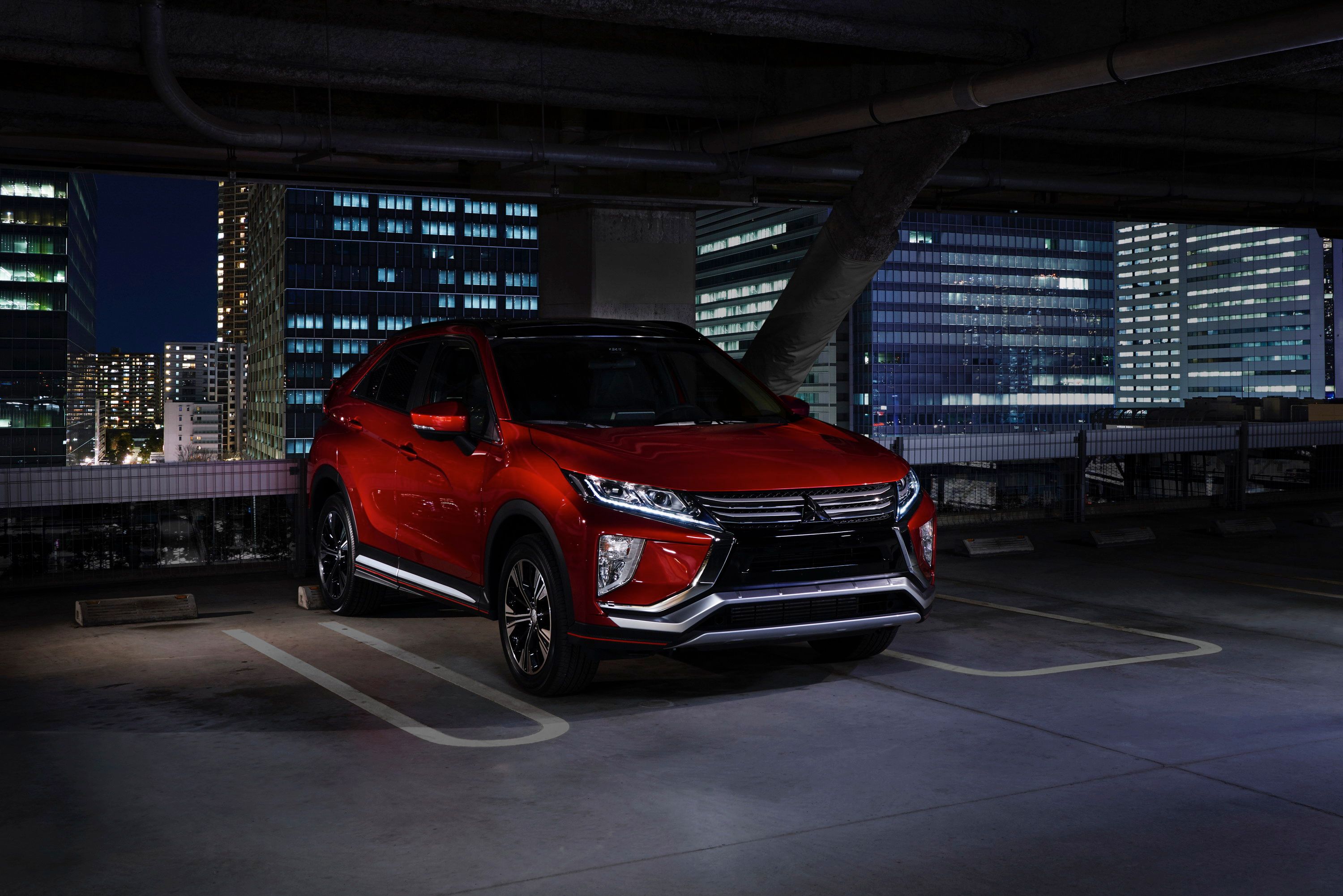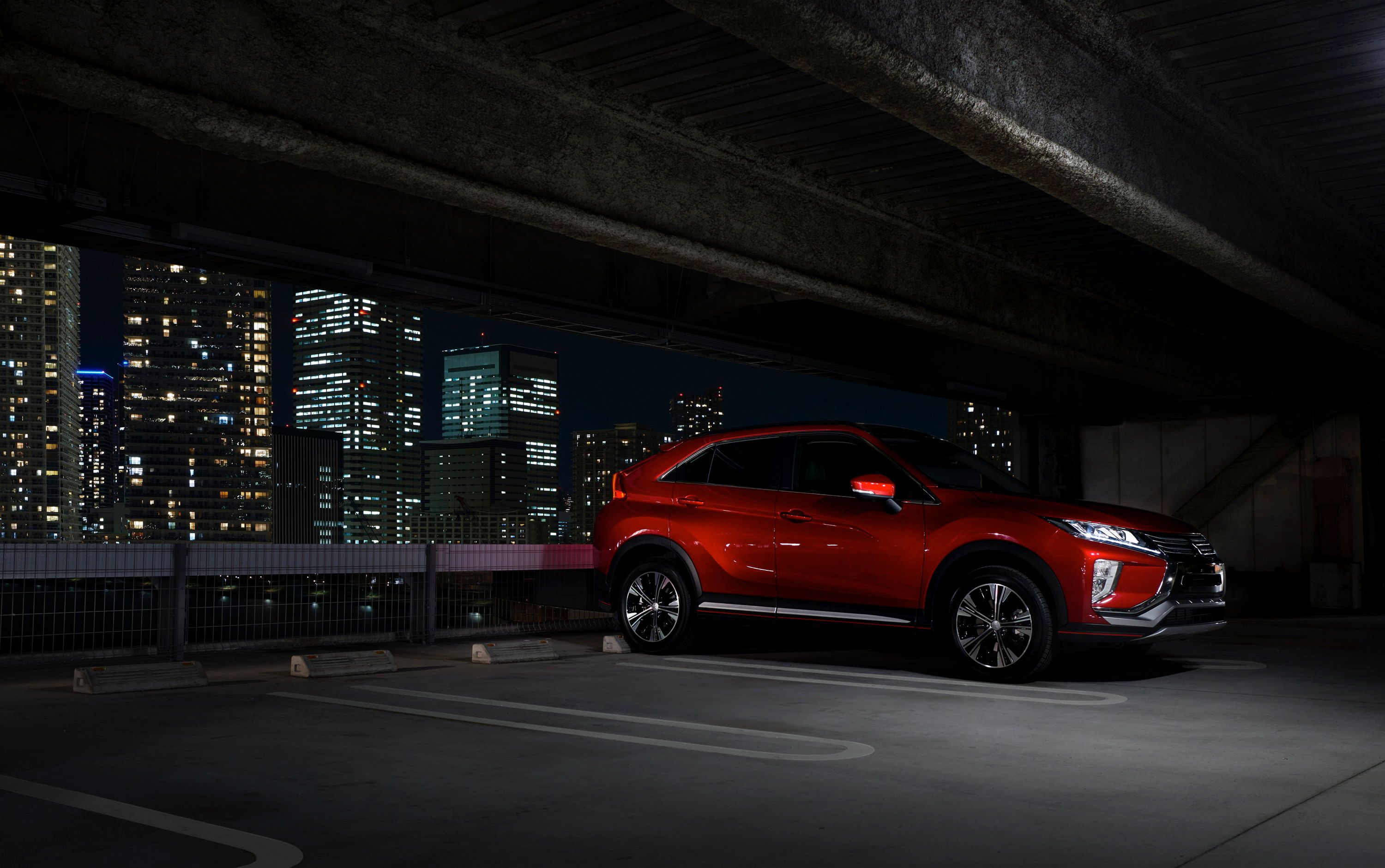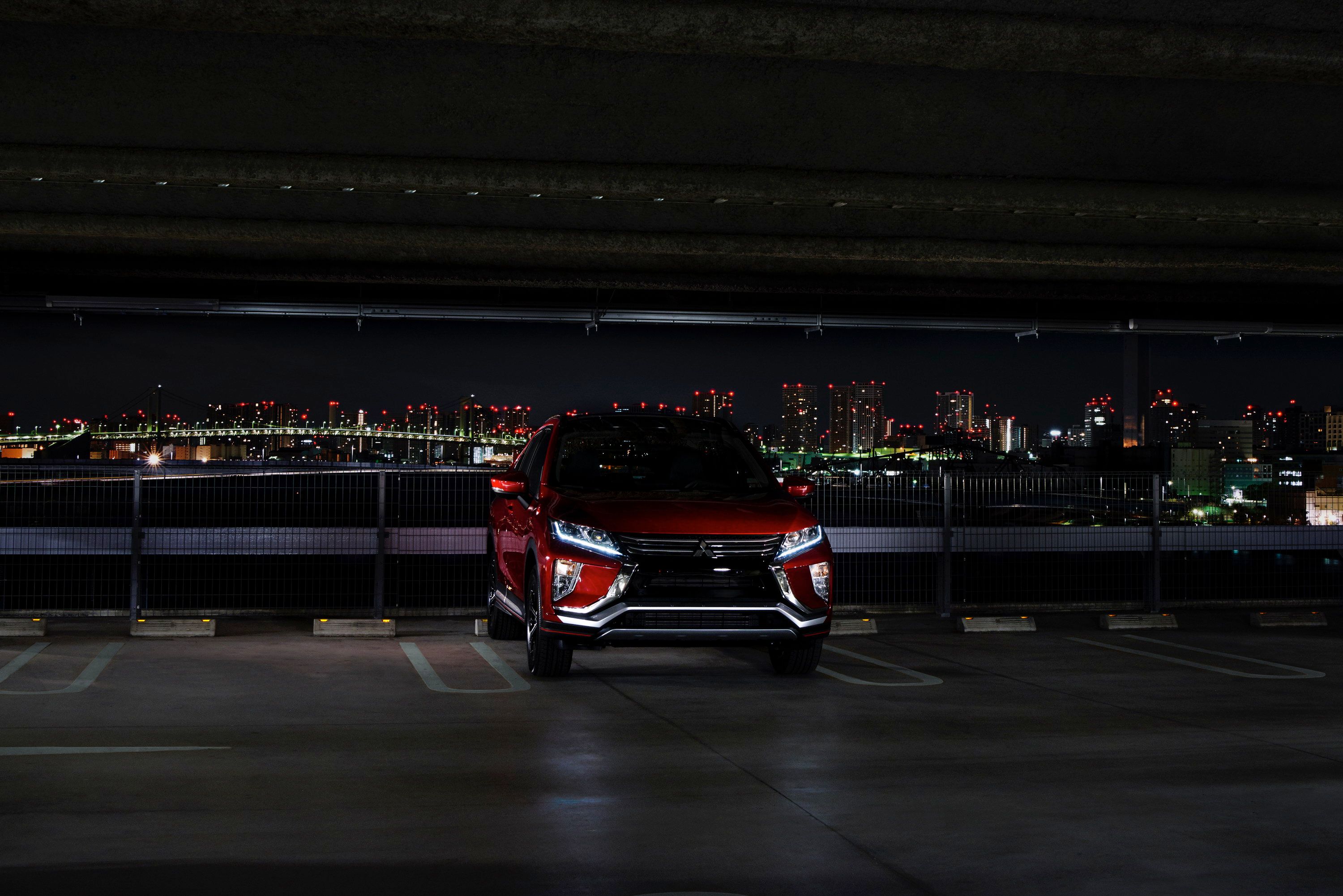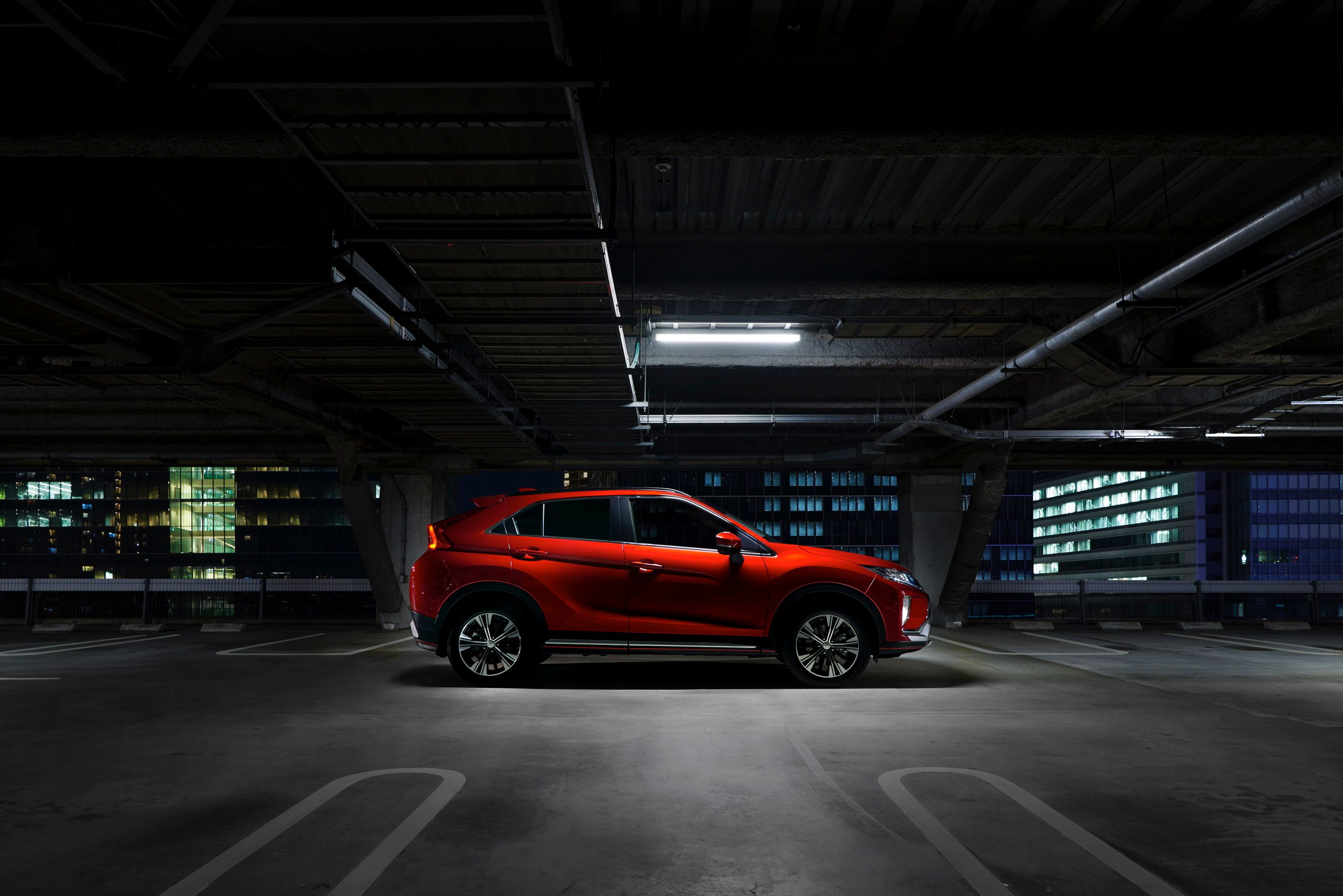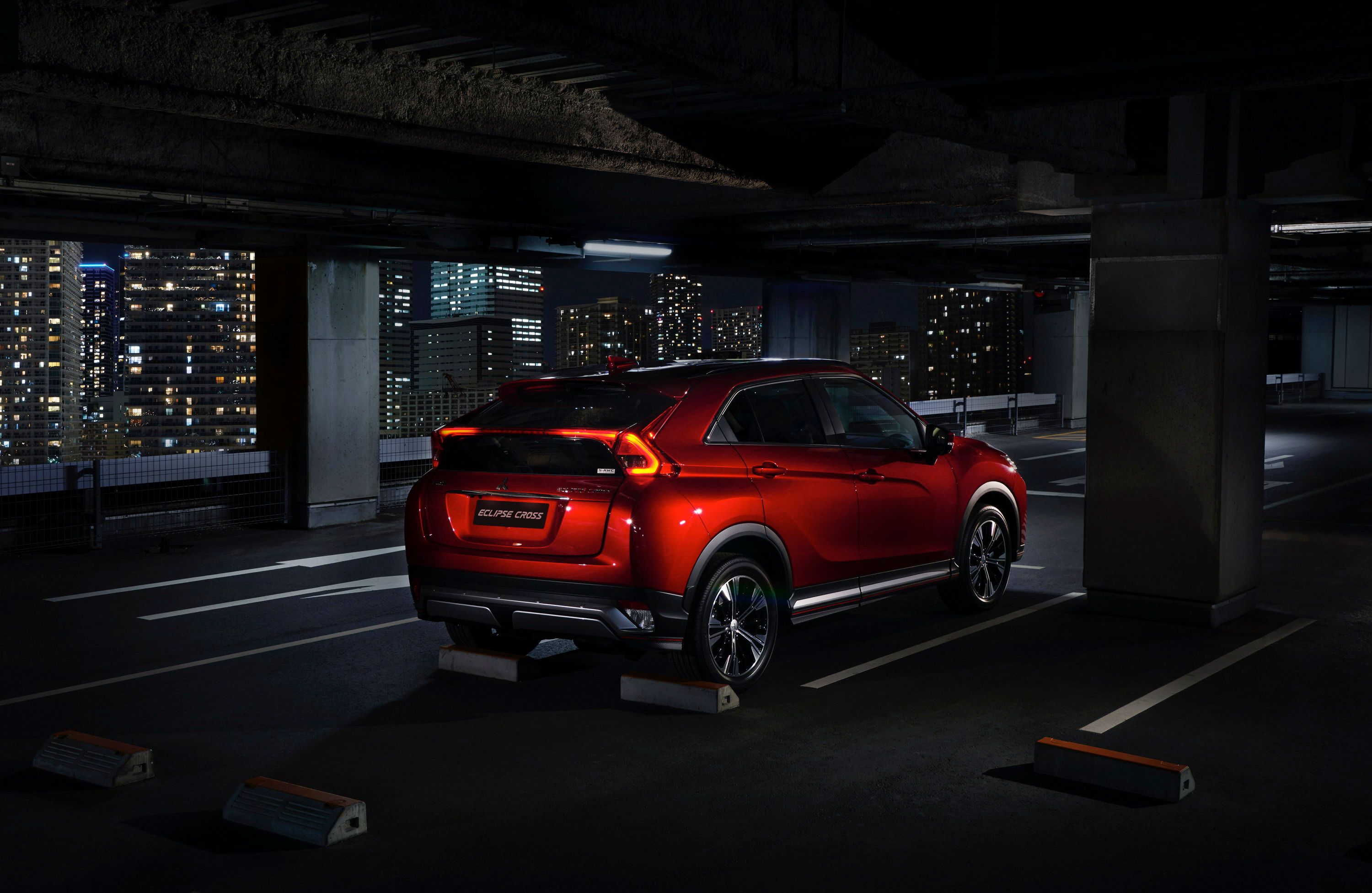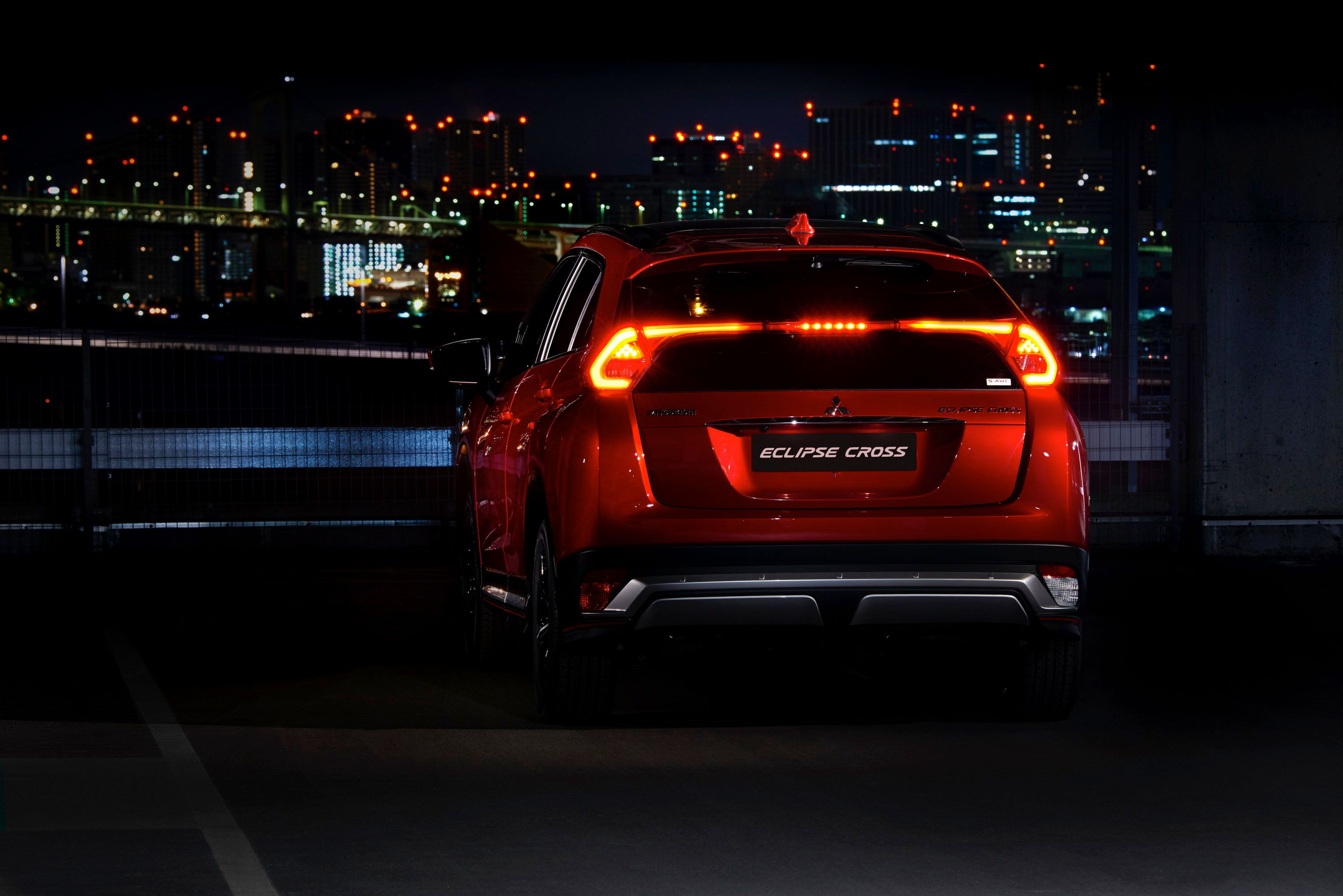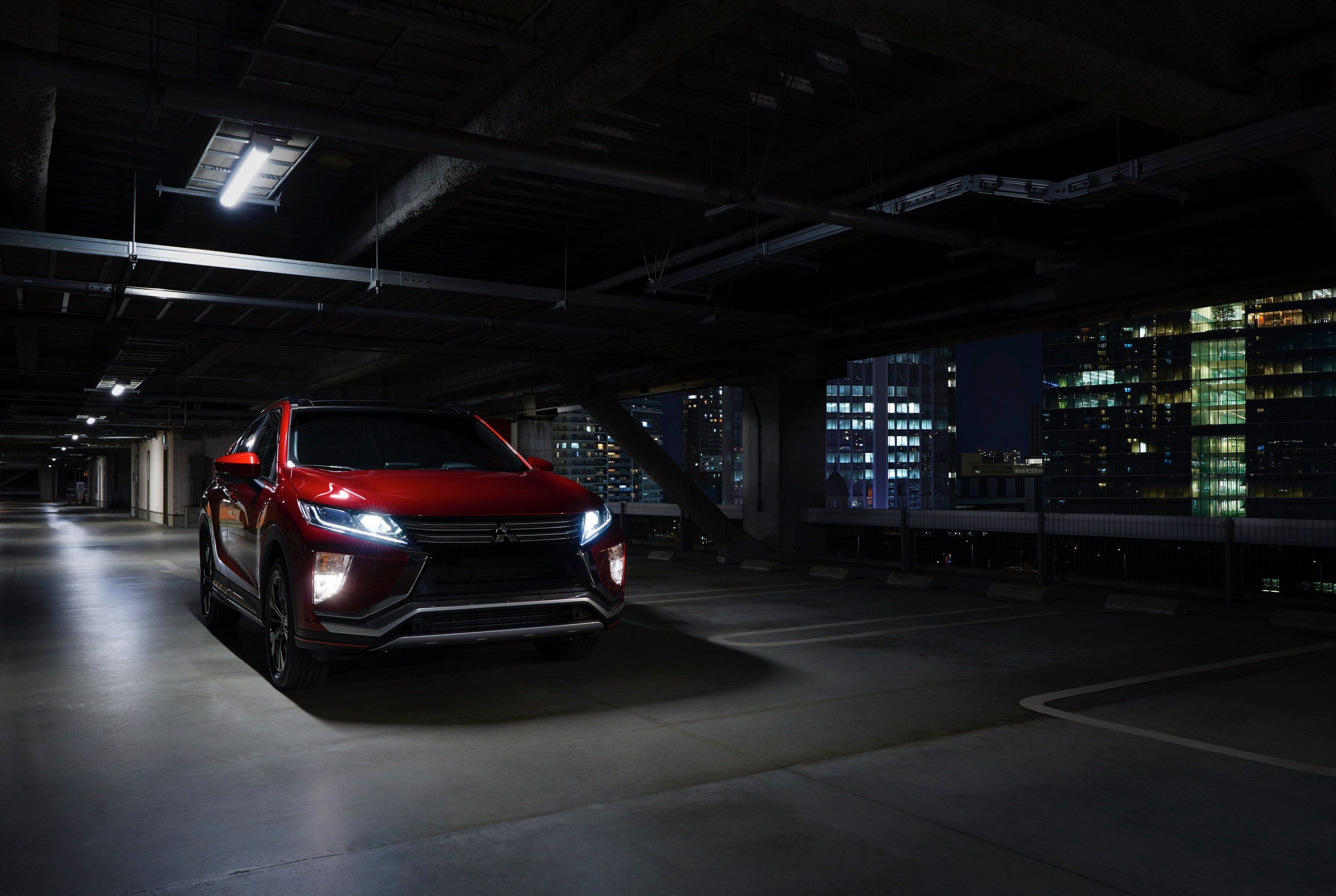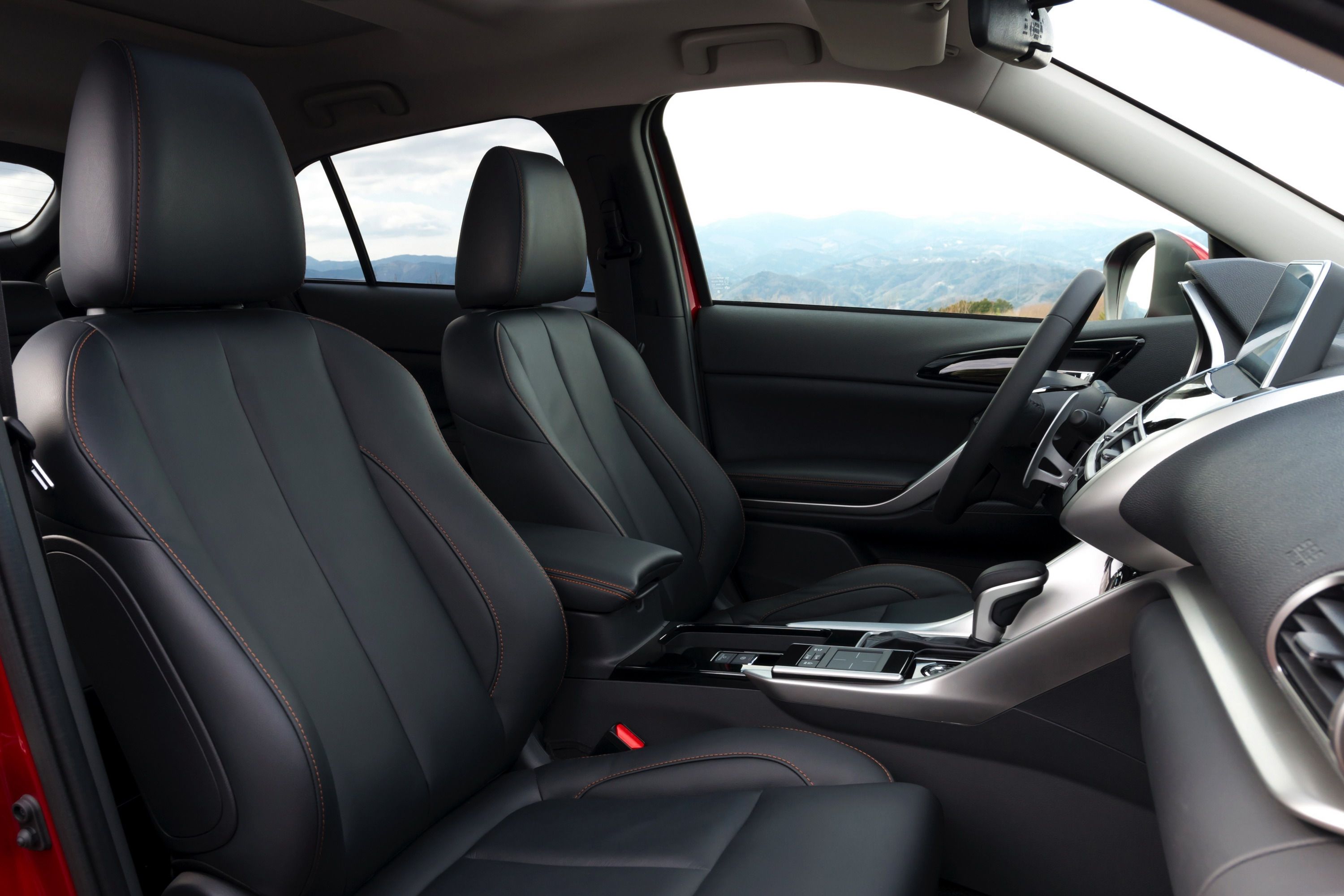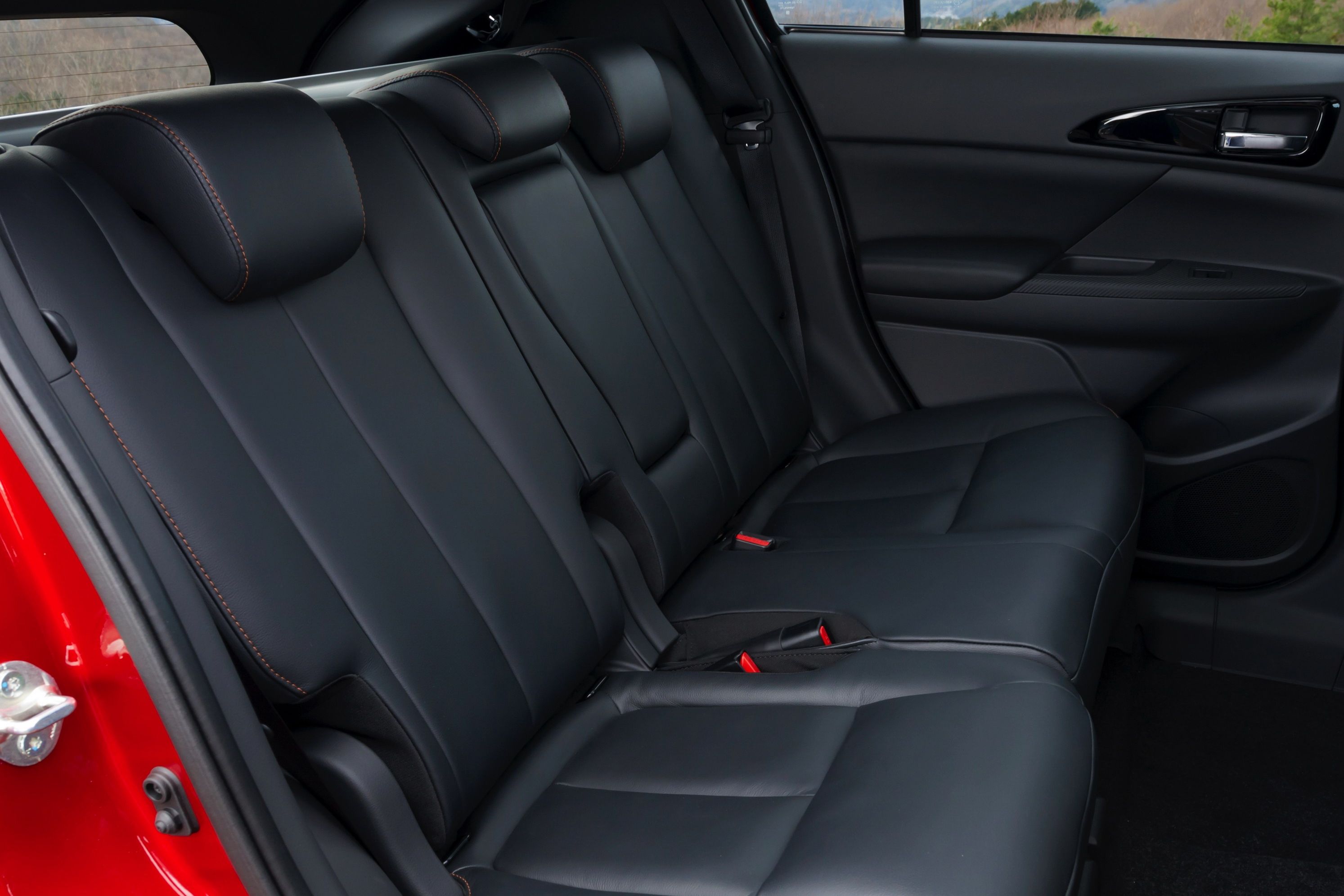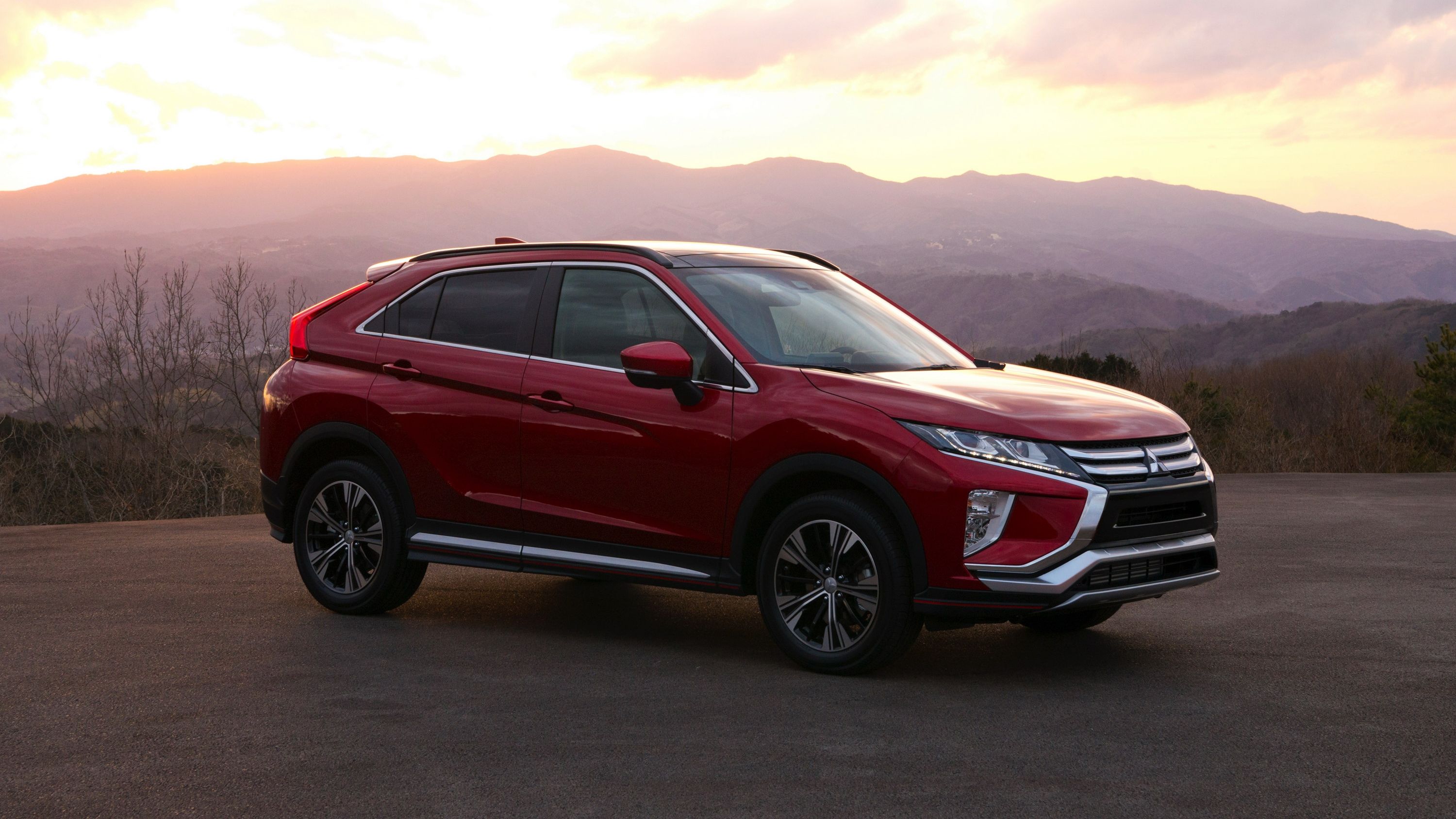Some could view the Mitsubishi brand as a problem child, being stuck in a kerfuffle as it tries to shift its lineup to meet the overwhelming demand for crossovers and SUVs. It was initially planning to hit the 100,000 sales mark here in the U.S. for 2016, but the financial year – which ends in March of 2017 – will be the first time in eight years that the brand has posted a loss. That suspected loss, which could amount to as much as ¥205 billion (about $2 million) can be attributed to the brand getting caught in its own scandal. But, that’s not the only reason.
Over the years, it has let down fans that prefer sporty cars over SUVs, with the Eclipse being killed off after 2012 and the Lancer soldiering on virtually unchanged and underpowered for a decade, just to be killed off before the start of 2018. With its focus consistently on SUV’s, it should come as no surprise that the brand has just announced a new compact SUV that will slot between the Outlander and Outlander Sport. Called the Eclipse Cross, the new SUV is actually a step forward for Mitsubishi and brings about a decent amount of technology, a new drivetrain option, and unique styling inside and out.
The Eclipse Cross is to make its debut at the 2017 Geneva Motor Show, and while the name isn’t original – and maybe seen as stupid by those who remember the Eclipse coupe – the SUV itself is fresh and, at a glance, looks to be more advanced than anything else that Mitsubishi has on offer at the moment. But, before we get too far ahead of ourselves, let’s dive on in a take a good look at Mitsubishi’s latest SUV.
Updated 02/28/2017: Mitsubishi dropped the official details on the new Eclipse Cross with just a week before its official debut in Geneva.
2018 Mitsubishi Eclipse Cross
- Make: Array
- Model: 2018 Mitsubishi Eclipse Cross
- [do not use] Vehicle Model: Array
Exterior
Look at the front end of the Mitsubishi Cross, and you’ll immediately see some Outlander DNA. In fact, the front end looks almost like what we would expect the outlander to look like after a mild refresh. It has the same chrome inserts on either side of the radiator grille that come inward from the headlight just to juke back out to the outer corners of the fascia.
The headlights get taller in the center where they meet up with the upper radiator grille that has two chrome slats. A large opening follows just below on the nose before a splitter-like insert resides between that central opening and the lower air dam. To each side sits a massive fog light that is much larger than those found on the Outlander or Outlander Sport. The hood itself is short and boring but does feature one muscular character line that somehow manages to link the fenders, hood, and inner headlight lines altogether.
Move over to the side profile, and things get a little more interesting. The various body lines and the odd shape of the door windows give the body itself a raked looked. The front fender has a mild body line that accents the wheel arch while a deep gouge of a body line runs from the rear quarter to the midpoint of the front door, angled downward just a bit. Another body line down below accents the rear wheel arch and extends across the bottom of the doors. The side glass is outlined in chrome trim but still looks pretty awkward with such a strange difference in height between the front and rear glass. Down below a chrome trim insert makes up what would otherwise be side skirts.
Move around to the rear, and there is all kinds of weirdness going on. The rear glass is curved, or “raked forward” as Mitsubishi put it. A curved overhang sits atop while a weird light strip connects to the two 3D and triangular taillights. Why Mitsubishi decided to run a light strip across the rear glass remains a mystery, but it somehow works to an extent. The rear hatch appears to be recessed thanks to the sharp but curved design of the rear quarters. Down below, that black trim that surrounds the lower edge of the vehicle grows a bit and becomes the rear fascia. There’s a big silver insert in the middle that’s flanked by a light and reflector on each side.
Mitsubishi claims that the Eclipse Cross has “sharp coupe looks and a muscular SUV stance.” I’m not sure I see the coupe looks really, but the SUV stance is there despite how small the SUV really is. The side and rear design is pretty bold for a brand that’s been delivering boring and lackluster vehicles for the better part of the last decade, but the front end is pretty familiar in the grand scheme of things.
The Competition
As far as small SUVs go, you have a number of options, but two of the more prominent options are the Kia Sportage (above) and Hyundai Tucson (below.) The Sportage features Kia’s traditional grille design up front to go with large LED fog lights in the corners and sleek, protruding headlights up top. A thin opening runs across the nose and separates the radiator grille from the air dam down below. The front end has a curved nature to it that works well with such a small how.
Move over to the sides, and there isn’t a whole lot going on. A large body line on the lower doors creates a concave look that adds depth and style, while the much more mild body line runs just below the beltline. Unlike the Eclipse Cross, the Sportage has a more geometrically sound side glass design that isn’t quite as awkward. But, the side view mirrors do extend out from the body a little more than they probably should. Out back, things are more normalized with three different body lines that are all sharp and help to define the shape of the rear end. The rear glass is positioned high and has a dominating overhang. A small silver insert resides in the center of the fascia and is flanked by the chrome exhaust outlets.
Then you have the Hyundai Tucson, which has more of a Mazda-type look to it with a large grille up front that has three chrome slats. The headlights wrap around the front corners of the fenders and are accented by a deep, concave body line that separates the headlights from the fog light assemblies below. Two sharp body lines make up the side profile, one below the belt line and a slight angle and one at the bottom of the doors. The rear quarter glass is upswept a bit, and because Hyundai kept the top edge of the side glass the same height, the smaller glass in the rear door does give the Tucson a raked look.
Around back, the taillight units are separated by the seam of the rear hatch and protrude from the body in the 3D fashion. The contour of the wheel arches wraps around the rear and opens up into the perfect recess for the rear reflector in each corner. An insert that resembles a skid plate is attached to the bottom of the rear fascia and rounds off the exterior package.
After seeing the exterior design of the Eclipse Cross, Sportage, and Tucson all together, I have to say that the Eclipse Cross isn’t exactly the best looking compact SUV out there. But, it’s not all about exterior looks, so let’s move on to the interior and see what’s going on there.
Exterior Dimensions
|
Kia Sportage |
Hyundai Tucson |
Mitsubishi Eclipse Cross |
|
|
Wheelbase (Inches) |
105.1 |
105.1 |
105.11 |
|
Length (Inches) |
176.4 |
176.2 |
173.42 |
|
Width (Inches) |
73.0 |
72.8 |
71.06 |
|
Height (Inches) |
64.4 |
64.8 |
66.33 |
|
Track front/rear (Inches) |
63.5/64.0 |
63.3/63.8 |
60.82/60.82 |
|
Approach/Departure angles (Degrees) |
16.7/23.9 |
17.2/23.9 |
TBA |
Interior
While the interior of the Mitsubishi Cross is a huge departure from anything else in Mitsubishi’s lineup, and even has a German-like infotainment display, but it still appears to have some cheap and lackluster materials. Of course, those cheaper, plastic materials are generally limited to the dash and trim panels, as the seats are wrapped in a decent leather and held together by contrasting stitching.
The lines of the dash work well, and it’s noteworthy the way Mitsubishi has managed to link that upper line on the dash to the door panels to create a wraparound look that gives the impression of space. The center stack protrudes from the dash a bit, but for once, Mitsubishi didn’t go with an in-dash display screen and instead opted for a tablet-like display that is more German than American. It features a trio of touch buttons on each side, and the color of the display matches the backlighting of the instrument cluster and the screen on the HVAC controls.
Of particular note, is the way the gloss black and silver trim pieces really tie the interior together. The center stack is flanked by a pointed piece of silver trim that matches that of the sides of the center console. Those silver pillars from the center console shoot into the crevasse of the dash and almost looks to be supporting the upper tier of the dash.
The seats themselves aren’t supportive in a sports car kind of way, but the seat backs do have some pretty decent side support. A basic stitching pattern just works here and is matched by the leather that’s wrapped around the lid of the center console’s storage area. As far as the rear seat goes, there’s a 60/40-split that allows the seats to fold forward for extra cargo storage. The center seat back has a fold down console that serves as an armrest for passengers sitting in the outer seats and also offers a pair of cup holders for rear passengers.
Remember how I was saying it was awkward that Mitsubishi put that weird light strip across the glass of the rear hatch? Well, from the inside, it’s even more awkward and could even be a little obtrusive to a driver trying to look through the rear window – then again, who does that now that every car out there has a rear-view camera? The weird rake to the rear hatch, however, does come into play, and there’s a good reason for it. When you look in the rear, you can appreciate that weird rake as it allows there to be some cargo room in the rear without having to fold down one or both of the rear seat backs. And, while the rear seats being positioned so far back does take away from cargo space, it does provide ample leg room for rear passengers, which is definitely a plus.
On the technology front, the Eclipse Cross comes with a Smartphone Link Display Audio system, a touchpad controller, and a heads up display. The audio system supports phone connectivity via Apple CarPlay and offers support for Siri, which means easy texting, navigation, and system control via voice when properly set up. The touchpad controller on the center console is used solely as a control device for the audio system, a feature that makes things much easier and prevents the driver from having to reach forward to access the system.
If course, the heads up display provides basic information at eye level for the driver, however, I have to knock Mitsubishi a bit. That display screen sticking up from the dash is a little out of place. That system could have been just as easily integrated to display directly on the windshield instead of a small glass panel protruding from the top of the dash.
Competing Interiors
The cabin of the Sportage (shown above) lives up to the vehicles name in the effect that it’s sport and inviting. Opening the front door exposes you to a flat-bottom steering wheel and some pretty upscale materials for a vehicle in this segment. Sure, you still have plenty of plastic trim throughout, but the seats, steering wheel, and parts of the center console are wrapped in leather. The interior can be had in all black, a light gray two-tone, or black and canyon beige two-tone.
If you option for the sunroof option, you’ll get 19.3 inches of glass roof goodness. Infotainment system options include a seven- or eight-inch system that is mounted directly into the center stack. Kia Connected Services are available and includes satellite navigation with traffic updates, the location of speed cameras, weather forecasts, and live alerts made available by TomTom. DAB radio is available for Euro customers.
The standard audio system is a 160-Watt, six-speaker system, but an eight-speaker JBL system with an external amp is available as an option for those into high-quality audio. Market-specific features include a rear-view camera and an automatic tailgate. As is the usual case, the rear seat backs can fold down for extra cargo room if needed.
And then you’ve got the Hyundai Tucson. It kind of falls in the middle between the Eclipse Cross and the Kia Sportage. It’s not quite as sporty as the Sportage inside, but has its fair share of sporty cues and isn’t exactly an unpleasing place to spend time. The dash has a wavy appearance to it, with a slight overhang above the instrument cluster and infotainment display.
Leather interior is an option on some trim levels, which can also be had in a two-tone appearance. For 2017, all models with cloth interior get YES Essential stain resistant fabric, so there’s that. Meanwhile, Limited models get smartphone connectivity via Android Auto and Apple CarPlay.
Models that are properly equipped benefit from built-in navigation while the range-topping model gets premium door trim panels with some leather upholstery. The rear seats fold down to offer more cargo space, increase the total amount of storage area to a total of 61.9 cubic-feet. Passenger volume sits at 102.2 cubic-feet.
Interior Dimensions
|
Kia Sportage |
Hyundai Tucson |
Mitsubishi Eclipse Cross |
|||
|
Kia Sportage |
Hyundai Tucson |
Mitsubishi Eclipse Cross |
39.3/39.1 |
39.6/39.2 |
TBA |
|
Head room, front/rear (Inches) |
41.5/38.2 |
41.5/38.2 |
TBA |
||
|
Leg room, front/rear (Inches) |
57.1/55.1 |
57.1/55.1 |
TBA |
||
|
Shoulder room, front/rear (Inches) |
54.3/51.2 |
55.6/54.5 |
TBA |
||
|
Hip room, front/rear (Inches) |
30.7 |
31.0 |
TBA |
||
|
Cargo volume, Behind 2nd row (cu ft) |
60.1 |
61.9 |
TBA |
||
|
Cargo volume, Behind 1st row (cu ft ) |
129.3 |
133.2 |
TBA |
||
|
Cargo volume, total interior volume (cu ft) |
100.0 |
102.2 |
TBA |
Drivetrain
Mitsubishi hasn’t disclosed power output or performance, but it is offering the Eclipse Cross with an all-new 1.5-liter, direct-injected and turbocharged, four-cylinder that mates to an all-new CVT that offers eight gears of manual shifting for those who really prefer to be in control.
Outside of this new drivetrain setup, Mitsubishi will also be offering its 2.2-liter, common-rail, diesel, albeit modified specifically for the Eclipse Cross. Mitsubishi didn’t go into details about how it was modified, but it does mate with a new eight-speed automatic, so fuel economy should be decent. At this time we don’t know if all models will get all-wheel drive, but according to Mitsubishi, it will be available with its electronically-controlled 4WD system that is naturally front biased and sends torque to the rear wheels as needed. It will be paired with the brand's Super All-Wheel Control system to help keep things under control should you decide to get feisty.
For now, that’s all we know about the motivating force behind the Eclipse Cross, but it’s set to debut at Geneva in March of 2017, so we’ll surely know more about it when Mitsubishi decides to finish spilling the beans.
|
Kia Sportage LX |
Kia Sportage SX Turbo |
Hyundai Tucson SE |
Hyundai Tucson Sport |
Mitsubishi Eclipse Cross |
Mitsubishi Eclipse Cross Diesel |
|
|
Engine |
2.4-liter Gasoline Direct Injection |
2.0-liter Turbocharged Gasoline Direct Injection |
2.0-liter Inline 4-cylinder |
1.6-liter Inline 4-cylinder |
1.5-liter direct-injection turbo |
2.2-liter diesel turbo |
|
Horsepower |
181 HP @ 6,000 RPM |
240 HP @ 6,000 RPM |
164 HP @ 6,200 RPM |
175 HP @ 5,500 RPM |
TBA |
TBA |
|
Torque |
175 LB-FT @ 4,000 RPM |
260 LB-FT @ 1,450-3,500 RPM |
151 LB-FT @ 4,000 RPM |
195 LB-FT @ 1,500-4,500 RPM |
TBA |
TBA |
|
Transmission |
6-speed automatic |
6-speed automatic |
6-speed automatic |
6-speed automatic |
CVT |
8-speed automatic |
|
Fuel economy city/highway/combined |
23/30/26 |
21/26/23 |
23/30/26 |
26/32/28 |
TBA |
TBA |
|
Curb weight (Lbs) |
3,305-3,448 |
3,666-3,765 |
3,300 |
3,369-3,532 |
TBA |
TBA |
|
Towing Capacity (Lbs) |
2,000 |
2,000 |
1,500 |
1,500 |
TBA |
TBA |
Competing Performance
Kia Sportage engine
Here in the U.S., the Kia Sportage is available in just three trims with the option of two different engines. LX and EX models get a 2.4-liter four-banger that’s naturally aspirated and delivers 181 horsepower and 175 pound-feet of gasoline direct injection goodness. Or, you can go for the SX Turbo, which uses a direct injected, 2.0-liter, turbocharged mill that pumps out 240 horsepower and 260 pound-feet of torque in FWD form, but in AWD form, that horsepower figure drops to 237 ponies.
All models come standard with an electronically controlled, six-speed automatic trans and front-wheel drive as standard equipment. All can be optioned with Dynamax all-wheel-drive and a locking center differential. For 2017, the Sportage saw an increase in fuel capacity to 16.4 gallons. In FWD form, the lower-level Sportage models can achieve as much as 23 mpg in the city, 30 mpg on the highway, and 26 mpg combined, while all-wheel drive models can achieve as much as 21,25,and 22 mpg, respectively.
The SX Turbo takes a small hit, garnering 21 mpg in the city, 26 mpg on the highway, and 23 mpg combined with two-wheel drive or 20,23, and 21, respectively in AWD form. All models can pull as much as 2,000 pounds when properly equipped, so some minor towing isn’t exactly out of the question. European customers get many more options as shown in the chart below:
|
Type |
Four cylinder in-line, turbocharged |
Four cylinder in-line, naturally aspirated |
DOHC, four-cylinder in-line, turbocharged |
Four cylinder in-line, turbocharged |
Four cylinder in-line, turbocharged |
|
Capacity |
1.6-litres, 1,591 cc |
1.6-litres, 1,591 cc |
1.7-litres, 1,685 cc |
2.0-litres, 1,995 cc |
2.0-litres, 1,995 cc |
|
Bore and stroke |
77.0 x 85.4 mm |
77.0 x 85.4 mm |
77.2 x 90.0 mm |
84.0 x 90.0 mm |
84.0 x 90.0 mm |
|
Compression ratio |
10.0:1 |
11.0:1 |
15.7:1 |
16.0:1 |
16.0:1 |
|
Max power |
174 HP @ 5,500 RPM |
130 HP @ 6,300 RPM |
113 HP @ 4,000 RPM |
134 HP @ 4,000 RPM |
182 HP @ 4,000 RPM |
|
Max torque |
195 LB-FT @ 1,500-4,500 RPM |
119 LB-FT @ 4,850 RPM |
207 LB-FT @ 1,250-2,750 RPM |
275 LB-FT @ 1,500-2,500 RPM |
295 LB-FT @ 1,750-2,750 RPM |
|
Valves |
16 (four per cylinder) |
16 (four per cylinder) |
16 (four per cylinder) |
16 (four per cylinder) |
16 (four per cylinder) |
|
Fuel system |
Direct injection |
Direct injection |
Common-rail direct injection |
Common-rail direct injection |
Common-rail direct injection |
So we don’t know how many trims that Eclipse Cross will be offered in, and the Sportage only comes in three here Stateside. The Tucson, on the other hand, comes in six different trim levels, all of which are offered with front-wheel drive as standard or all-wheel drive at a $1,400 premium across the line.
Just two engine options are available – a 1.6-liter, turbo-four with 175 horsepower and 195 pound-feet (Eco, Sport, Night, and Limited trims) or a 2.0-liter with 164 horsepower and 151 pound-feet (SE and SE Plus trims). Both engines use a direct injection system. The 2.0-liter mates to a six-seed automatic with SHIFTTRONIC while the 1.6-liter gets a seven-speed EcoShift Dual-Clutch unit.
Fuel economy depends on the model in question, but ranges anywhere between 21 mpg in the city, 26 mpg on the highway, and 23 mpg combined in the SE model with all-wheel drive, all the way up to 26 mpg in the city, 32 mpg on the highway, and 28 mpg combined for the Eco model in a front-wheel-drive configuration. As is the case with the Sportage, European customers looking at the Tucson will have a number of different engine choices that include:
|
Type |
1.7 CRDi Diesel Blue Drive |
1.7 CRDi Diesel Blue Drive DCT |
2.0 CRDi Diesel Blue Drive |
2.0 CRDi Diesel |
2.0 CRDi Diesel |
2.0 CRDi Diesel |
2.0 CRDi Diesel |
1.6 GDi Petrol Blue Drive |
|
Type |
4 cylinder DOHC |
4 cylinder DOHC |
4 cylinder DOHC |
4 cylinder DOHC |
4 cylinder DOHC |
4 cylinder DOHC |
4 cylinder DOHC |
4 cylinder DOHC |
|
Engine Valves |
16 valve |
16 valve |
16 valve |
16 valve |
16 valve |
16 valve |
16 valve |
16 valve |
|
Displacement (cc) |
1,685 |
1,685 |
1,995 |
1,995 |
1,995 |
1,995 |
1,995 |
1,591 |
|
Max power |
113 HP @ 4,000 RPM |
139 HP @ 4,000 RPM |
134 HP @ 2,750-4,000 RPM |
134 HP @ 2,750-4,000 RPM |
134 @ 2,750-4,000 RPM |
134 HP @ 4,000 RPM |
134 HP @ 4,000 RPM |
130 HP @ 6,300 RPM |
|
Torque |
207 LB-FT @ 1,250-2,500 RPM |
251 LB-FT @ 1,750-2,500 RPM |
275 LB-FT @ 1,800-2,500 RPM |
275 LB-FT @ 1,800-2,500 RPM |
275 LB-FT @ 1,800-2,500 RPM |
295 LB-FT @ 1,750-2,750 RPM |
295 LB-FT @ 1,750-2,750 RPM |
119 LB-FT @ 4,850 RPM |
|
0-62mph (seconds) |
13.7 |
11.5 |
10.6 |
10.9 |
12 |
9.9 |
9.5 |
11.5 |
|
Top speed (mph) |
109 |
115 |
116 |
114 |
114 |
125 |
125 |
113 |
Pricing
Pricing is a bit of a mystery at this point, but we do know that the Eclipse Cross is set to go on sale in the U.K. during the first quarter of 2018. Pricing information probably won’t be available until the last quarter of 2017, but it shouldn’t be far off from models like the Tucson and Sportage.
Expect pricing to bottom out somewhere around $22,500 and increase to as much as $32,000, depending on how many trim levels and the level of equipment available on the range-topping model. Obviously, we’ll update pricing when it becomes available so be sure to check back in early 2018 for official pricing details.
|
Kia Sportage LX |
$23,200 |
|
Kia Sportage EX |
$25,700 |
|
Kia Sportage LX |
$24,700 |
|
Kia Sportage EX |
$27,200 |
|
Kia Sportage SX Turbo |
$32,700 |
|
Kia Sportage SX Turbo |
$34,200 |
|
Hyundai Tucson SE |
$22,700 |
|
Hyundai Tucson SE Plus |
$26,750 |
|
Hyundai Tucson Eco |
$24,150 |
|
Hyundai Tucson Sport |
$25,900 |
|
Hyundai Tucson Nigh |
$27,800 |
|
Hyundai Tucson Limited |
$29,775 |
Other Options
As I said before, the compact SUV segment isn’t exactly a ghost town, so there are plenty of options to consider – like the ones we’ll discuss below.
Nissan Rogue
The Rogue went through a pretty serious overhaul for the 2017 model year that brought about a more attractive exterior and a well-appointed interior with new safety features and updated technology. Compared to the last model, the Rogue features Nissan's current design language with a large grille and more elegantly placed lines. Inside, this baby gets a flat bottom steering wheel, perforated leather upholstery (in some models,) and the standard infotainment display is a seven-inch unit.
As such, it gets Nissan’s new 360-degree camera system along with safety features like moving object detection, radar-assistance blind spot warning, and rear-cross traffic alert on some trims. Seating for five is standard, but believe it or not; you can option for seven seats – something that isn’t so common in SUVs and crossovers this size. While the Rogue was updated inside and out for 2017, the drivetrain department wasn’t so lucky with the standard 2.5-liter four-banger carrying over. It pumps out 170 horsepower and 175 pound-feet of torque through a CVT transmission with three driving modes: Eco, Normal, and Sport.
Fuel economy is said to be 26 mpg in the city, 33 mpg on the highway, and 29 mpg combined. AWD drops those ratings by 1 mpg across the board, but it’s not that bad of a tradeoff compared to some models. Pricing starts out at $23,820 for the entry-level Rogue S and climbs to as much as $29,960 for the Range-topping SL. There’s also an SV hybrid and SL hybrid that come at the cost of $26,240 and $31,160, respectively.
Read more about the Nissan Rogue here.
Mazda CX-5
A baby in Mazda’s lineup, the CX-5 has only been around since 2013. However, it didn’t do so well, which triggered Mazda to introduce a second-gen model for 2017 with new looks, a wider stance, and the addition of a diesel-drinking powertrain for U.S. customers.
On the outside, Mazda’s Soul of Motion styling language is a dominating force while the interior is actually quite similar to that of the Eclipse Cross – including a tablet-like screen sitting atop the center stack in a very German way. Leather upholstery is available on some models, but you might find other options like the Sportage or Rogue a little more sporty on the inside. As of the time of this writing, Mazda is still selling the 2016.5 model that is offered with a 2.0-liter that delivers 155 horsepower and 150 pound-feet or a 2.5-liter with 184 horsepower and 185 pound-feet.
The 2017 model should get that 2.2-liter diesel here in the U.S., but figures have yet to be released, so there’s no telling what kind of performance or fuel economy it offers. The current model with a 2.0-liter will net you as much as 26 mpg in the city, 35 mpg on the highway, and 29 mpg combined. Pricing starts out for the 2016.5 model at $23,565 in Sport trim and climbs to as much as $28,570 in range-topping Grand Touring trim.
Find out more about the Mazda CX-5 here.
Conclusion
While I’m still not all that pleased with the Mitsubishi brand lately – I still can’t get past the fact that they dropped the EVO program and the Lancer, let alone using the Eclipse name for an SUV – I can appreciate what the brand has done with the Eclipse Cross.
I’m not a fan of most of the exterior design, as it seems like the brand is trying too hard, but that interior is much better looking than anything else in the brand’s current lineup. Whether or not it will be a hit for the brand is another story given the uniqueness of the model remains to be seen, but if Mitsubishi can soldier on and deliver more products that are as upscale and functional, the brand just might find itself raising in the ranks again.
Who knows, maybe someday the EVO program will come back to a car that’s worthy of wearing the badge.


